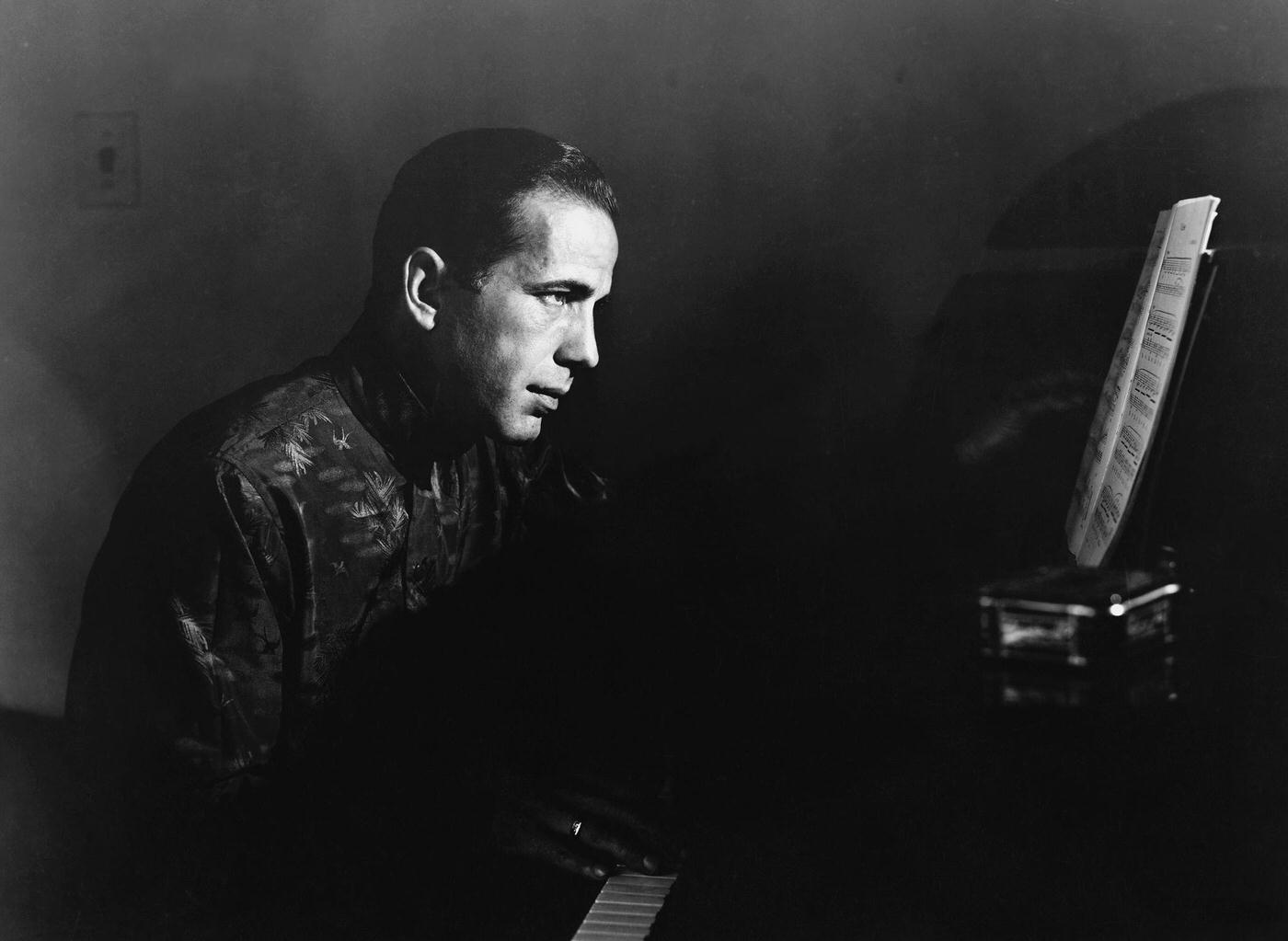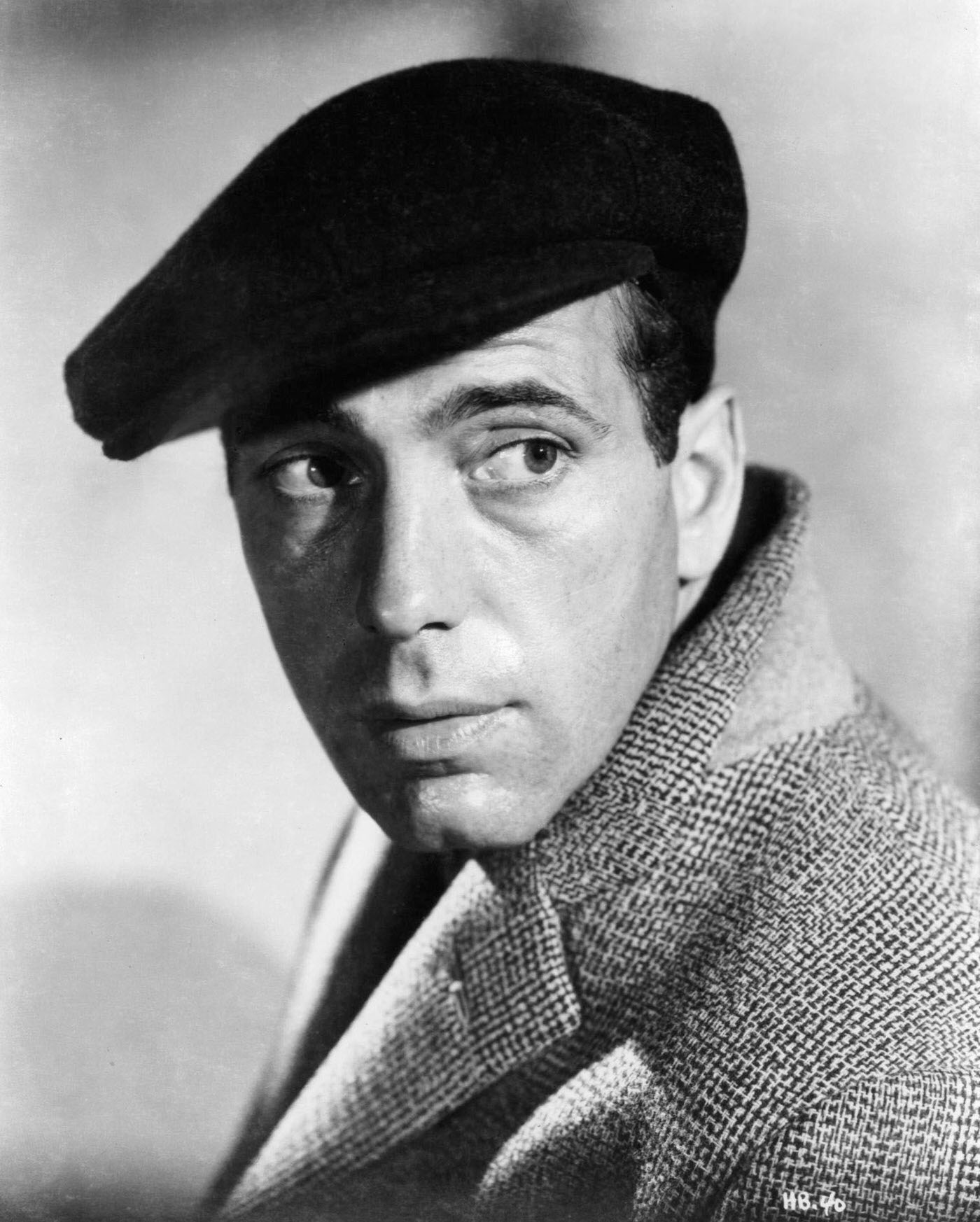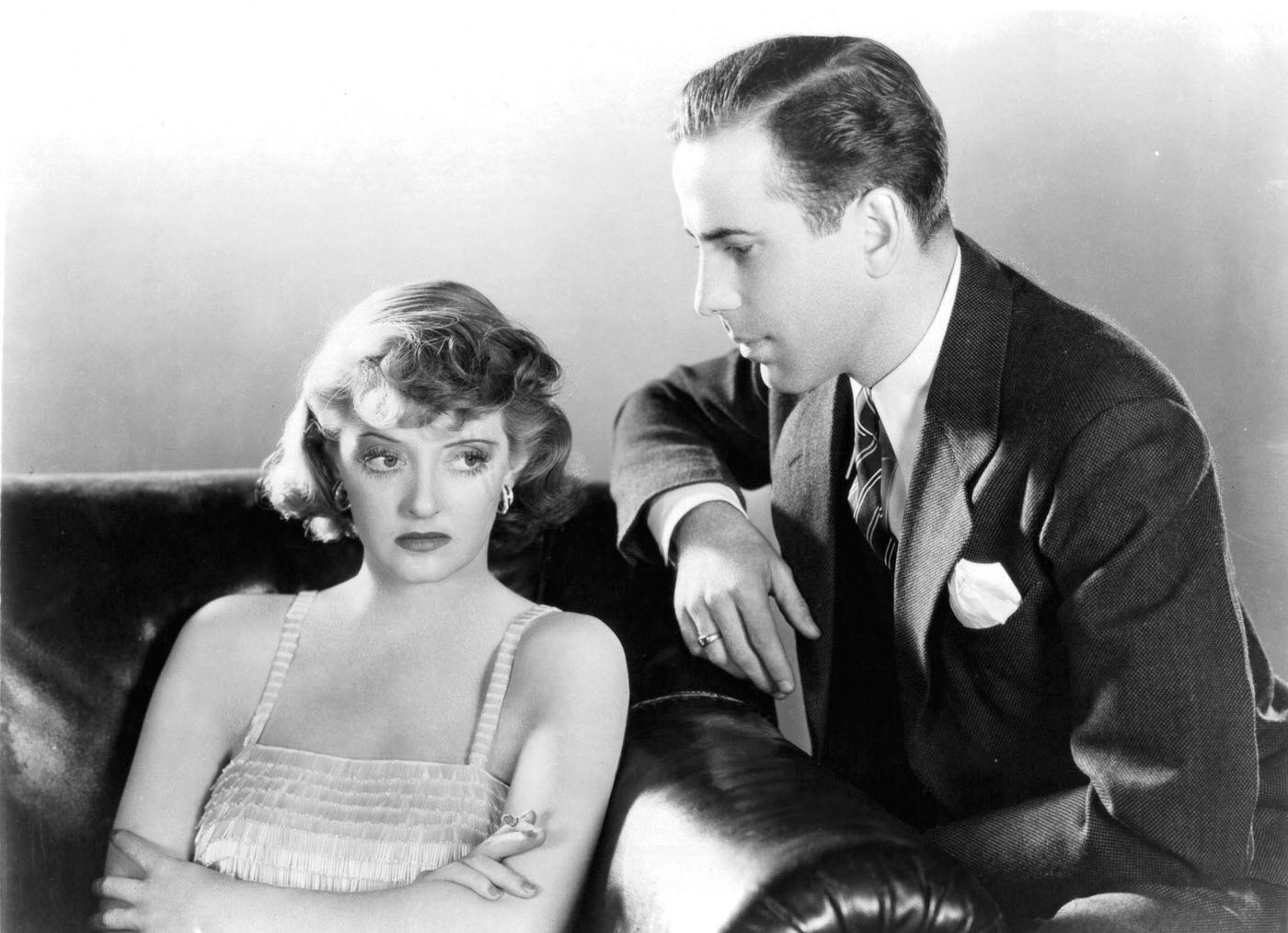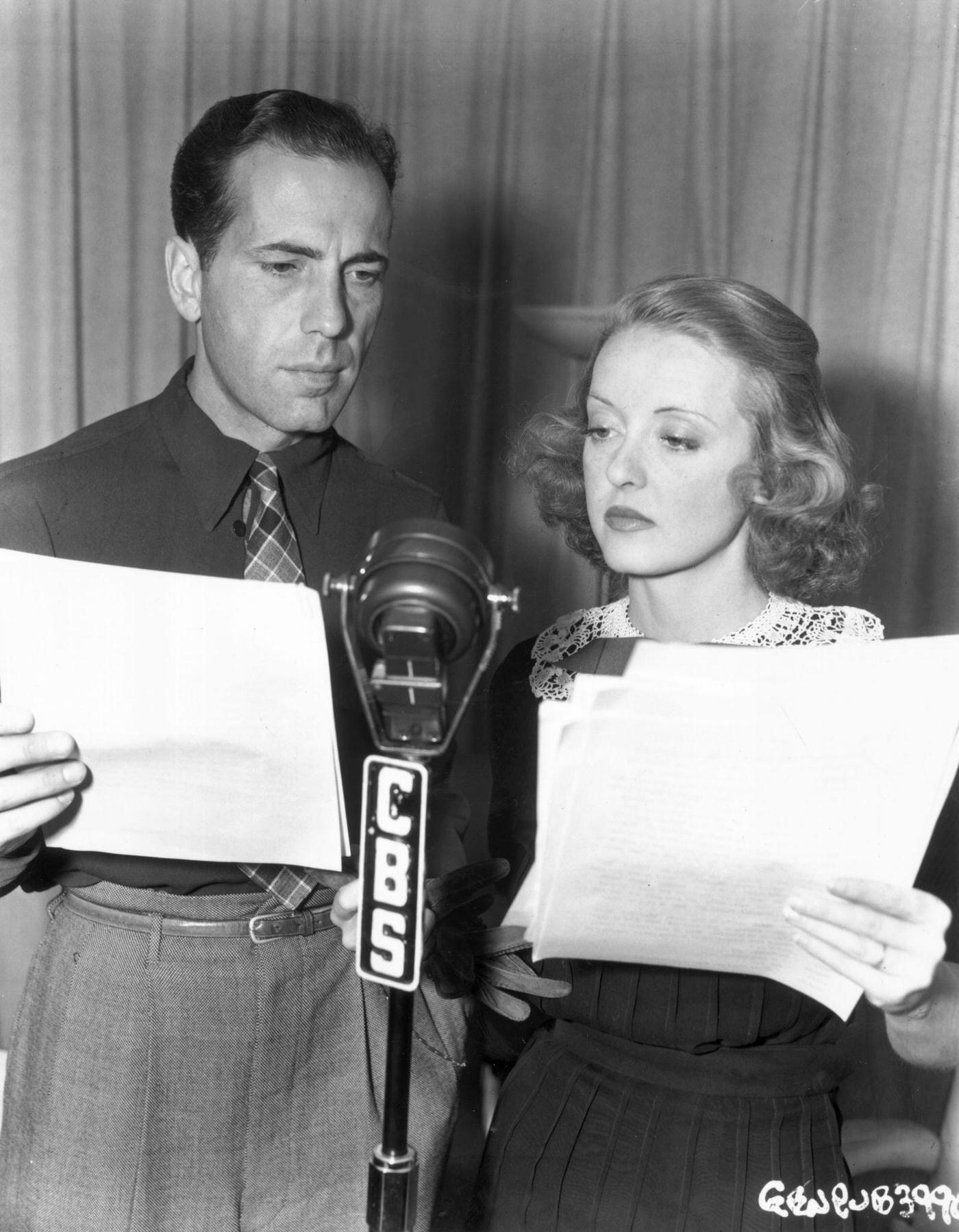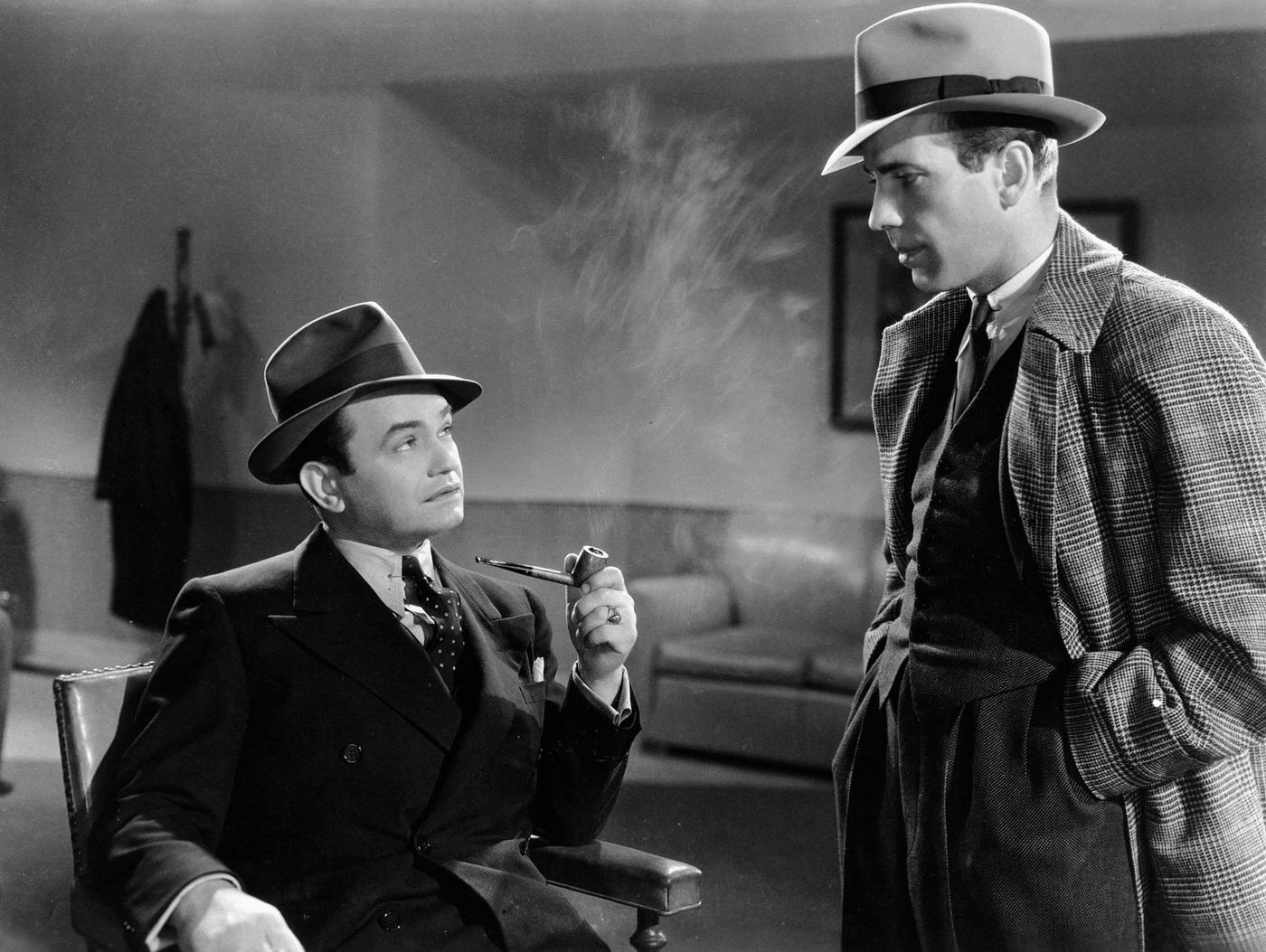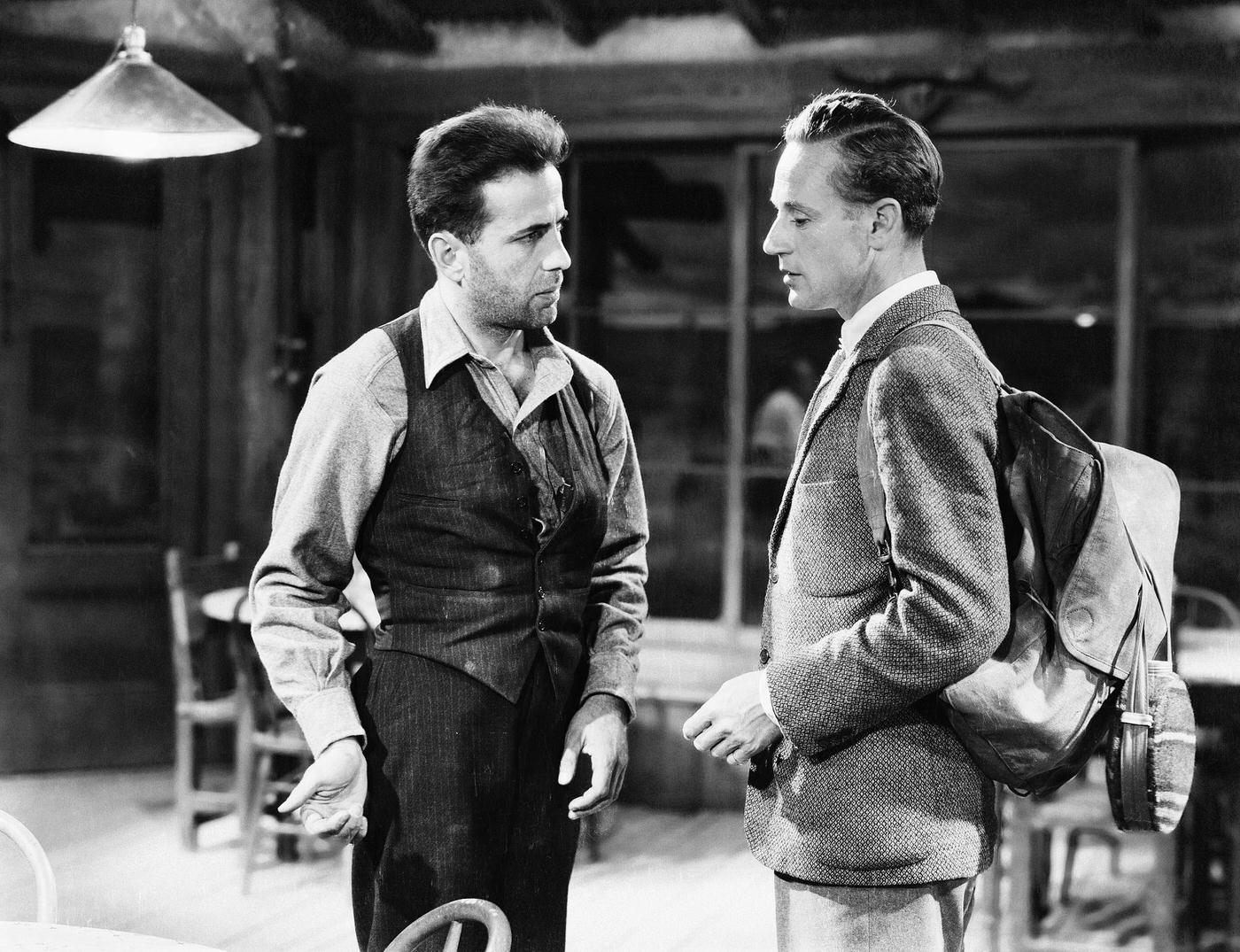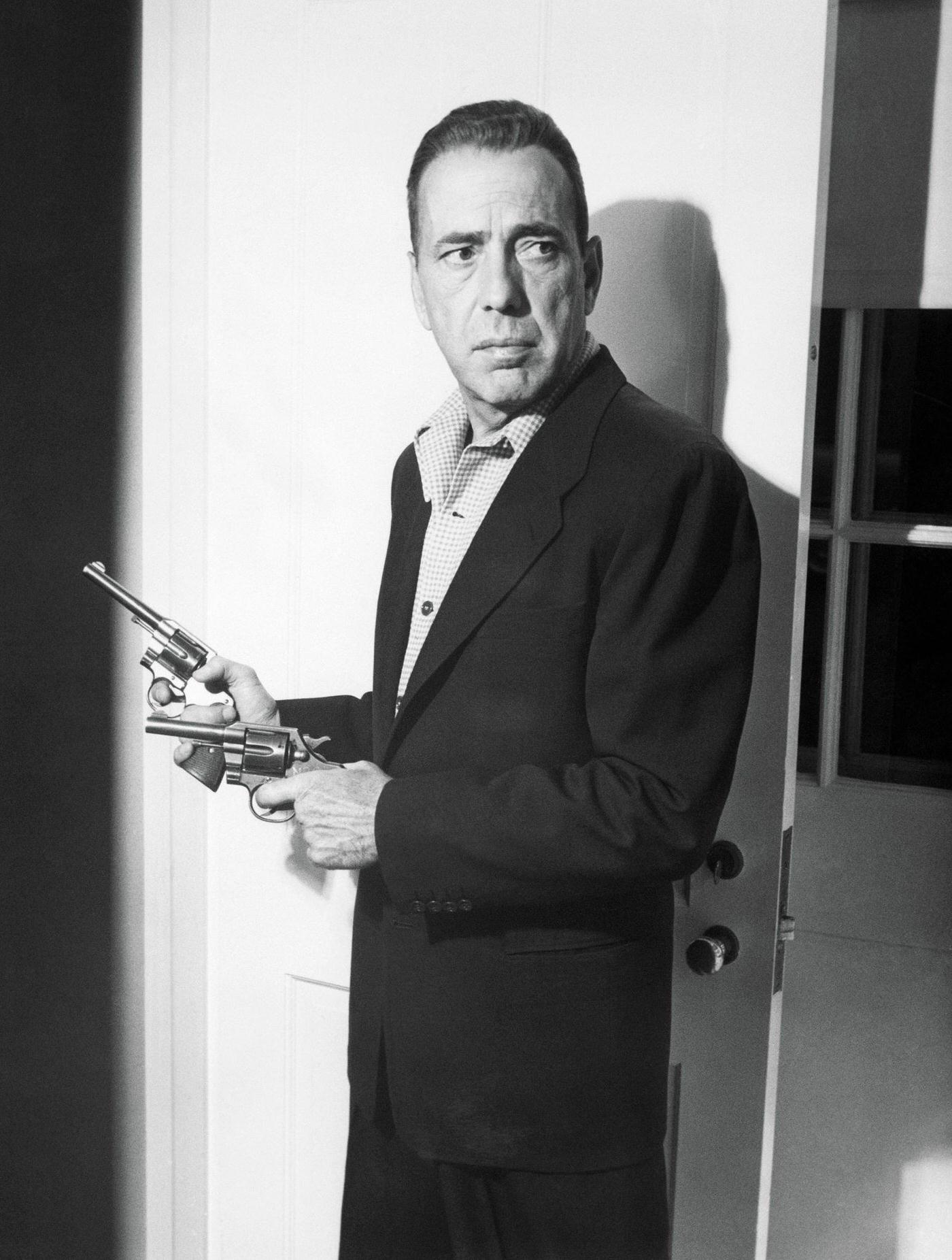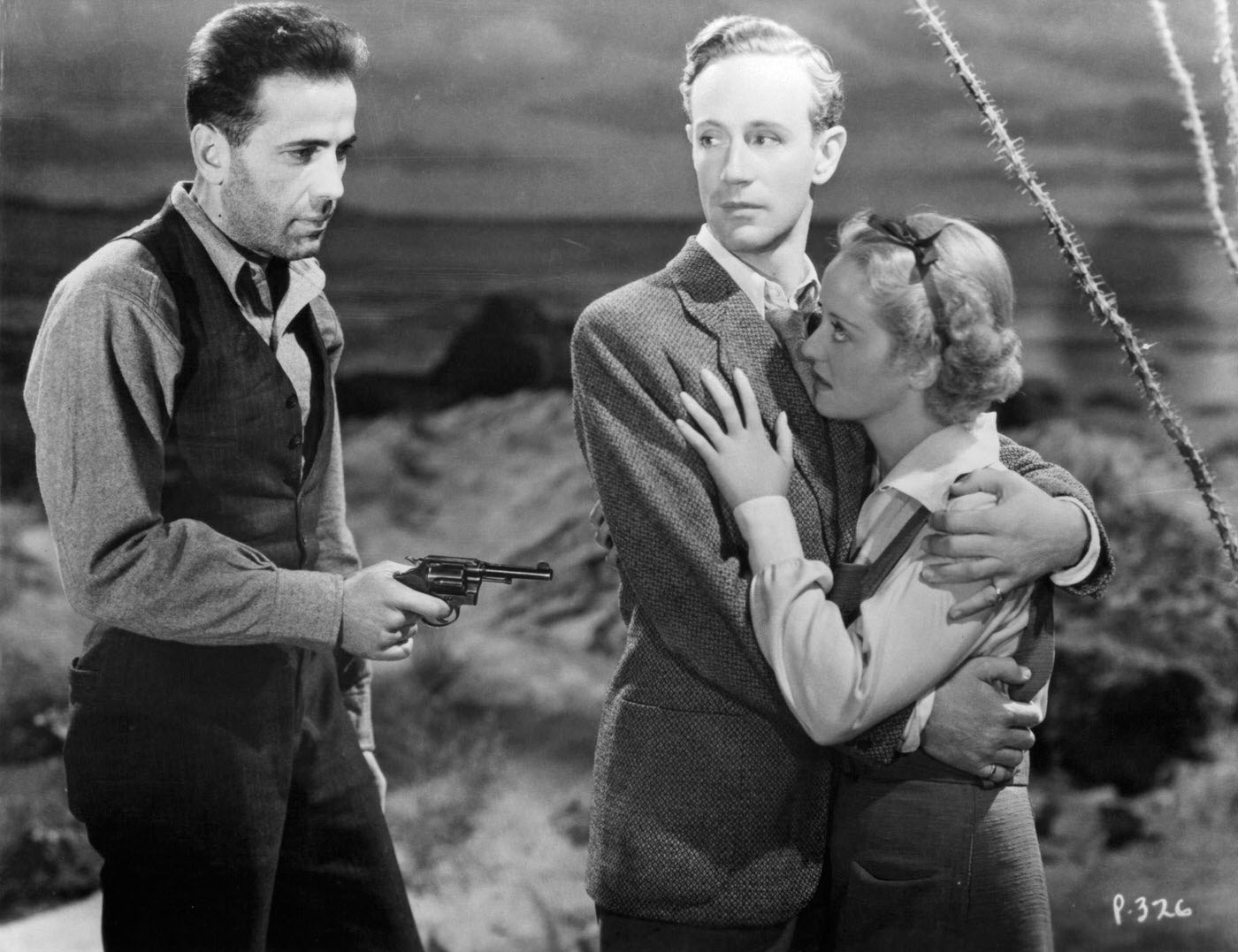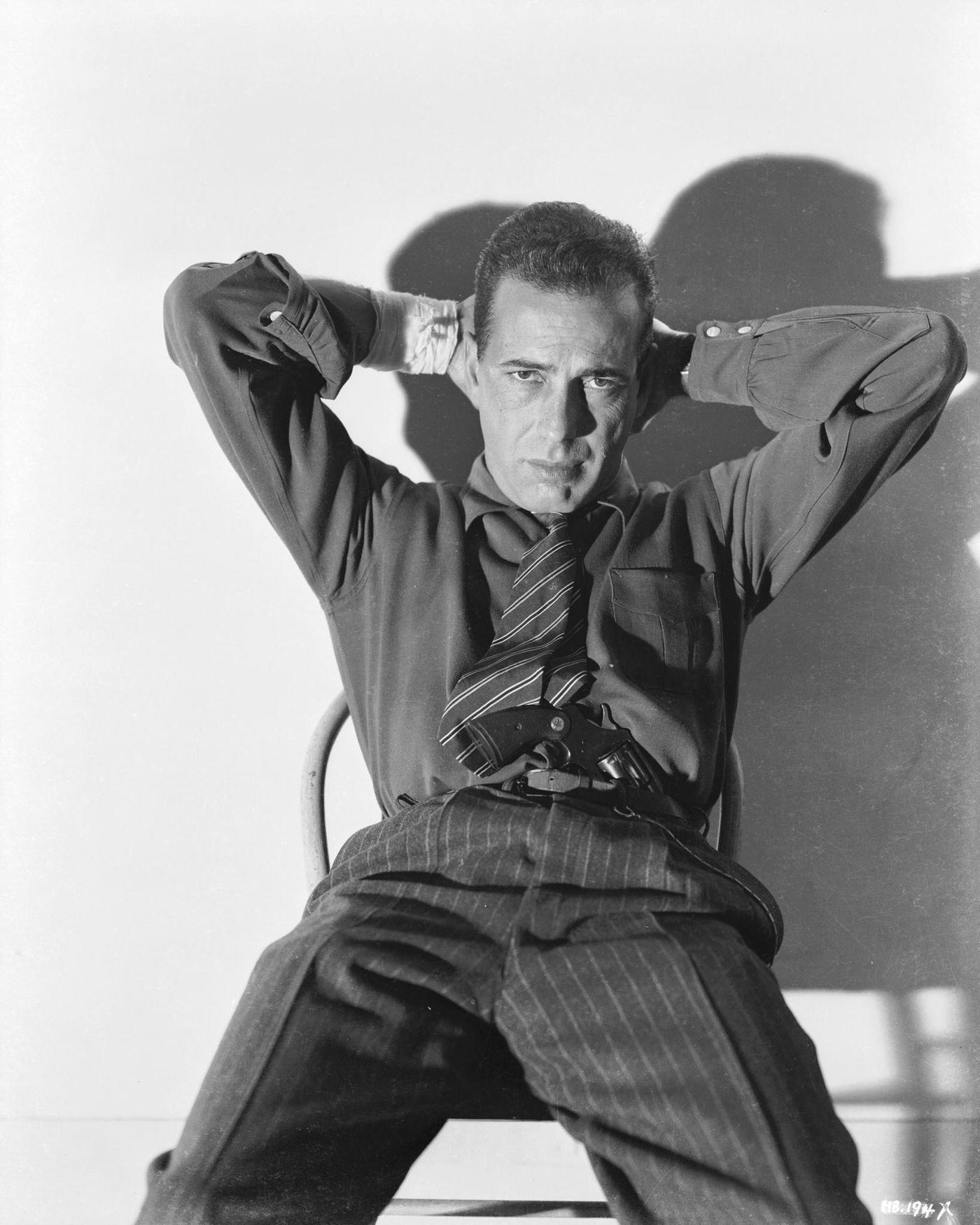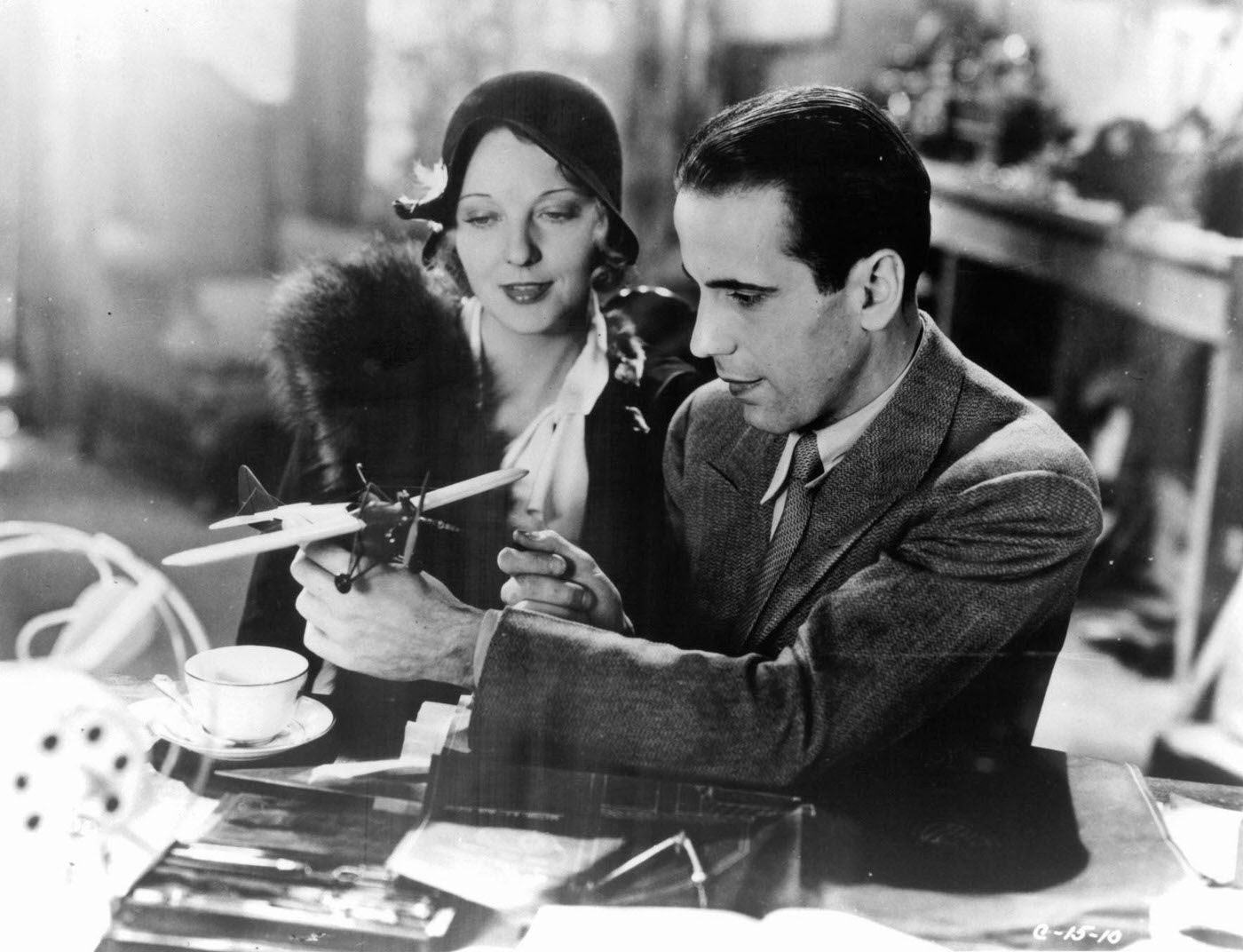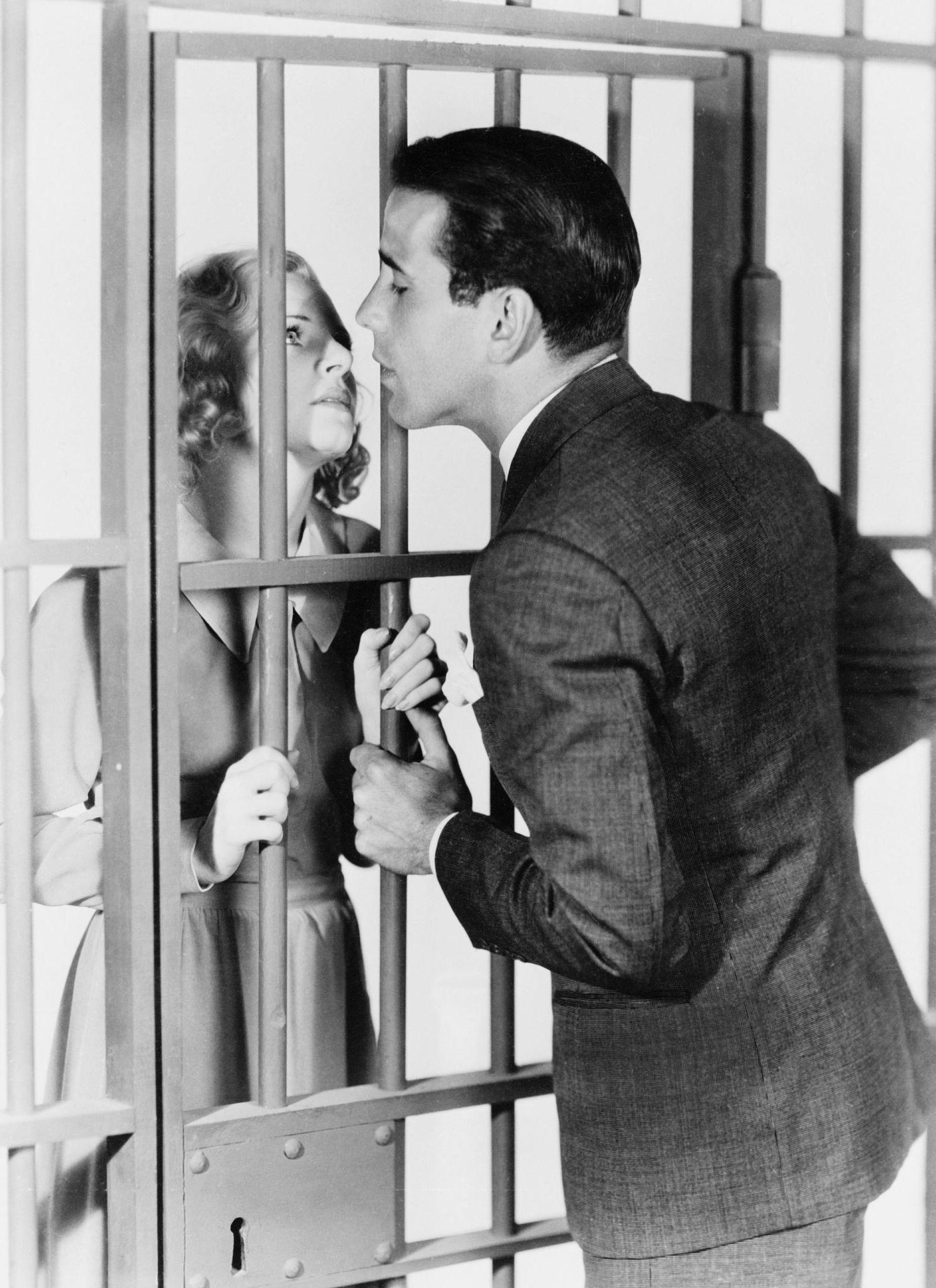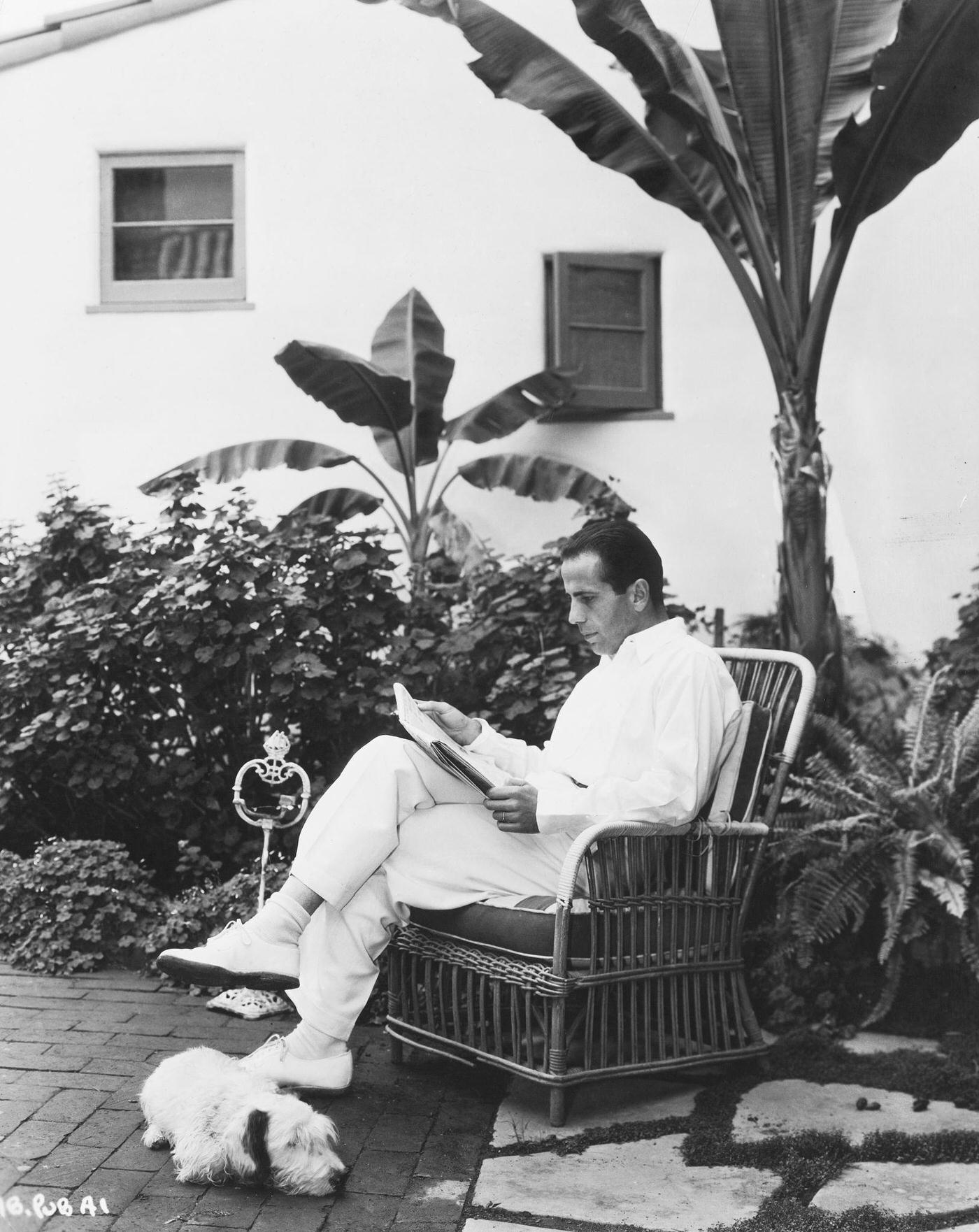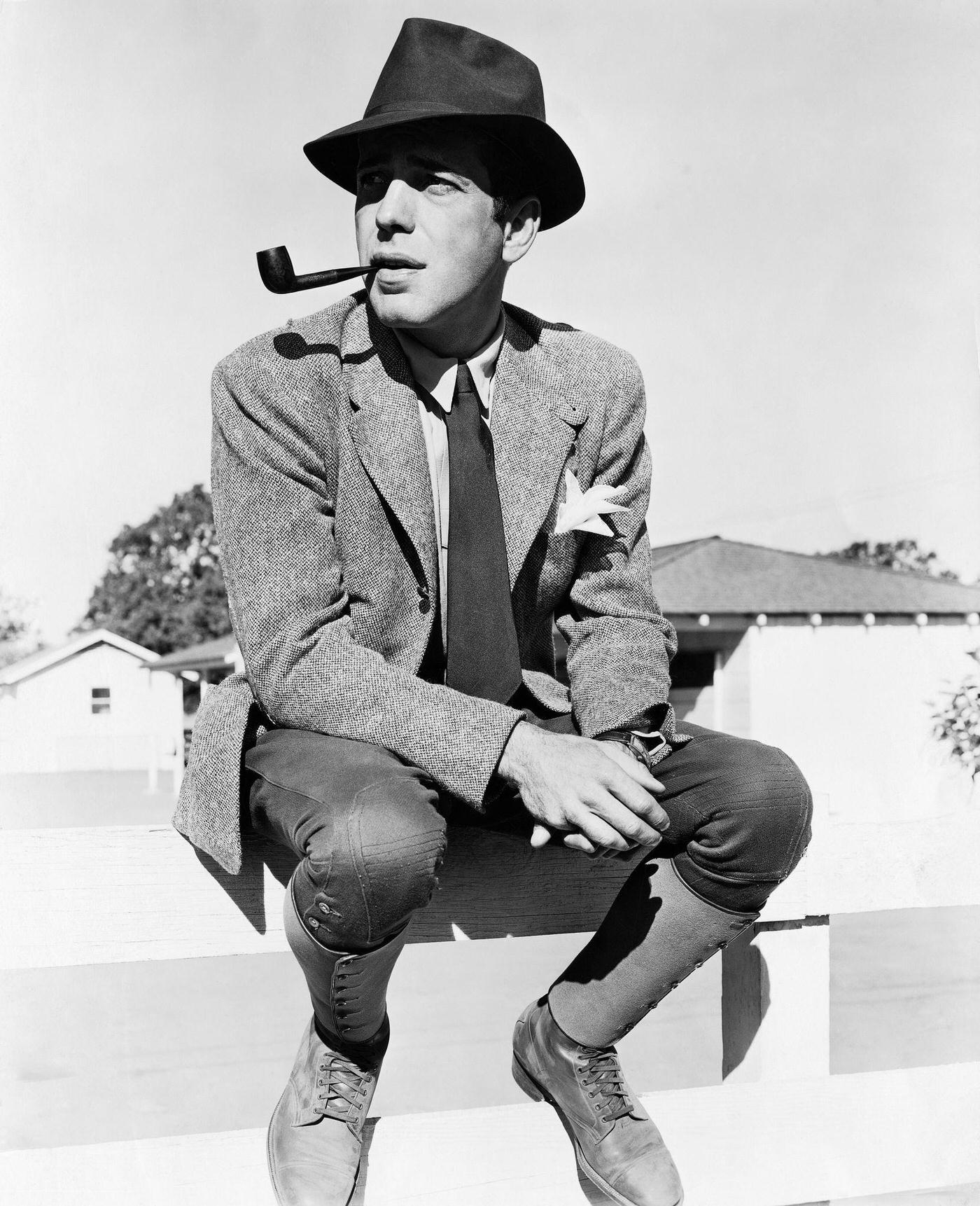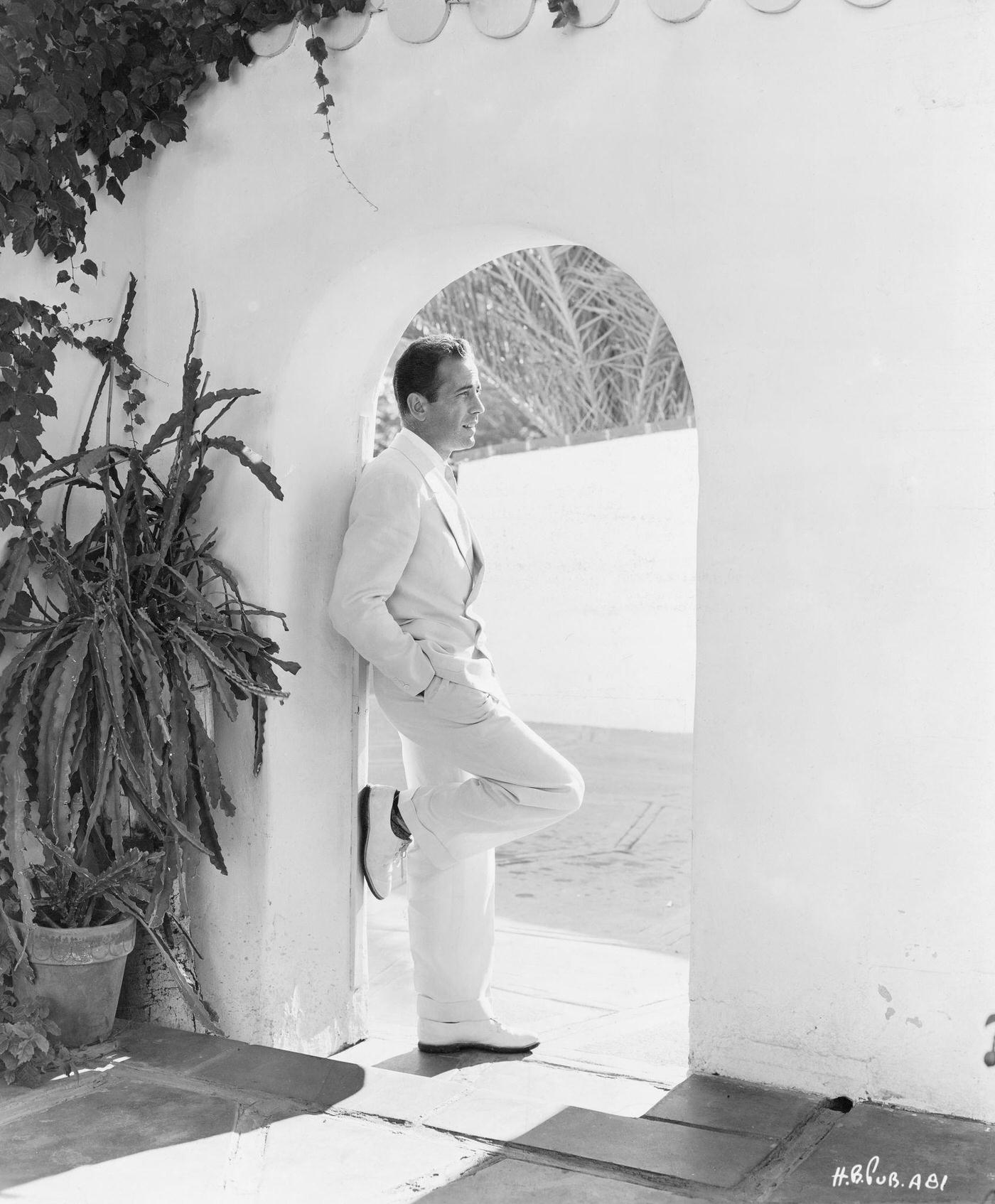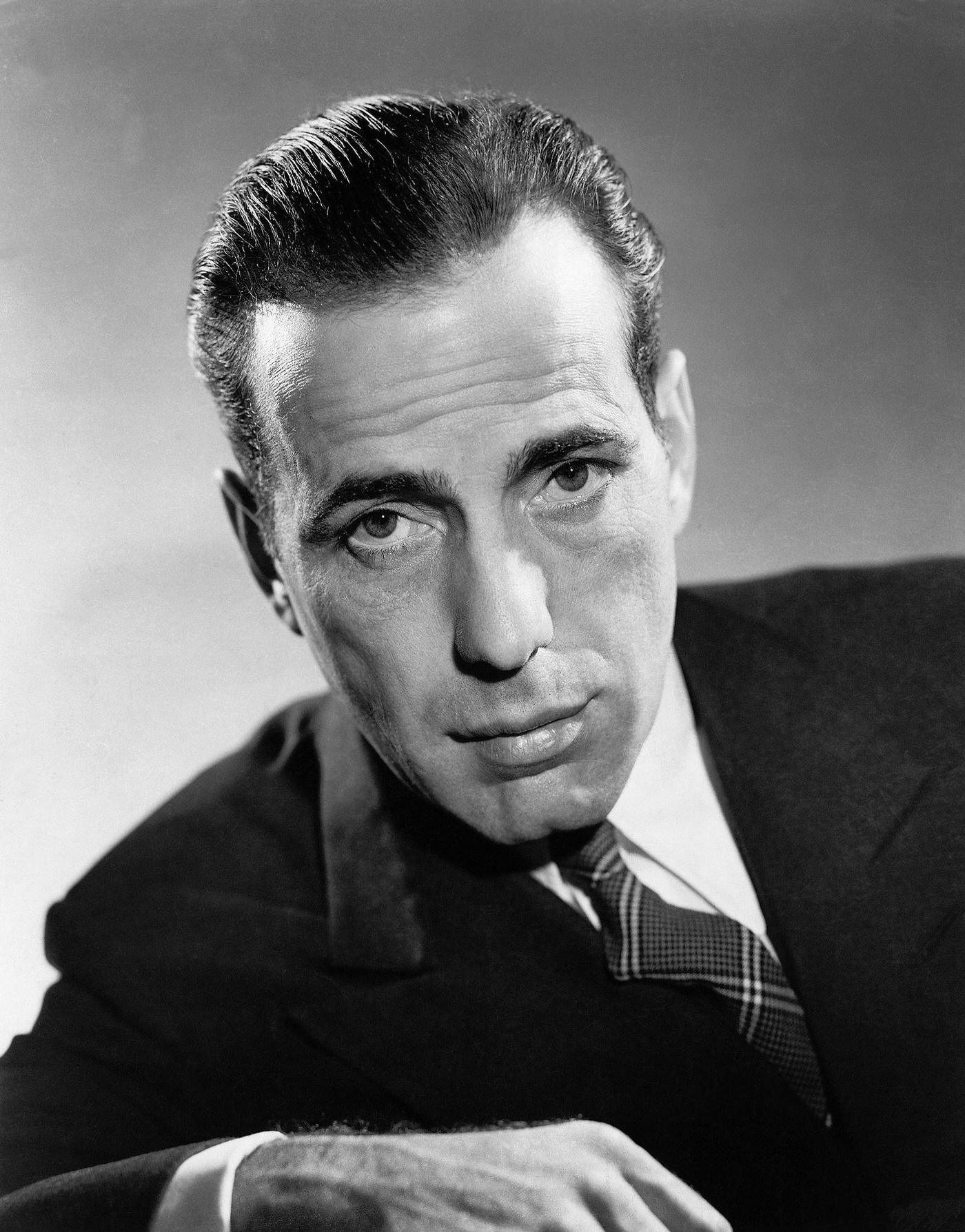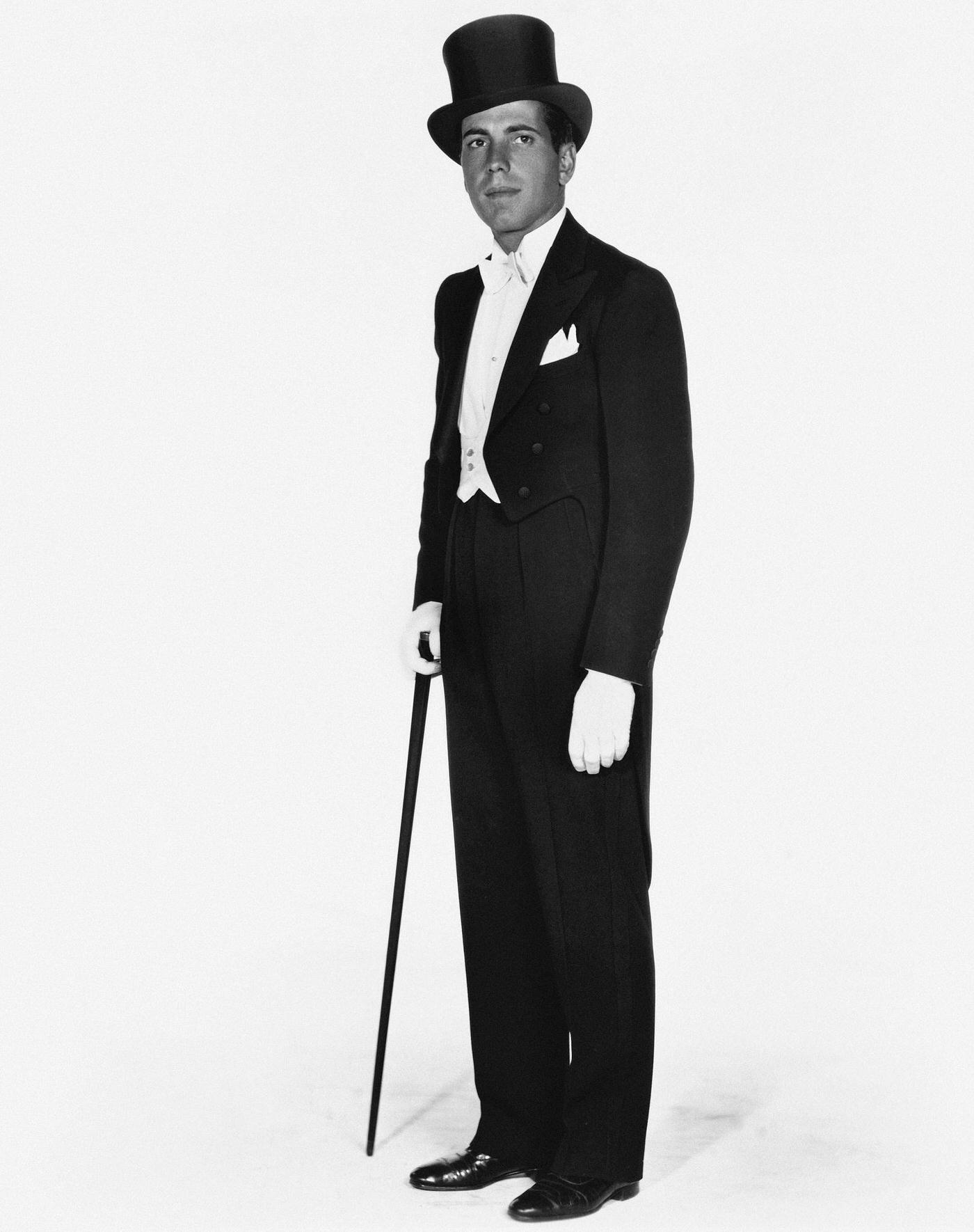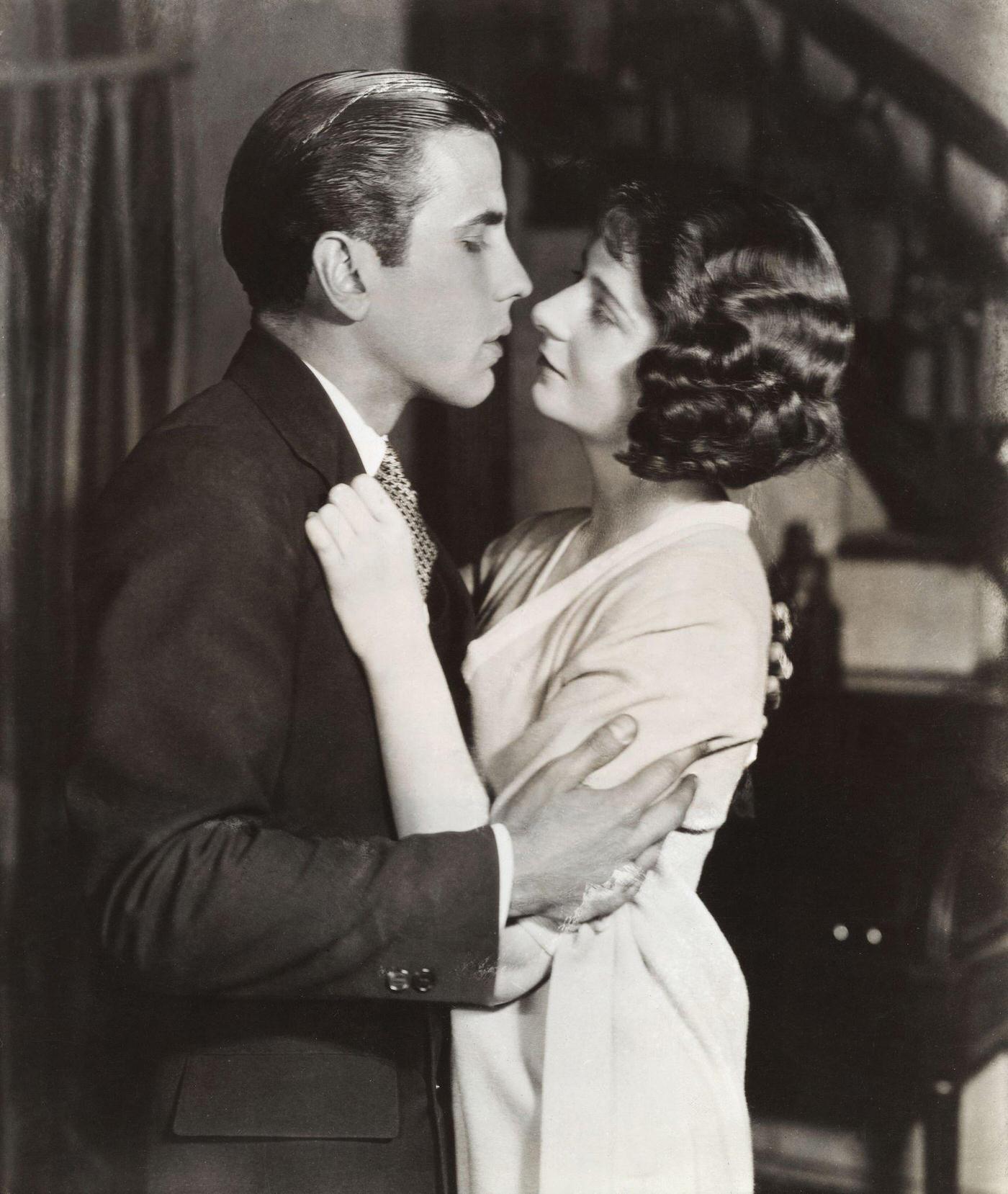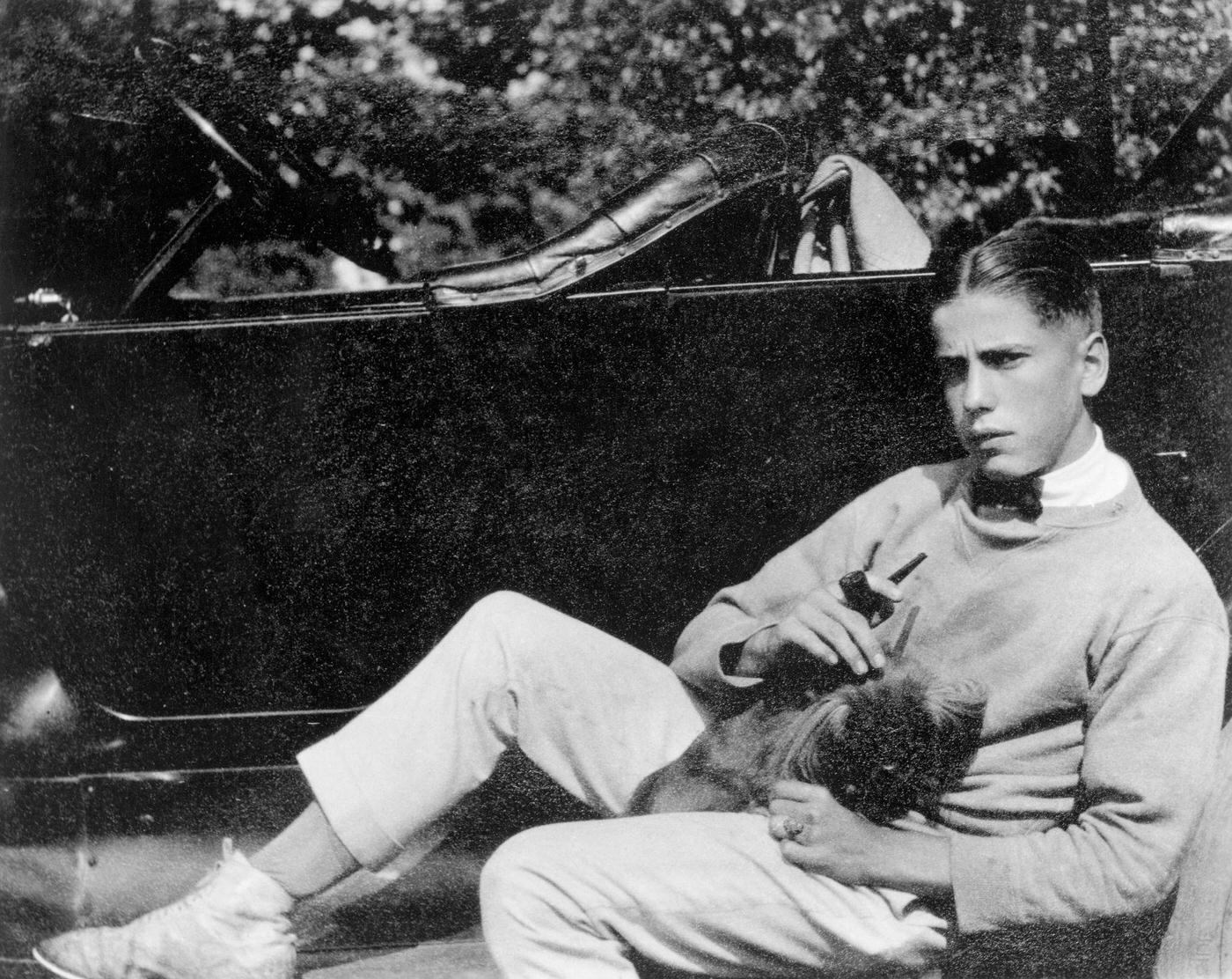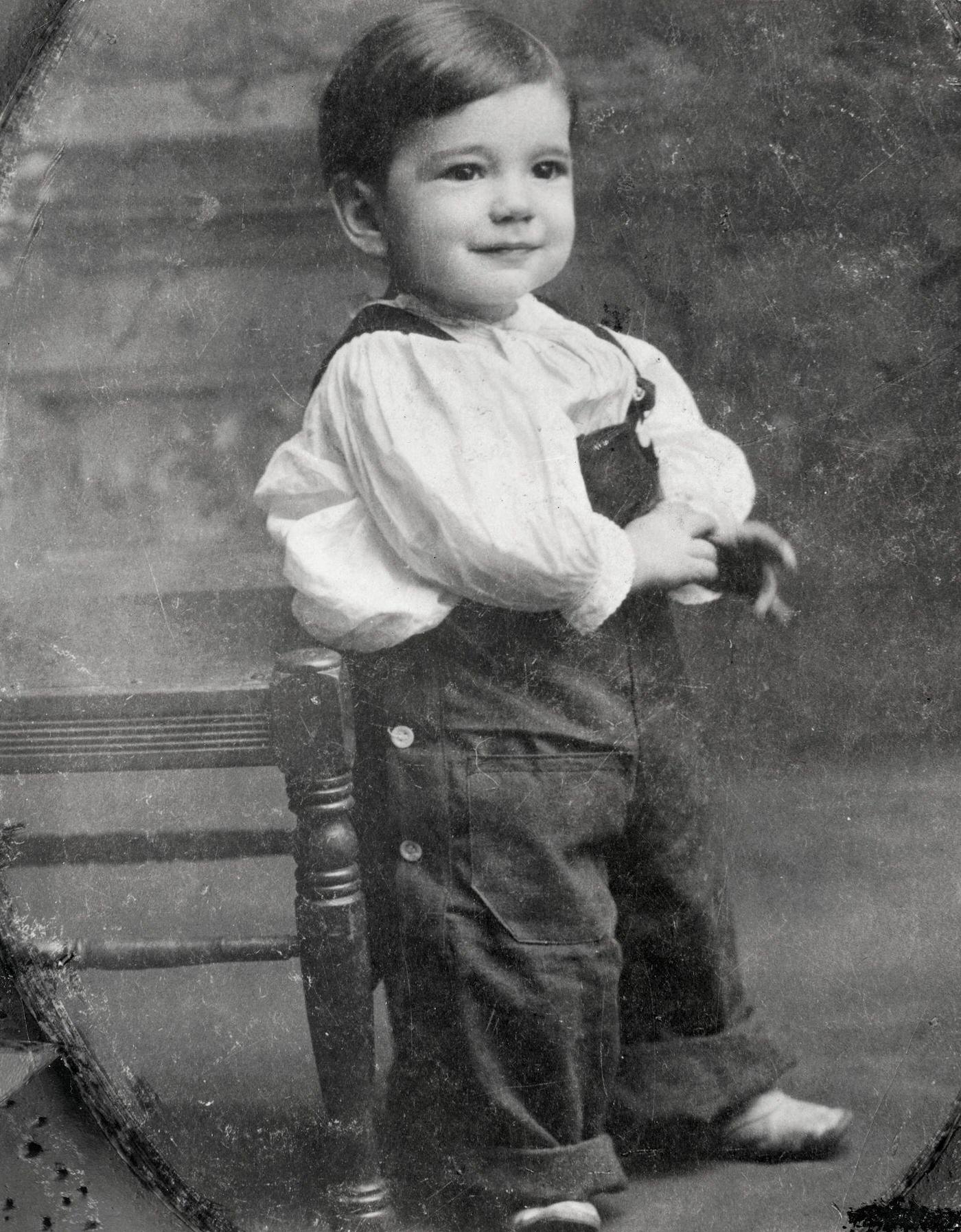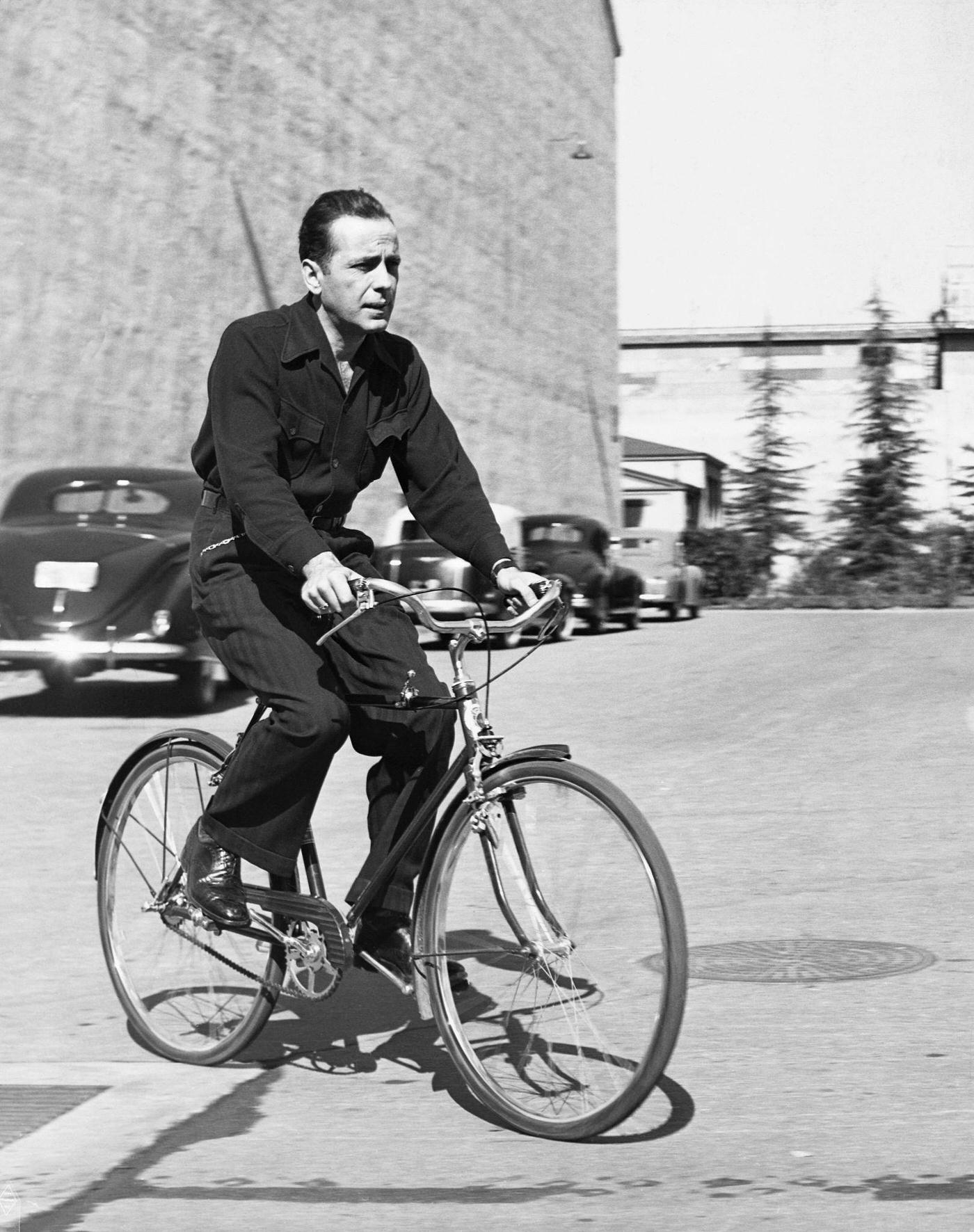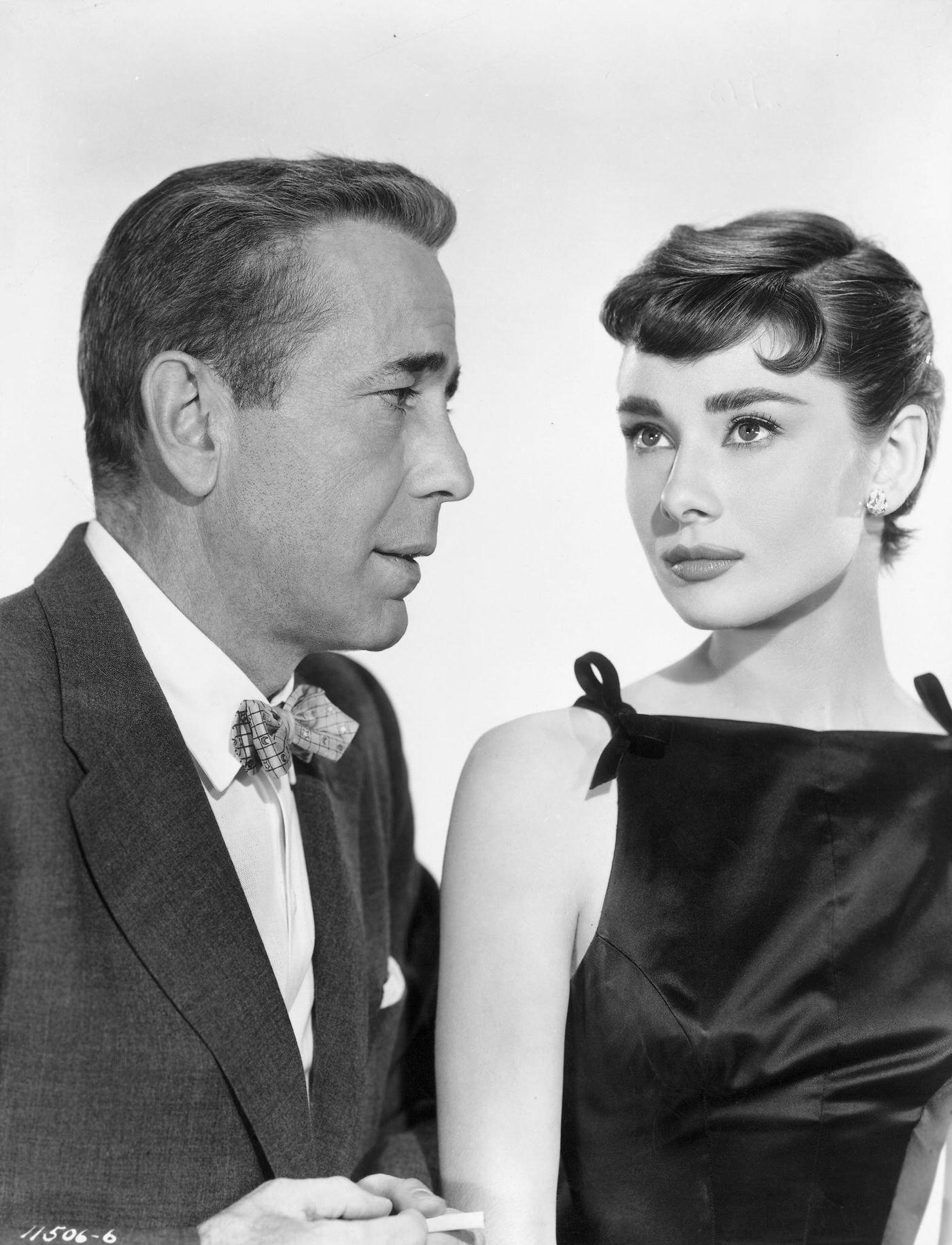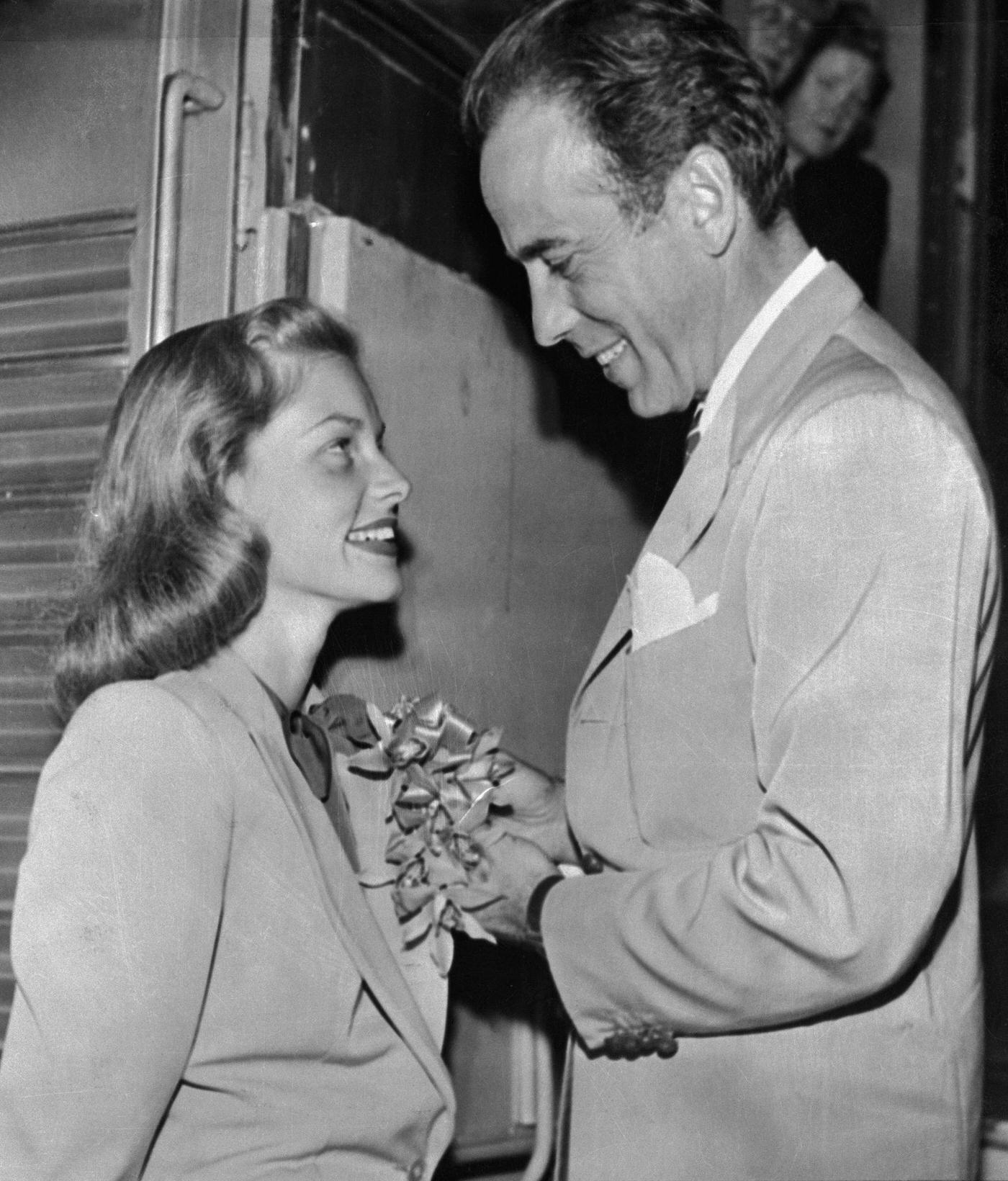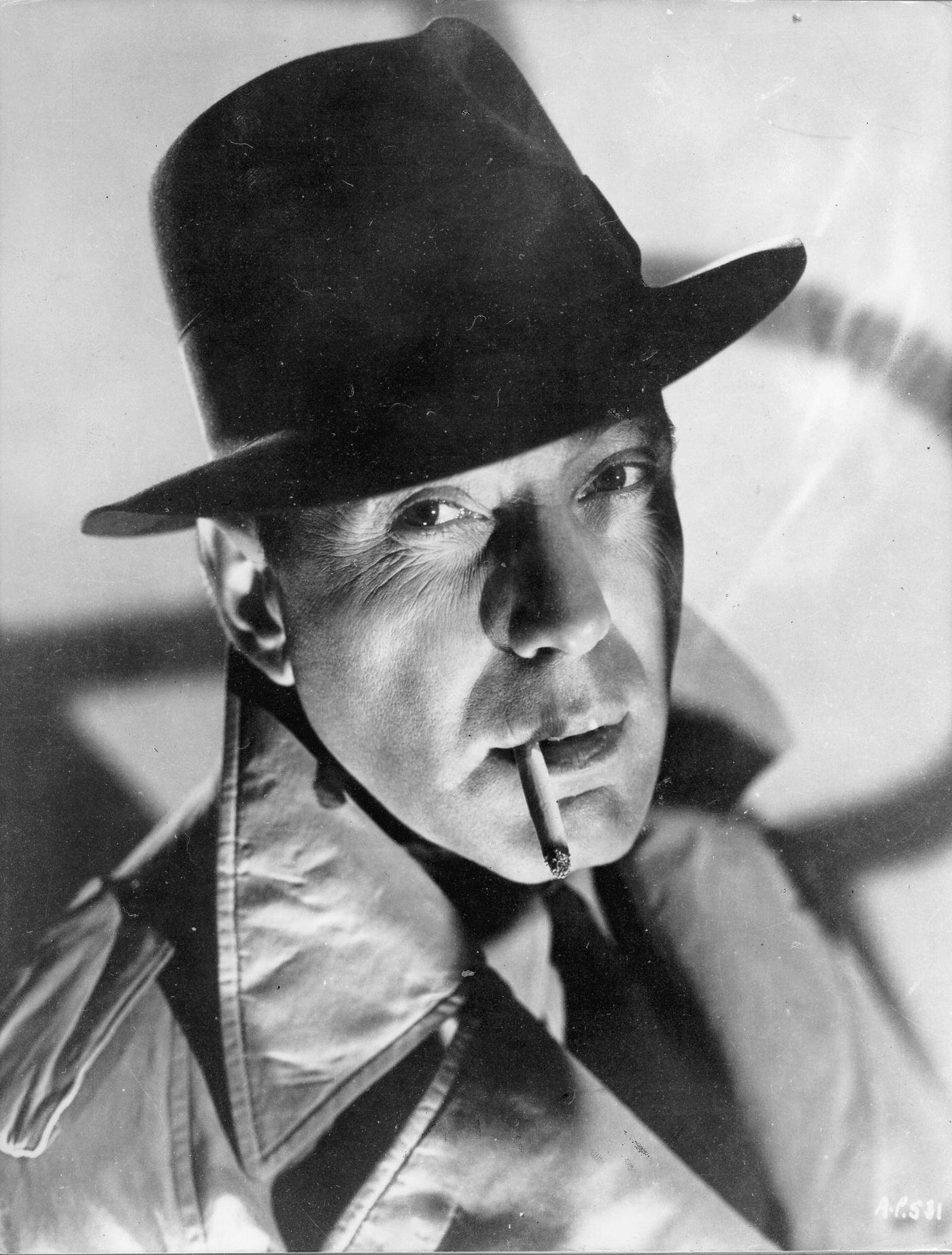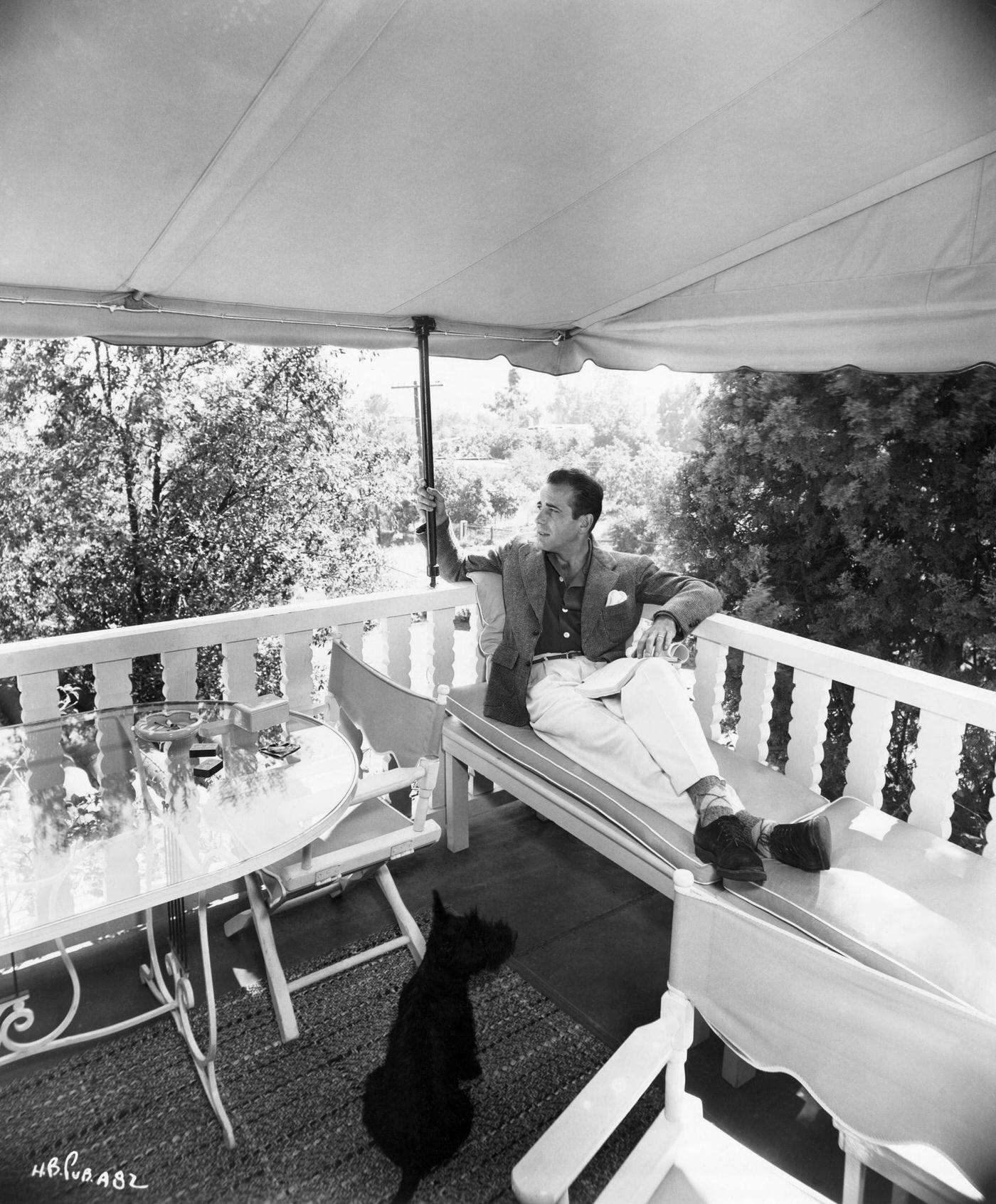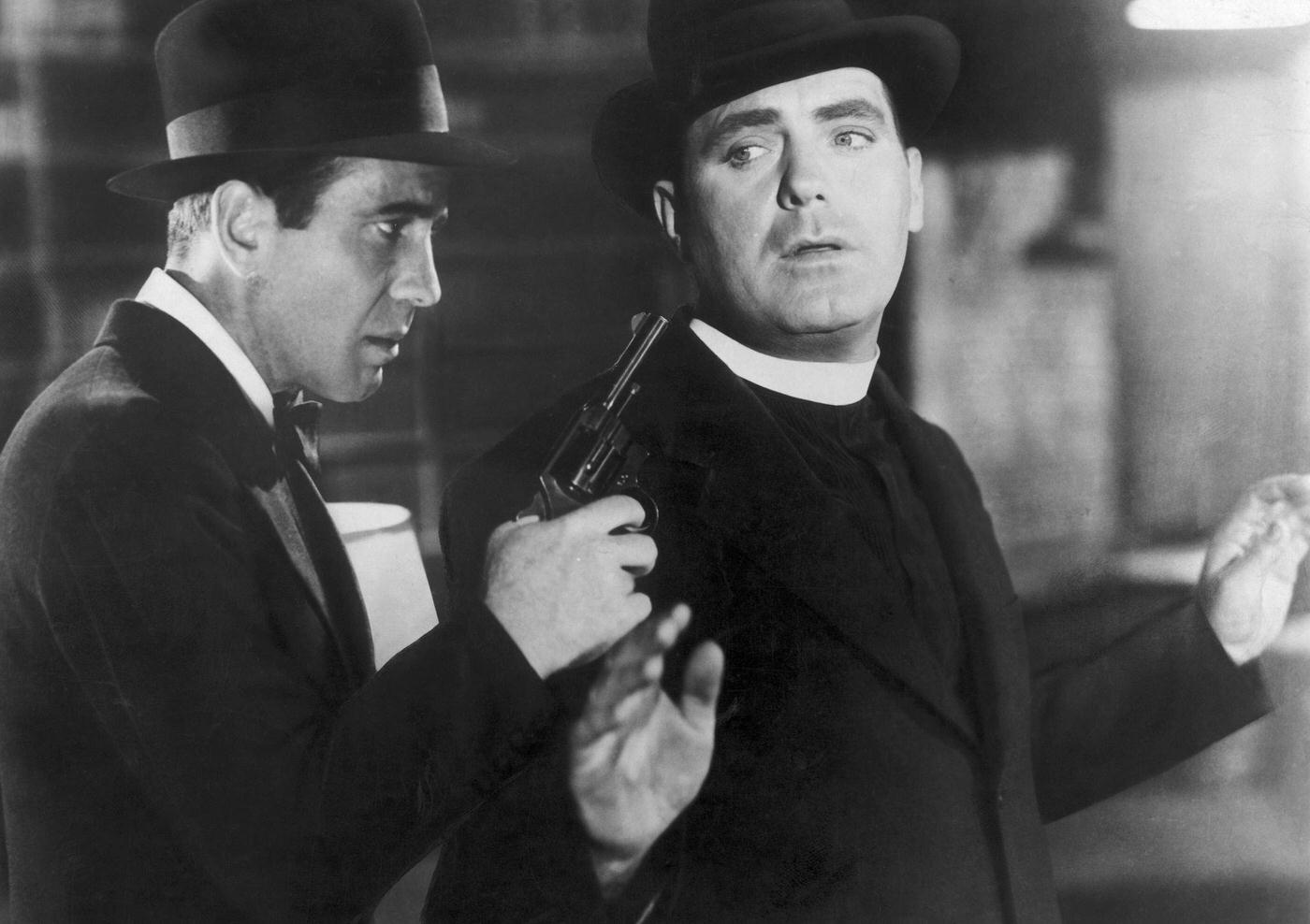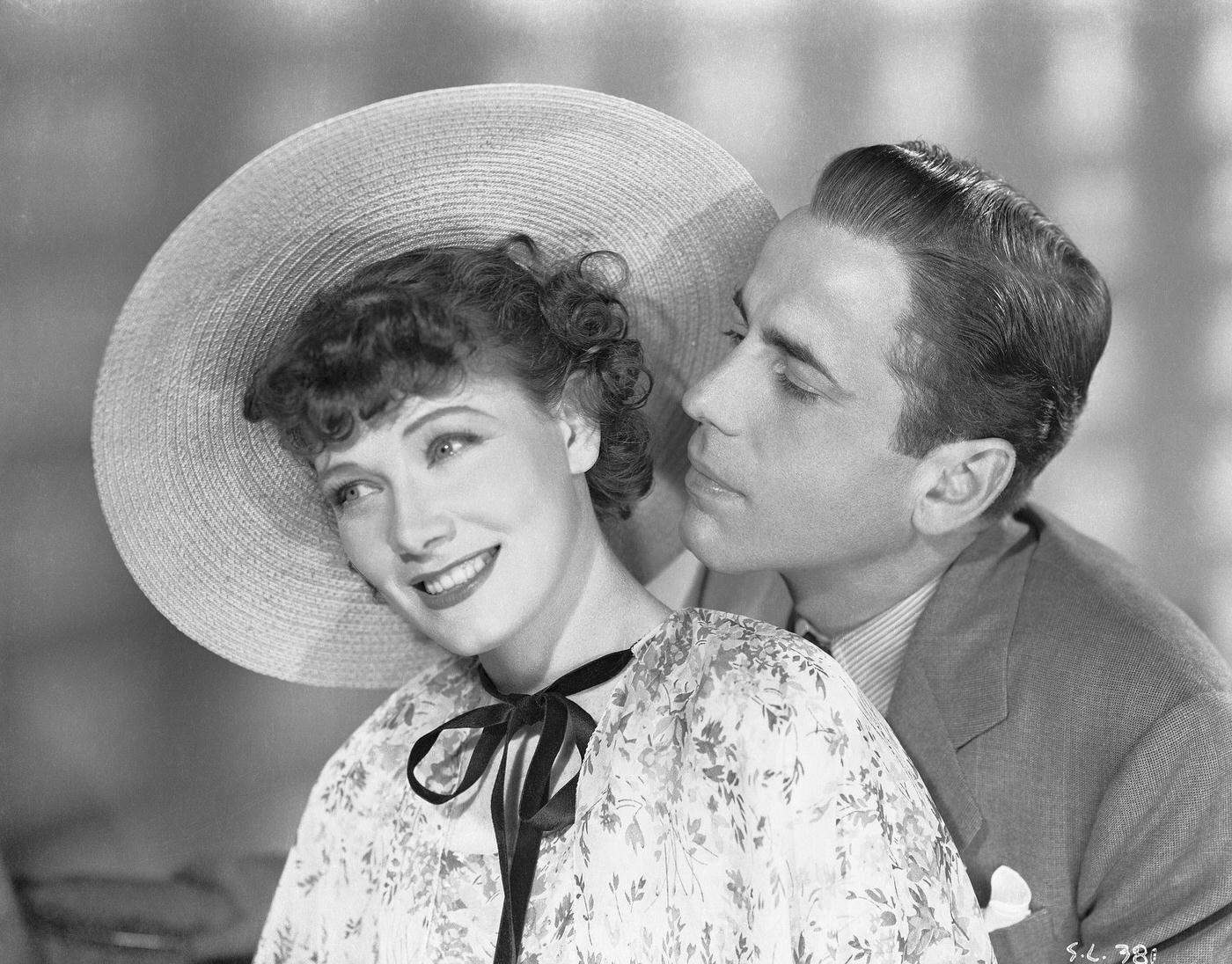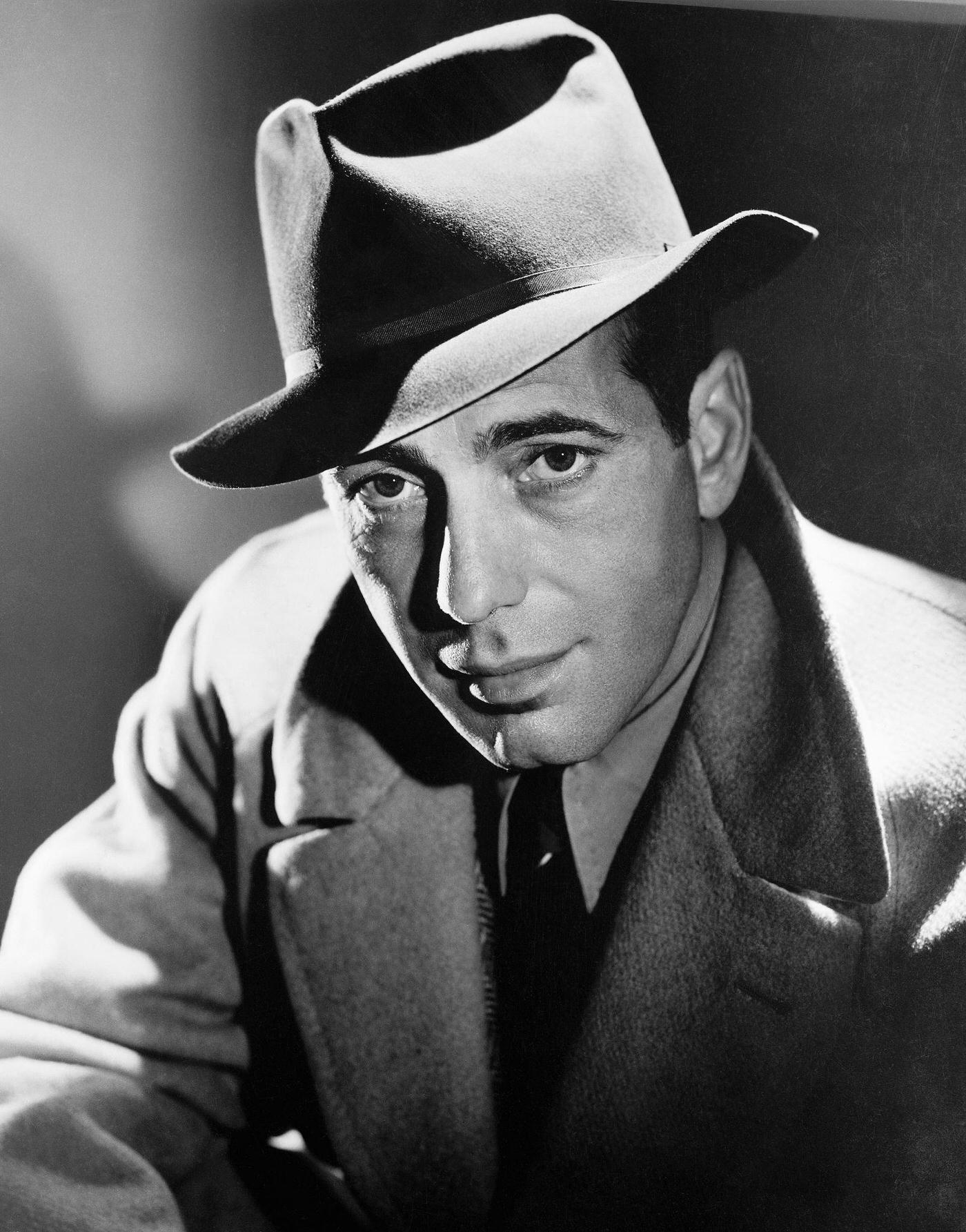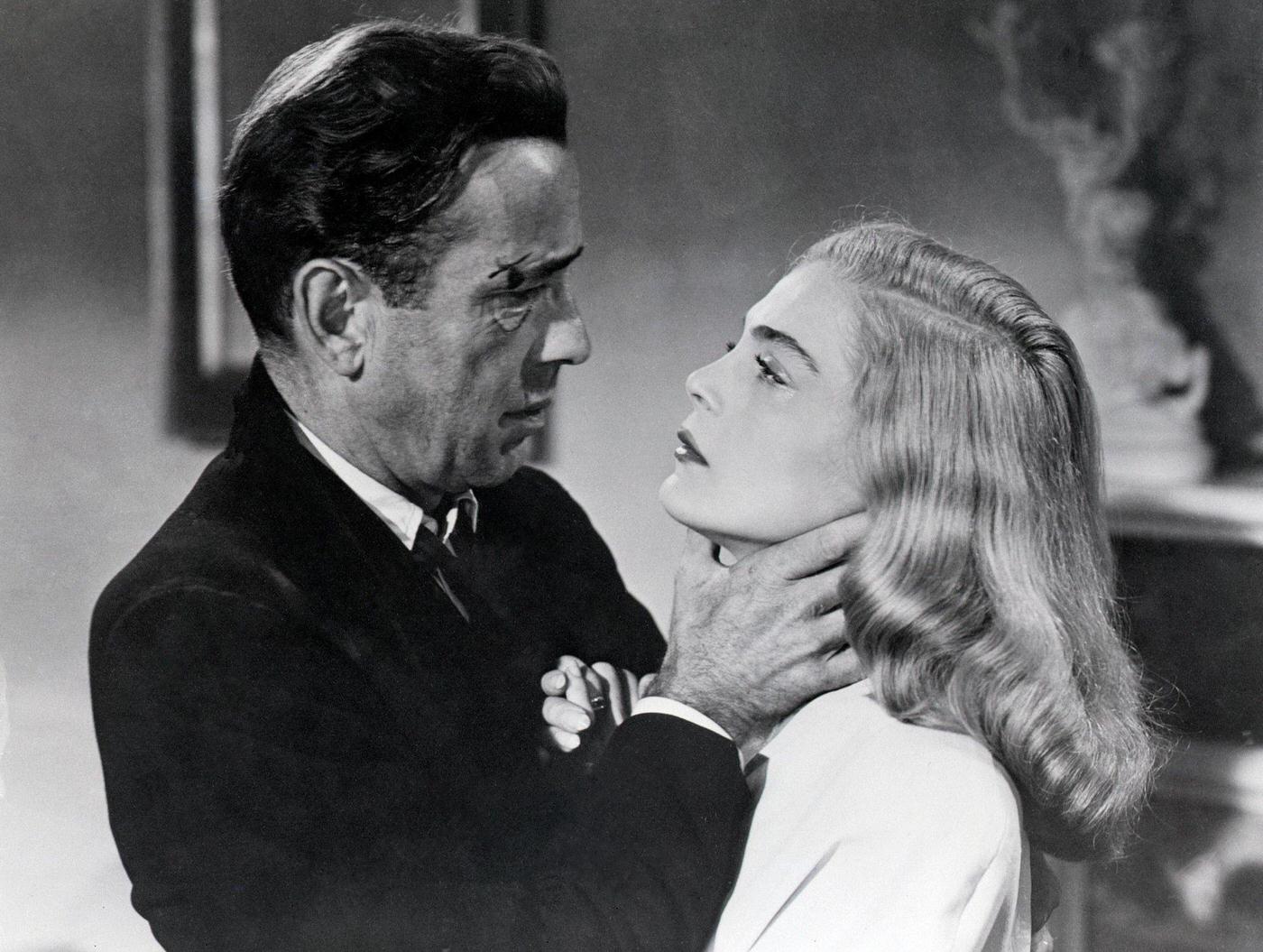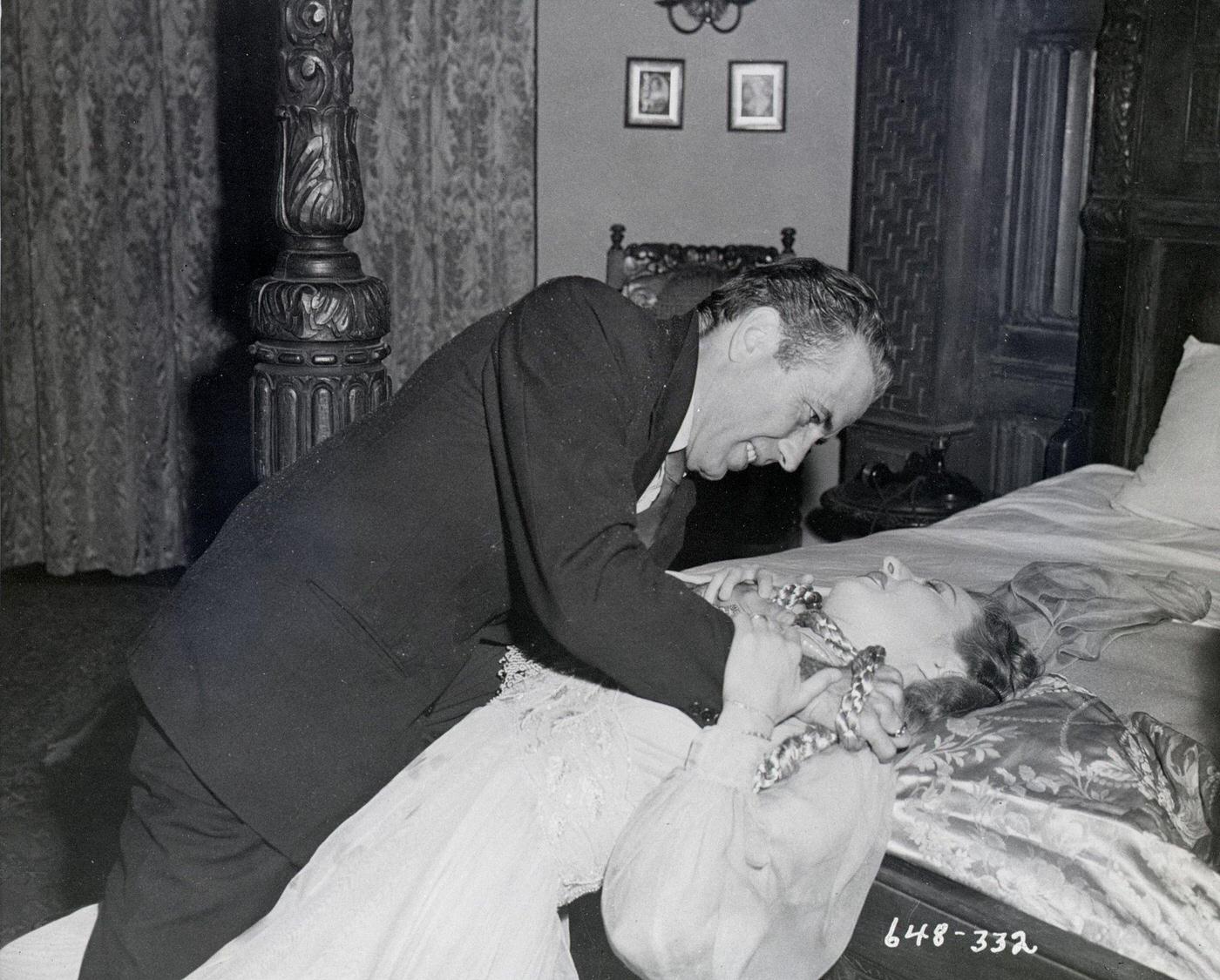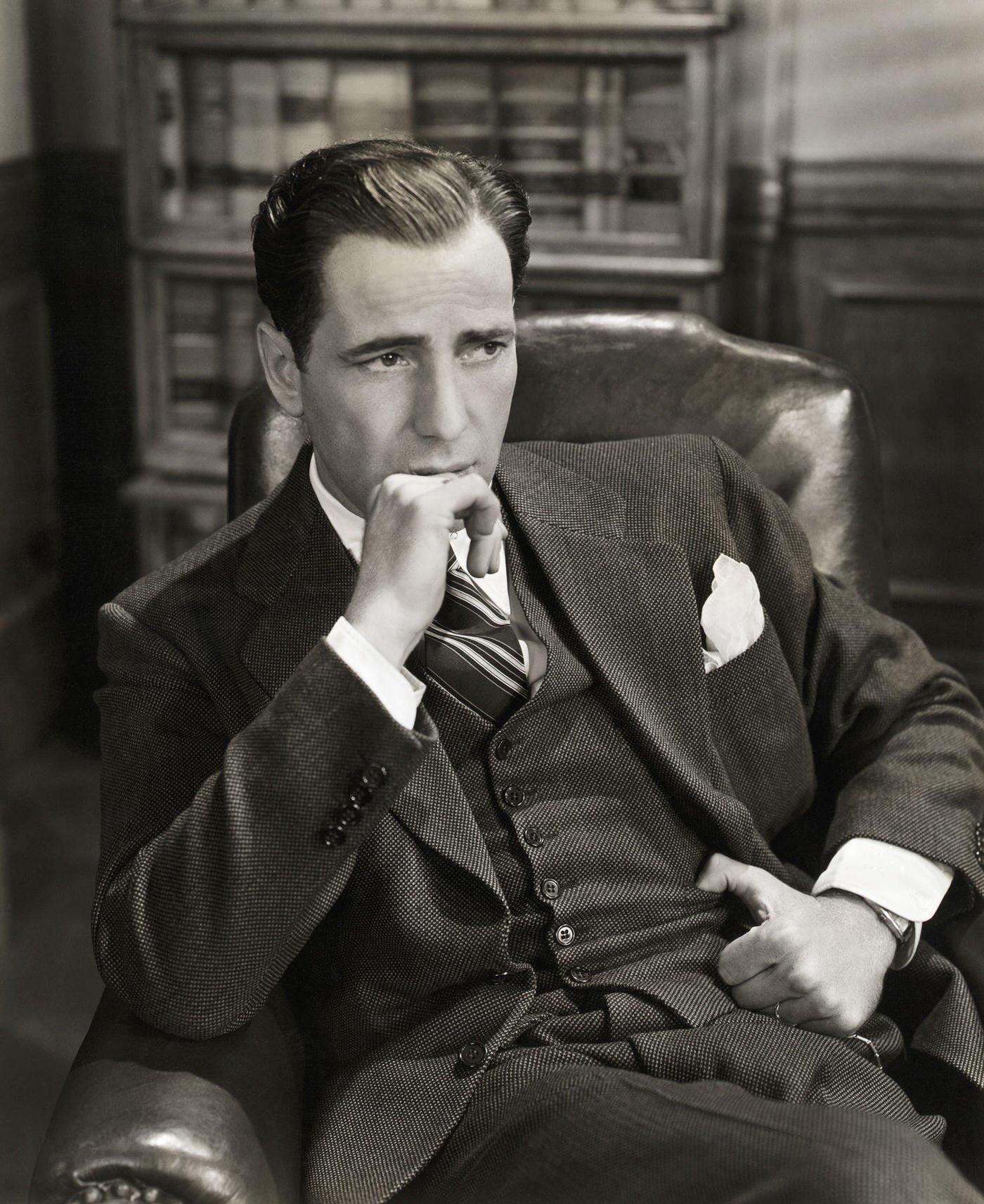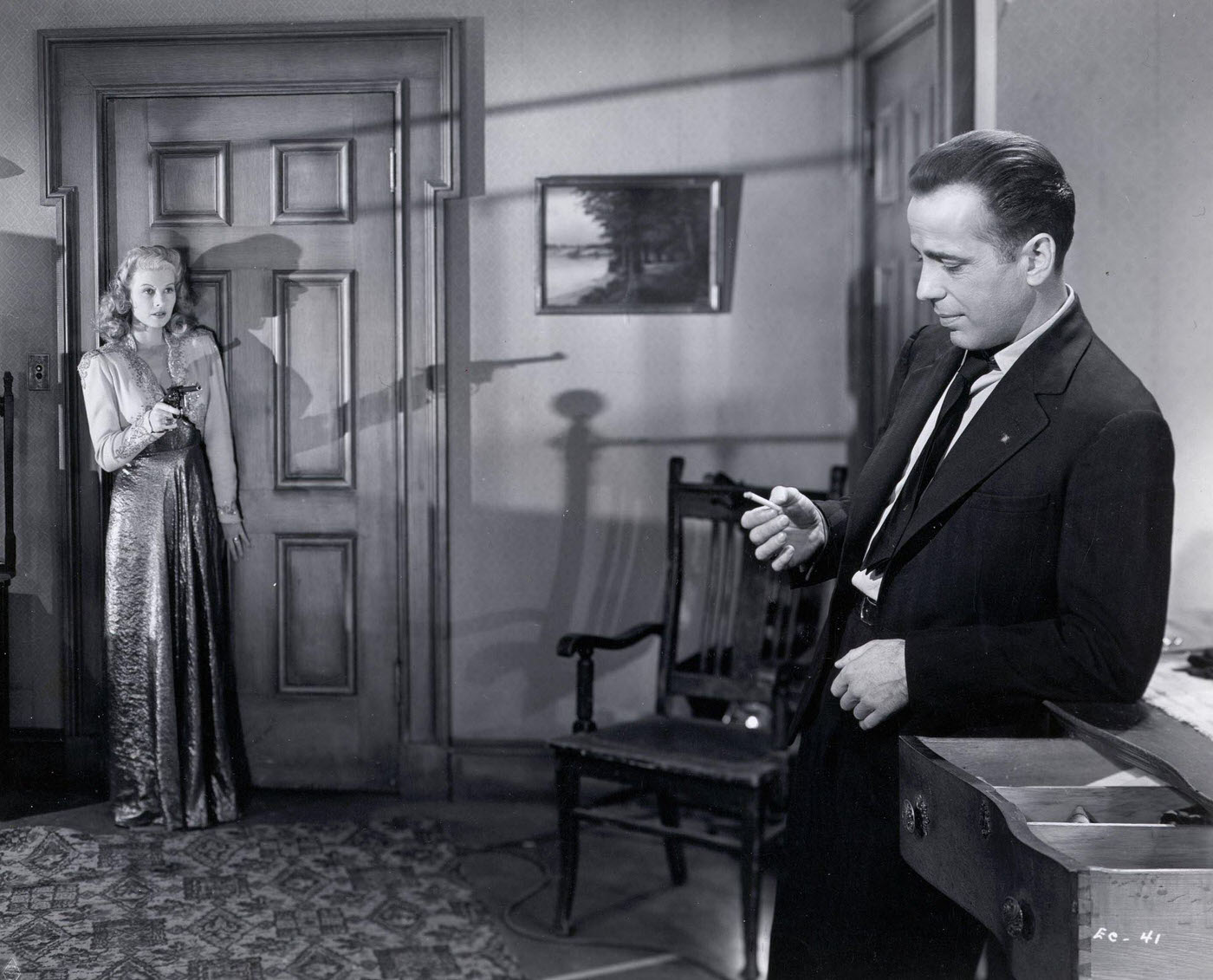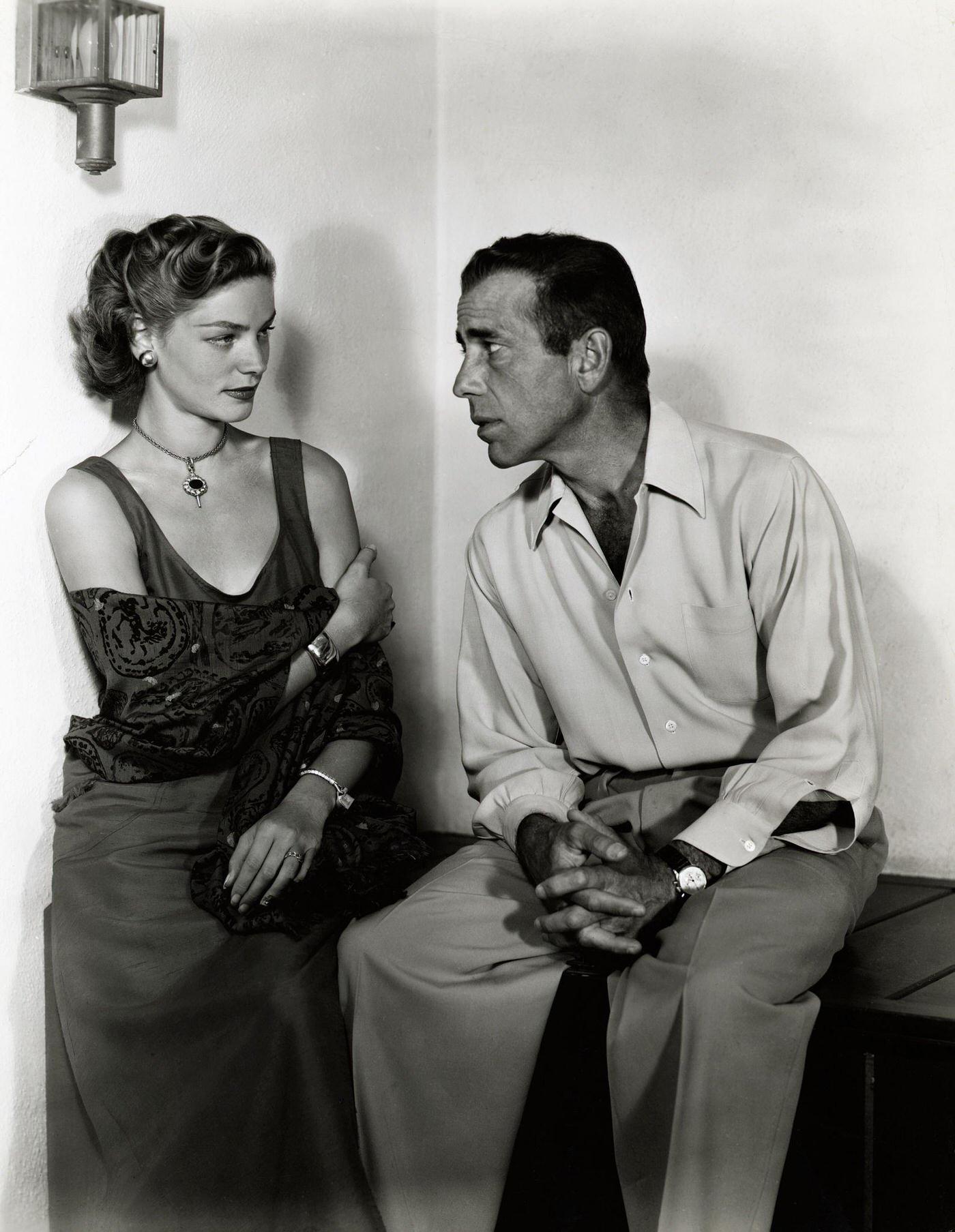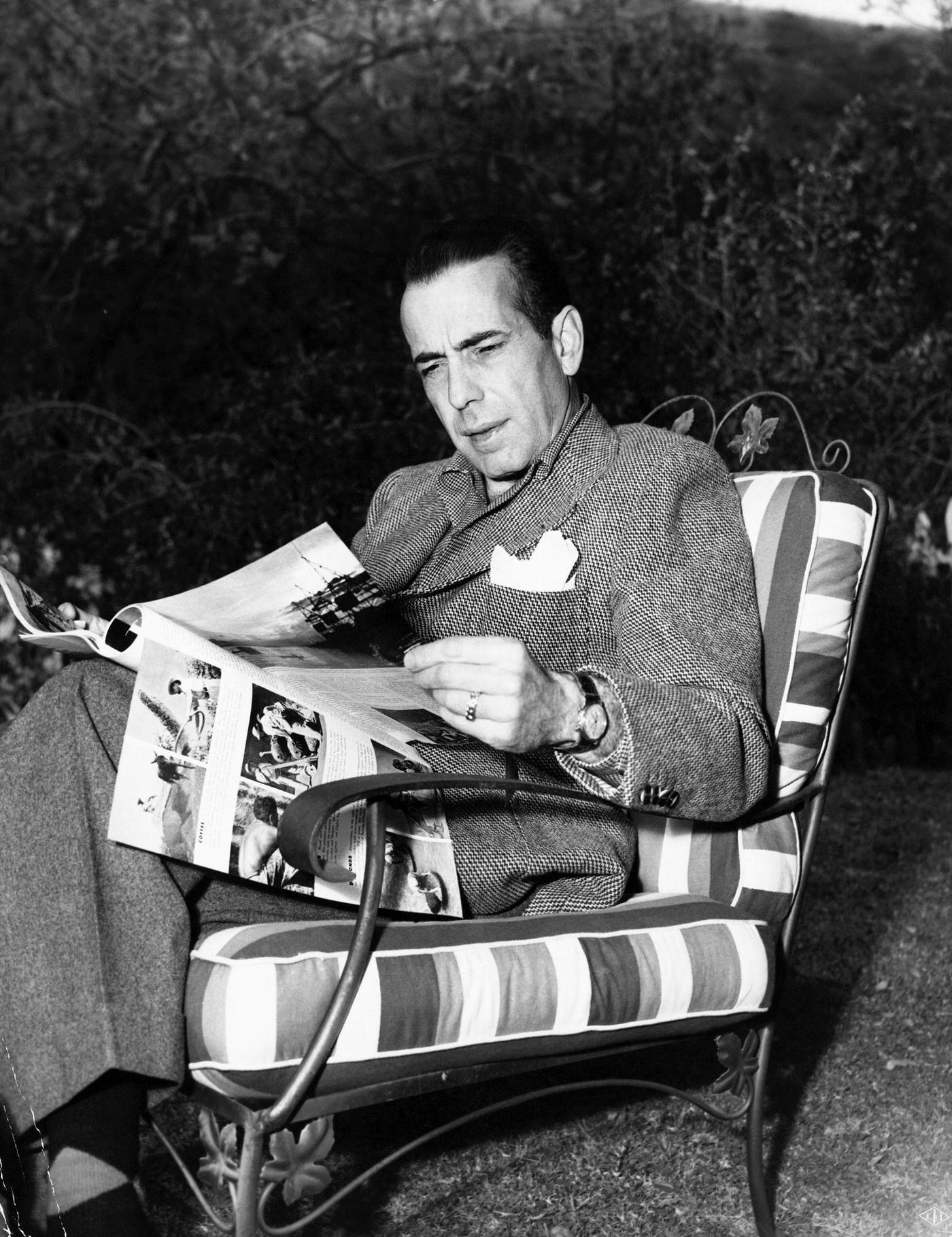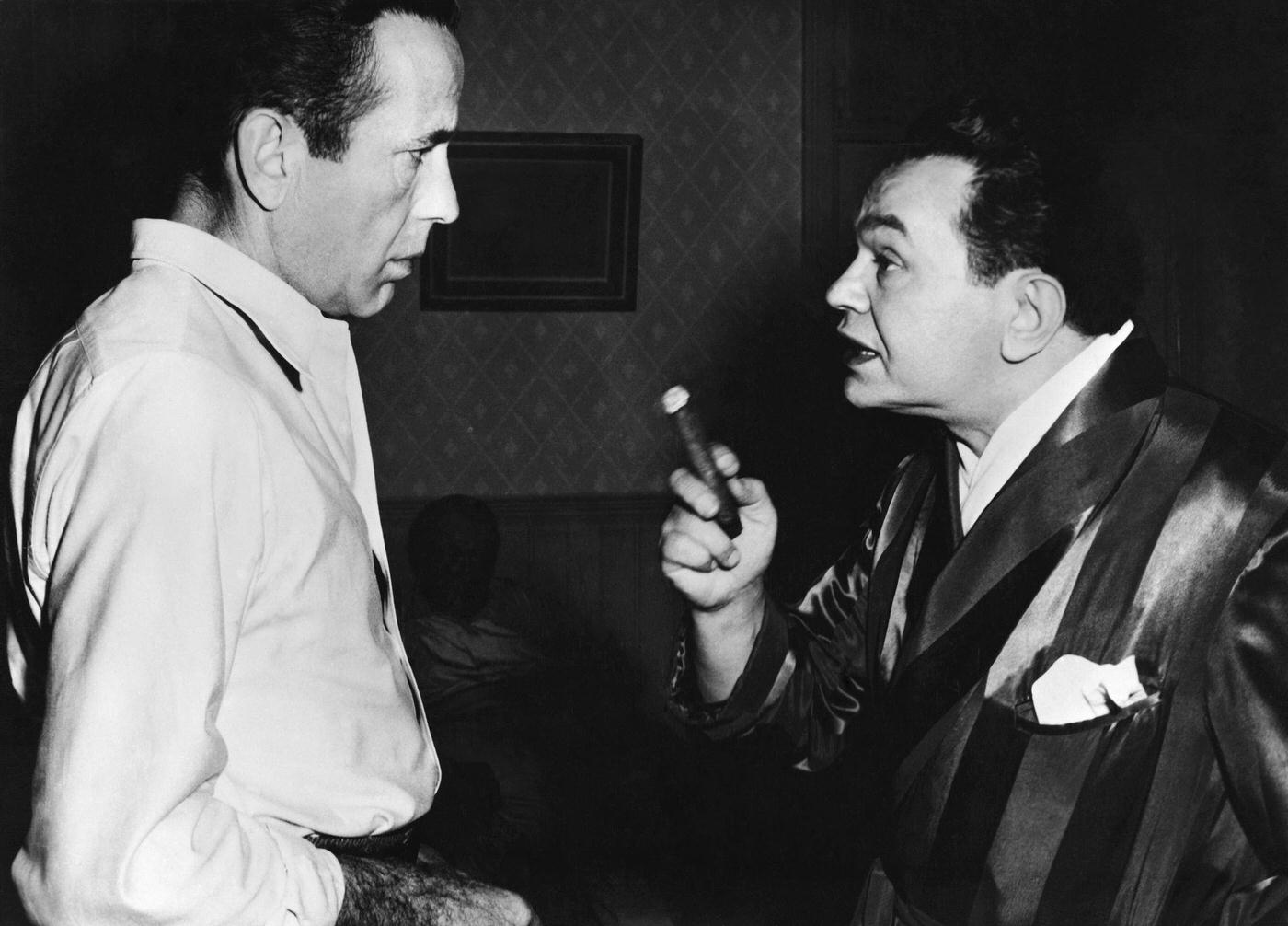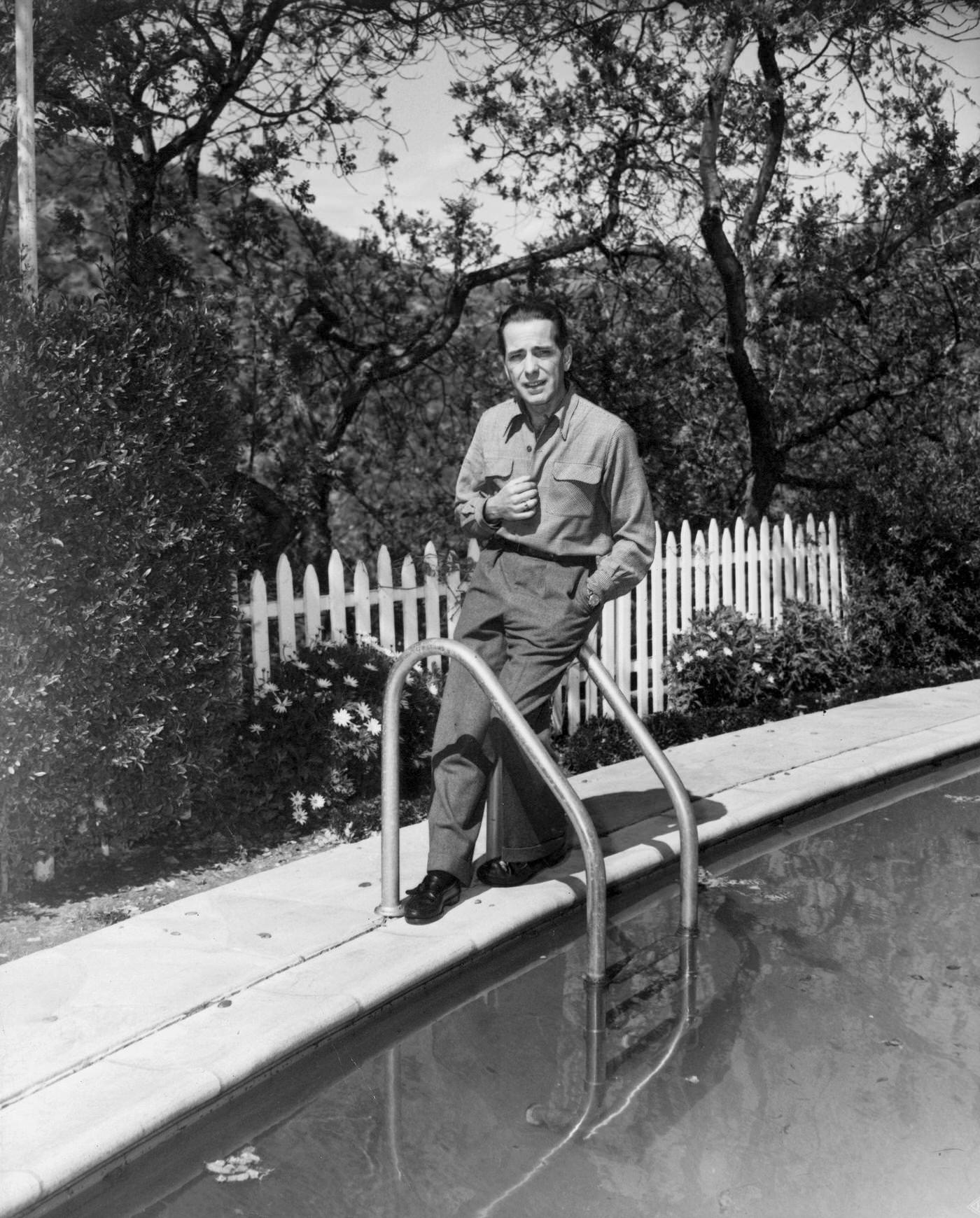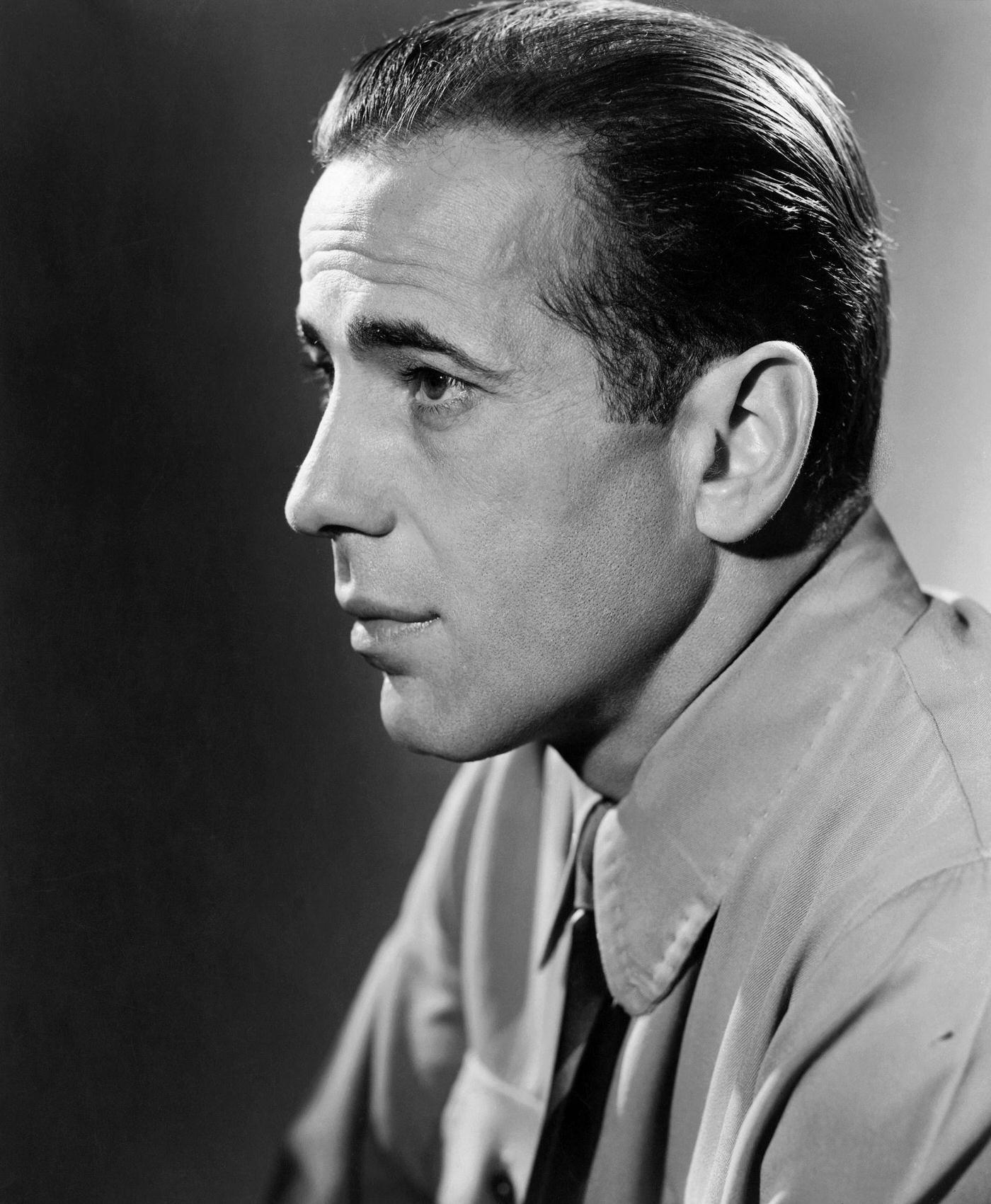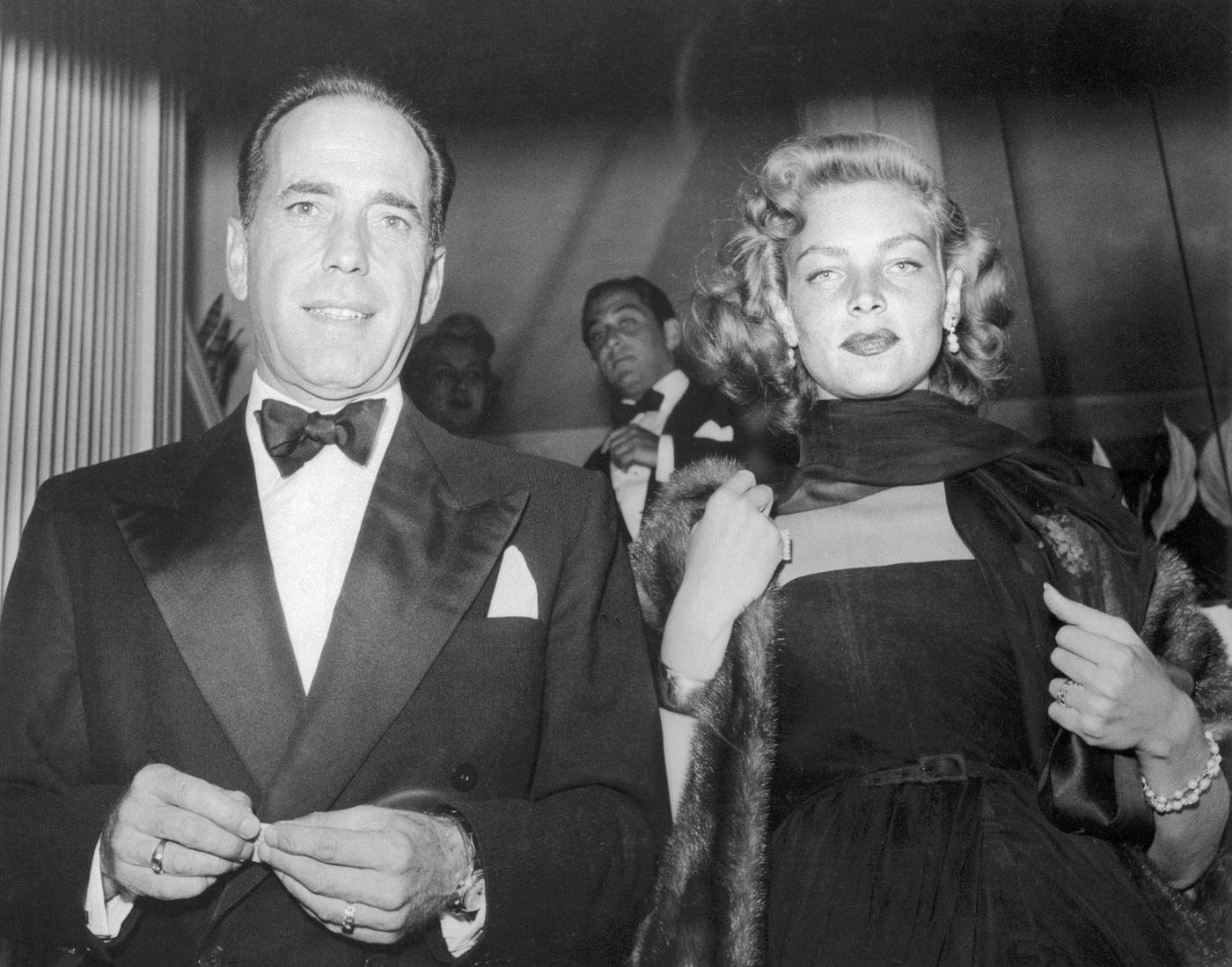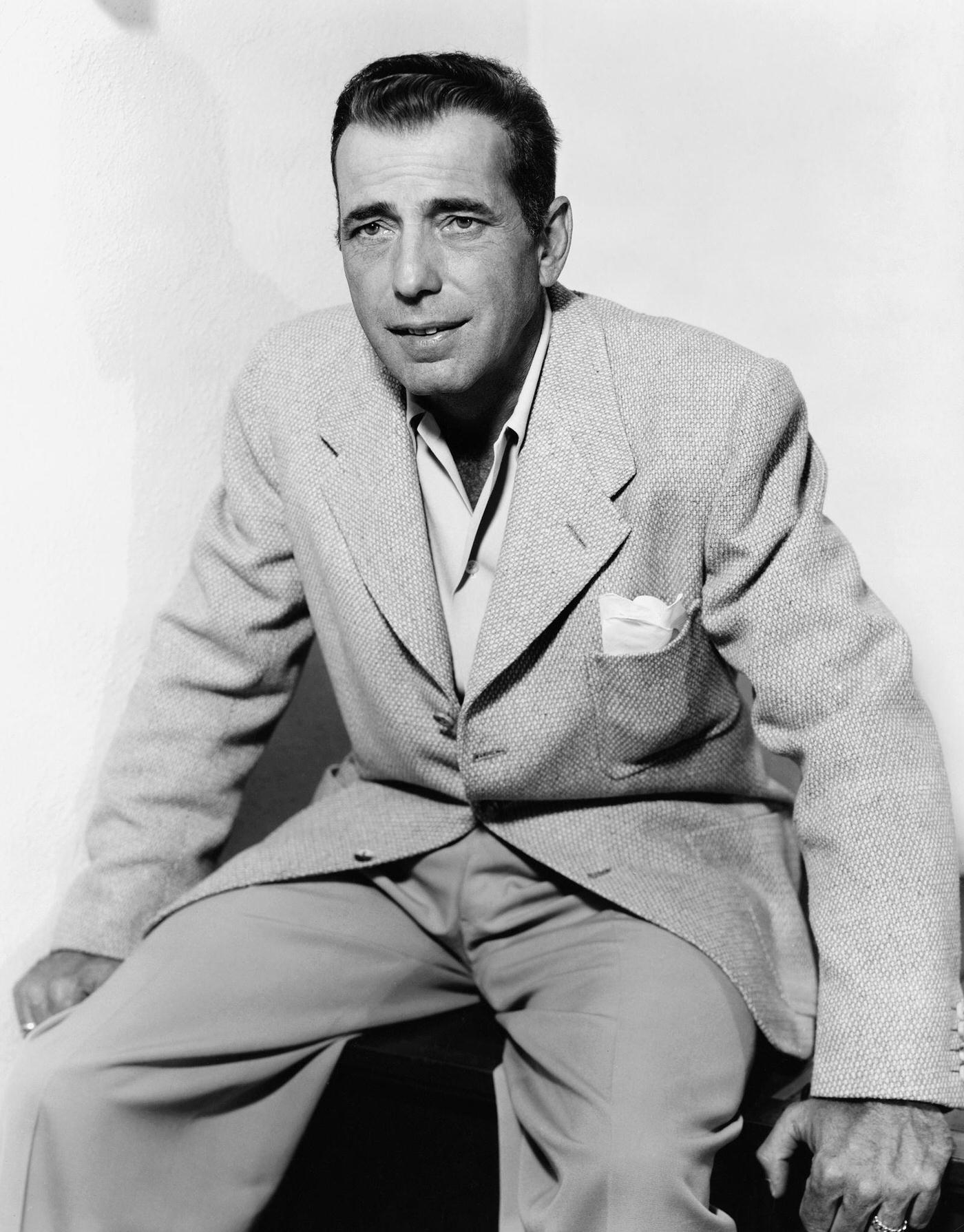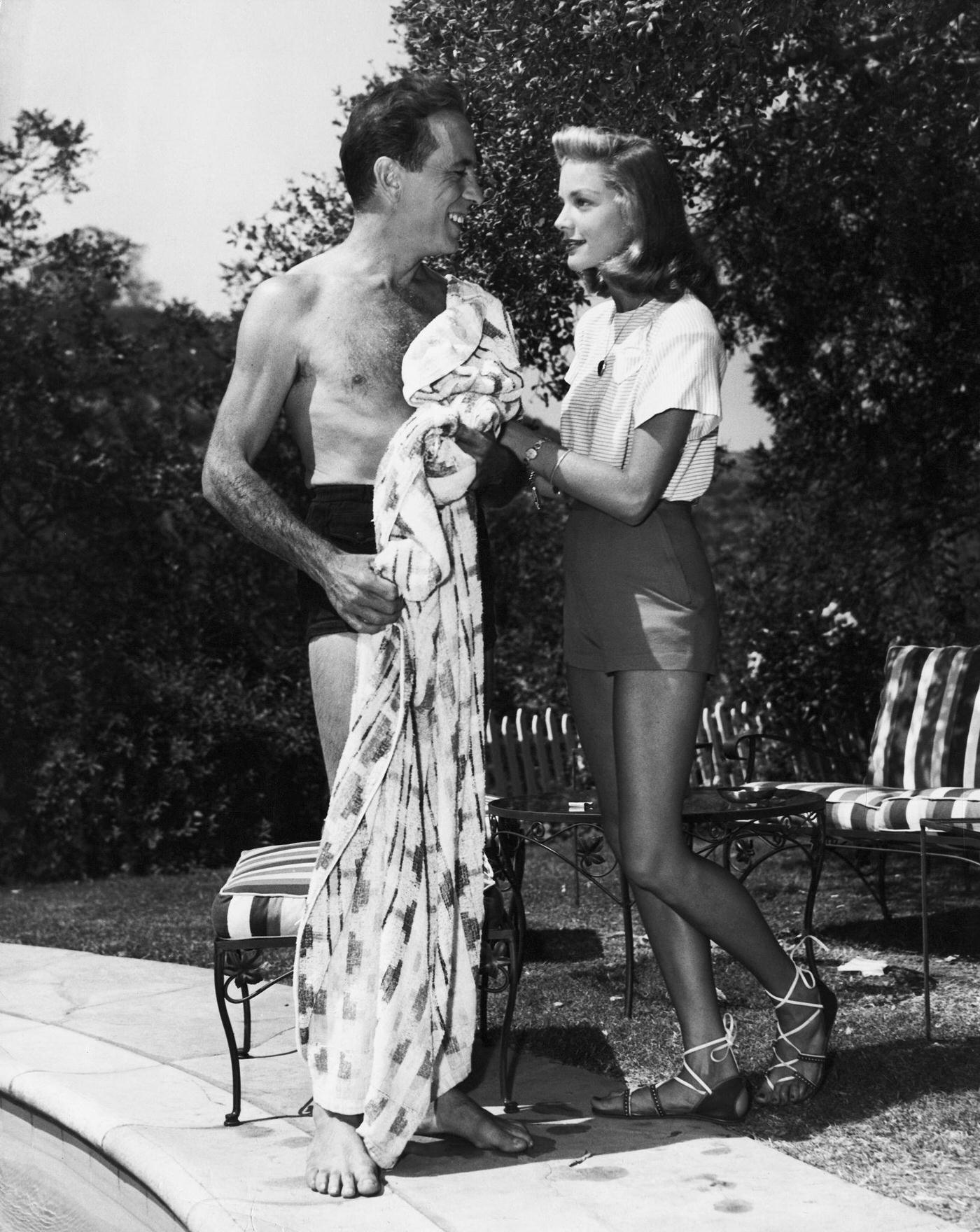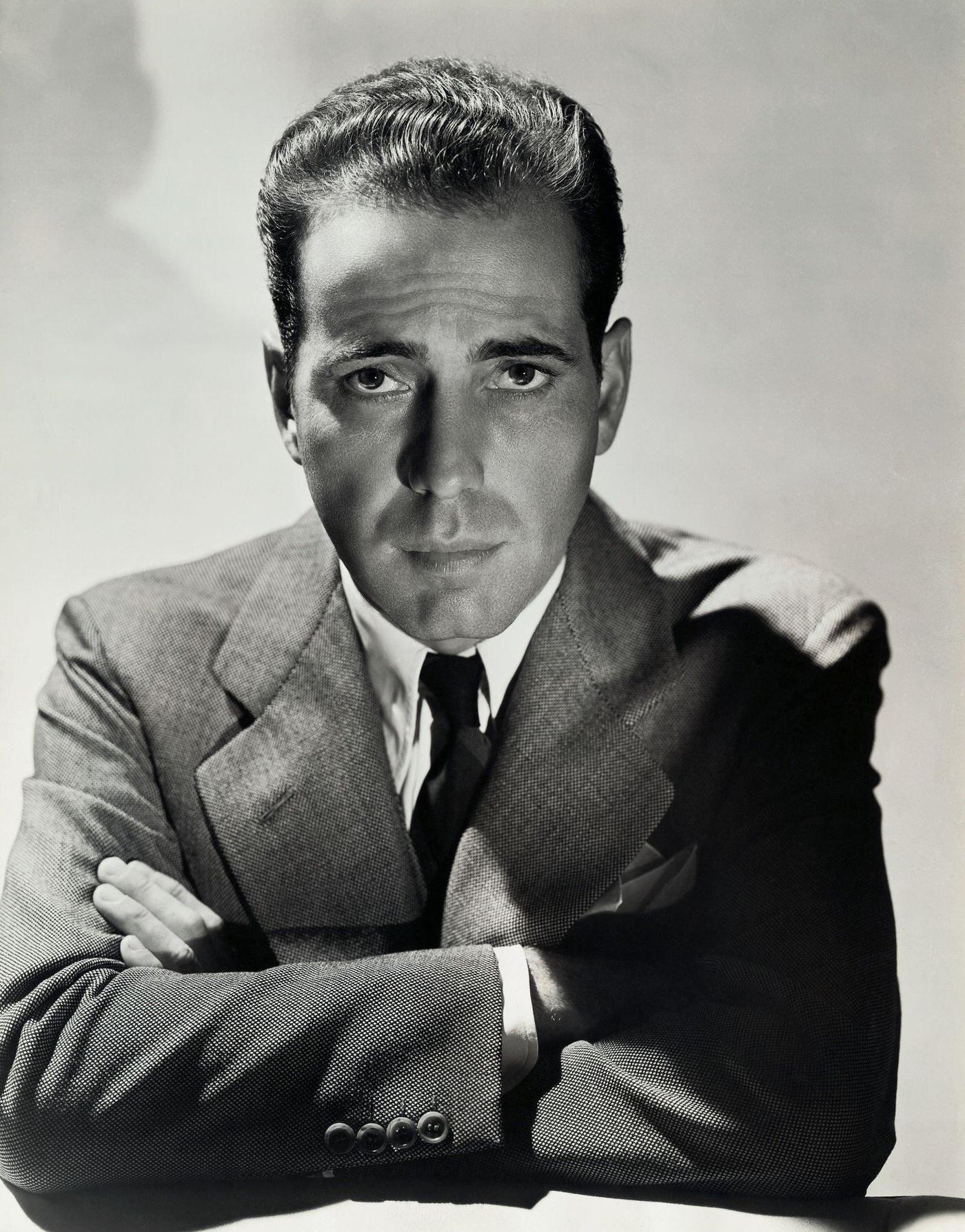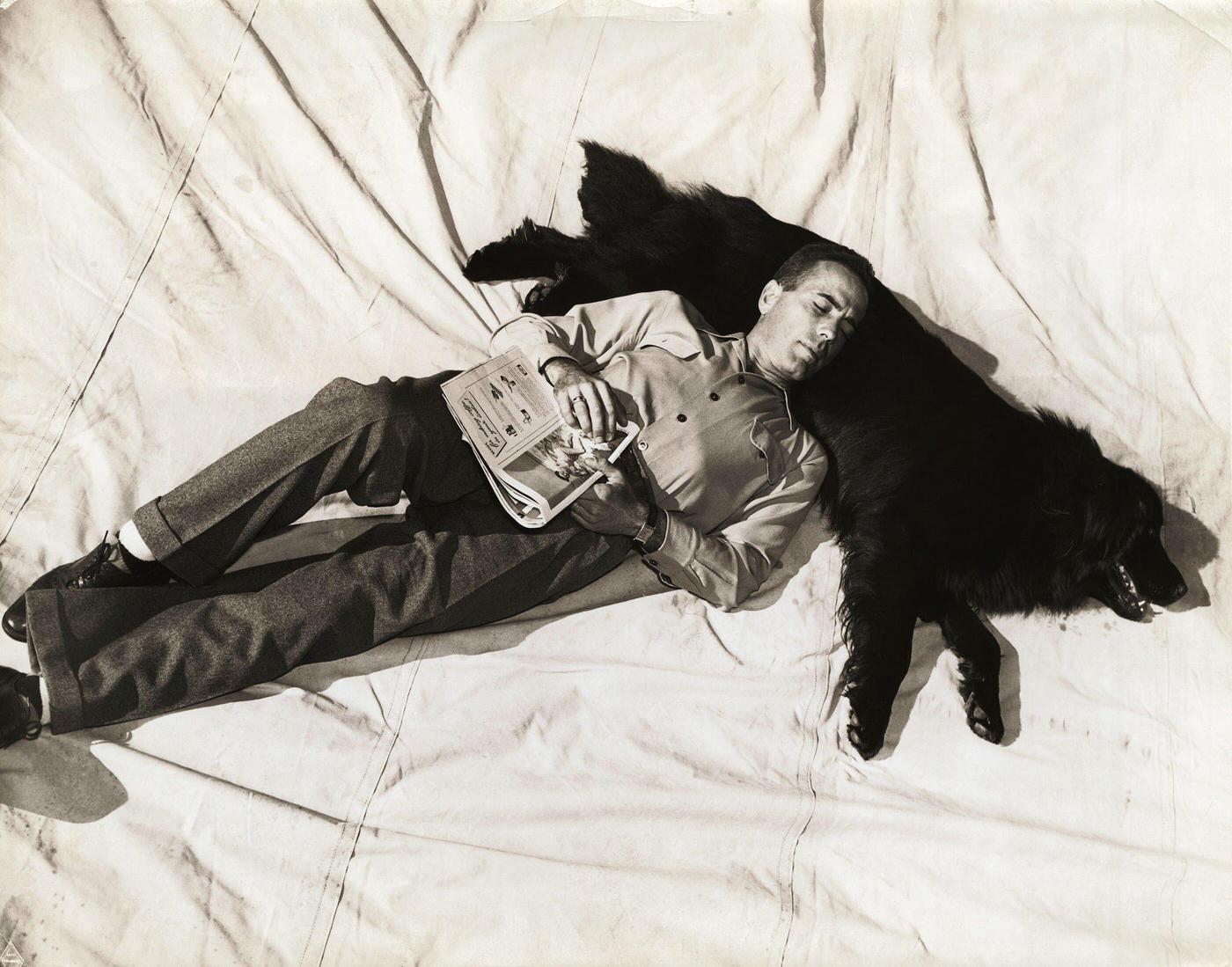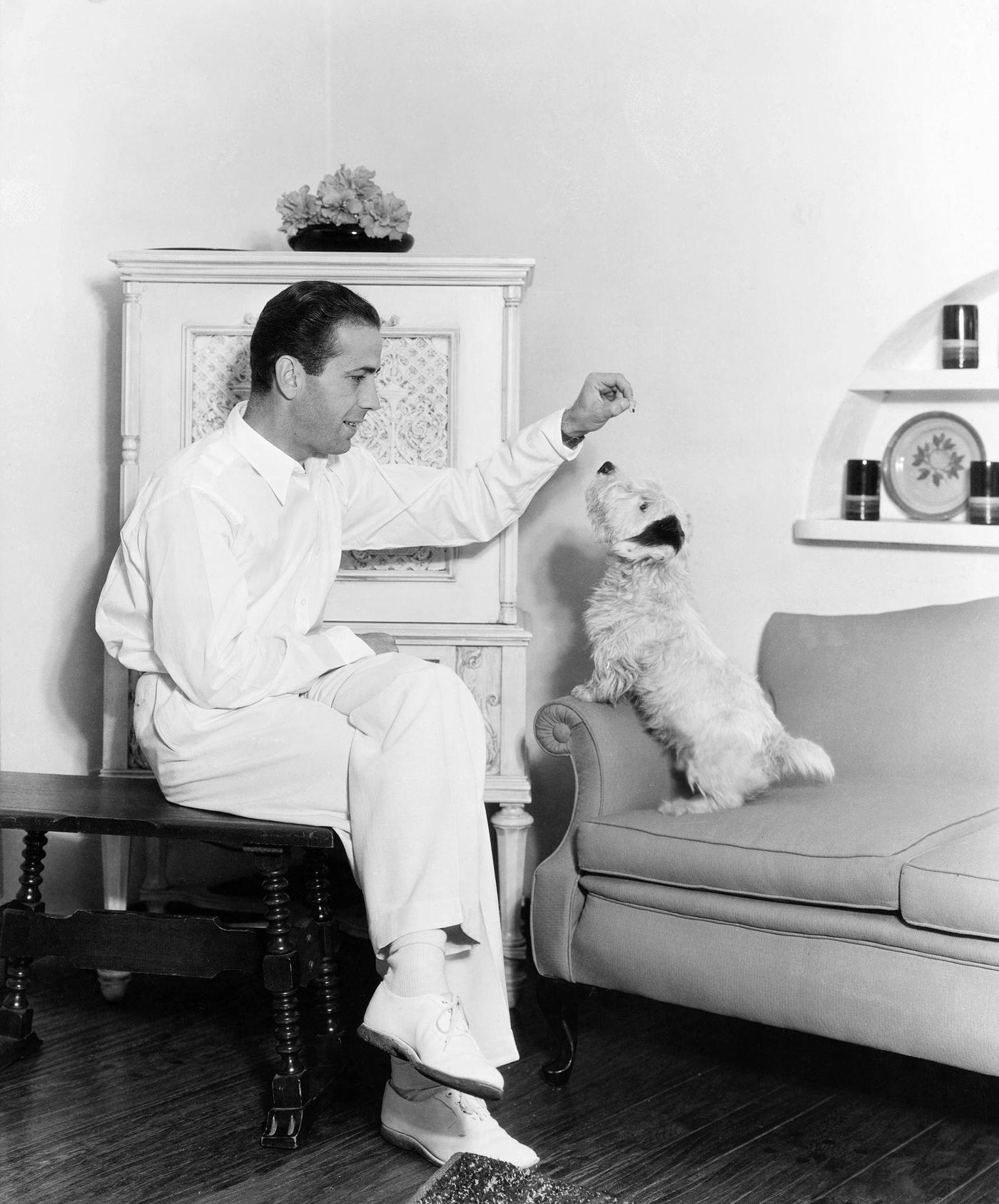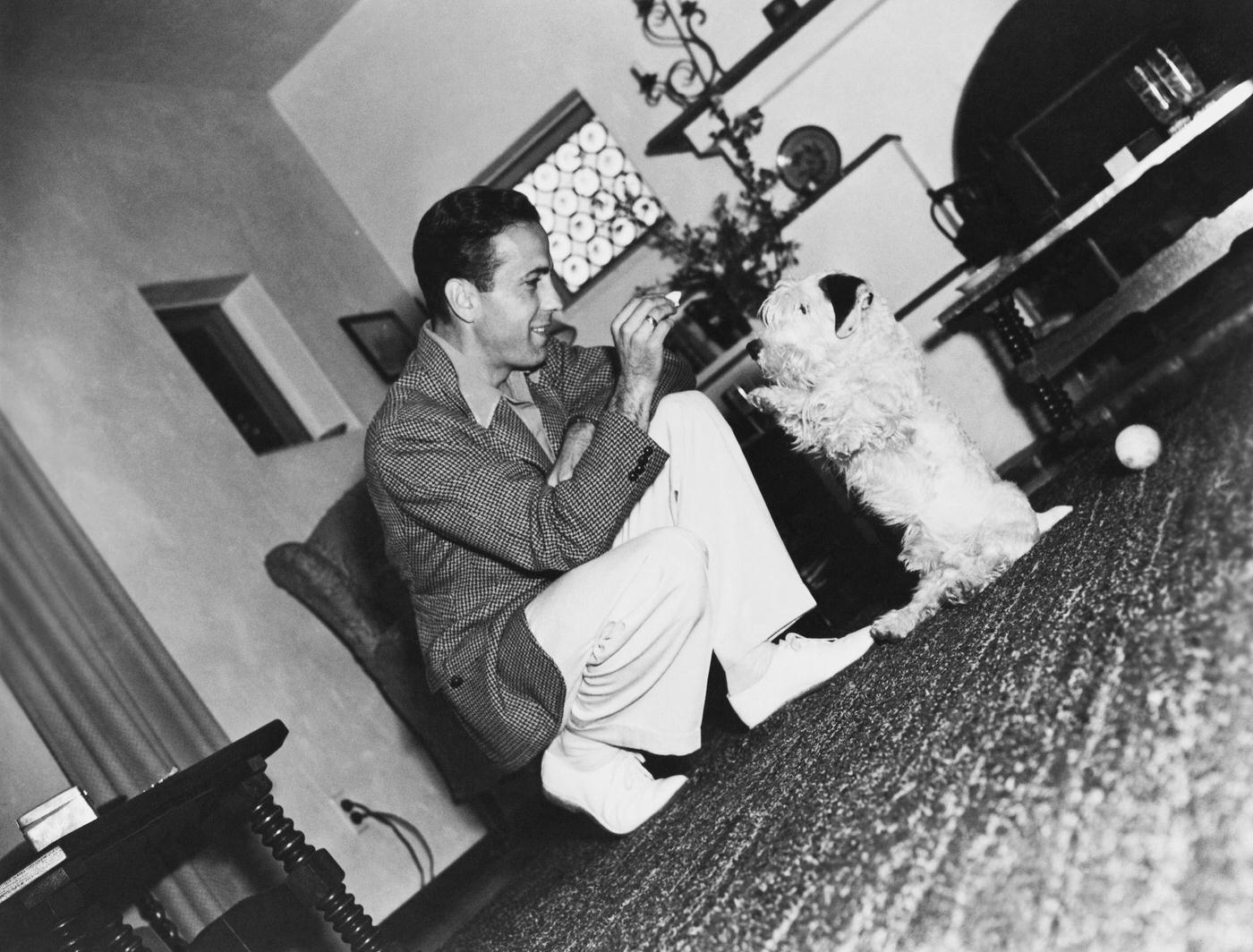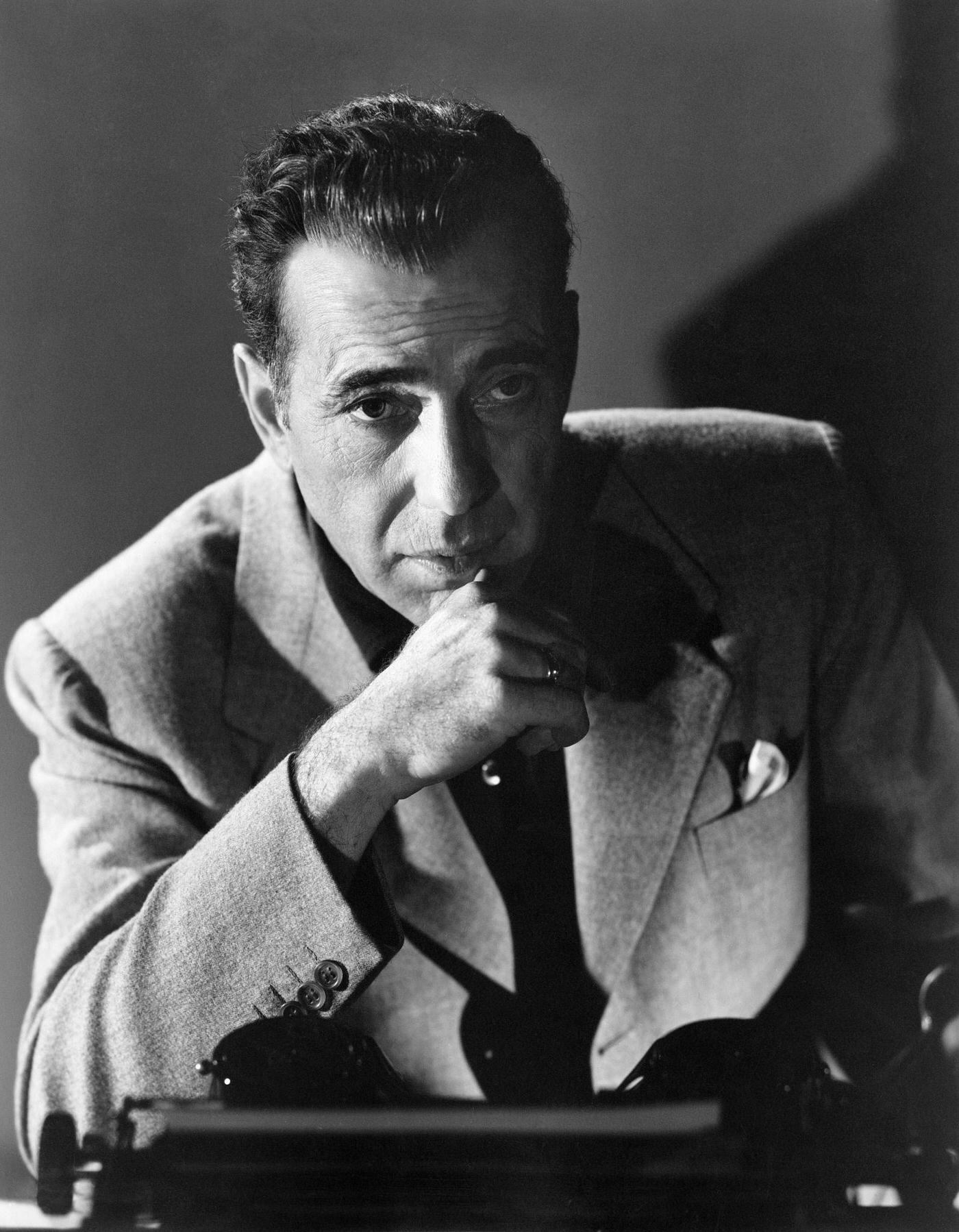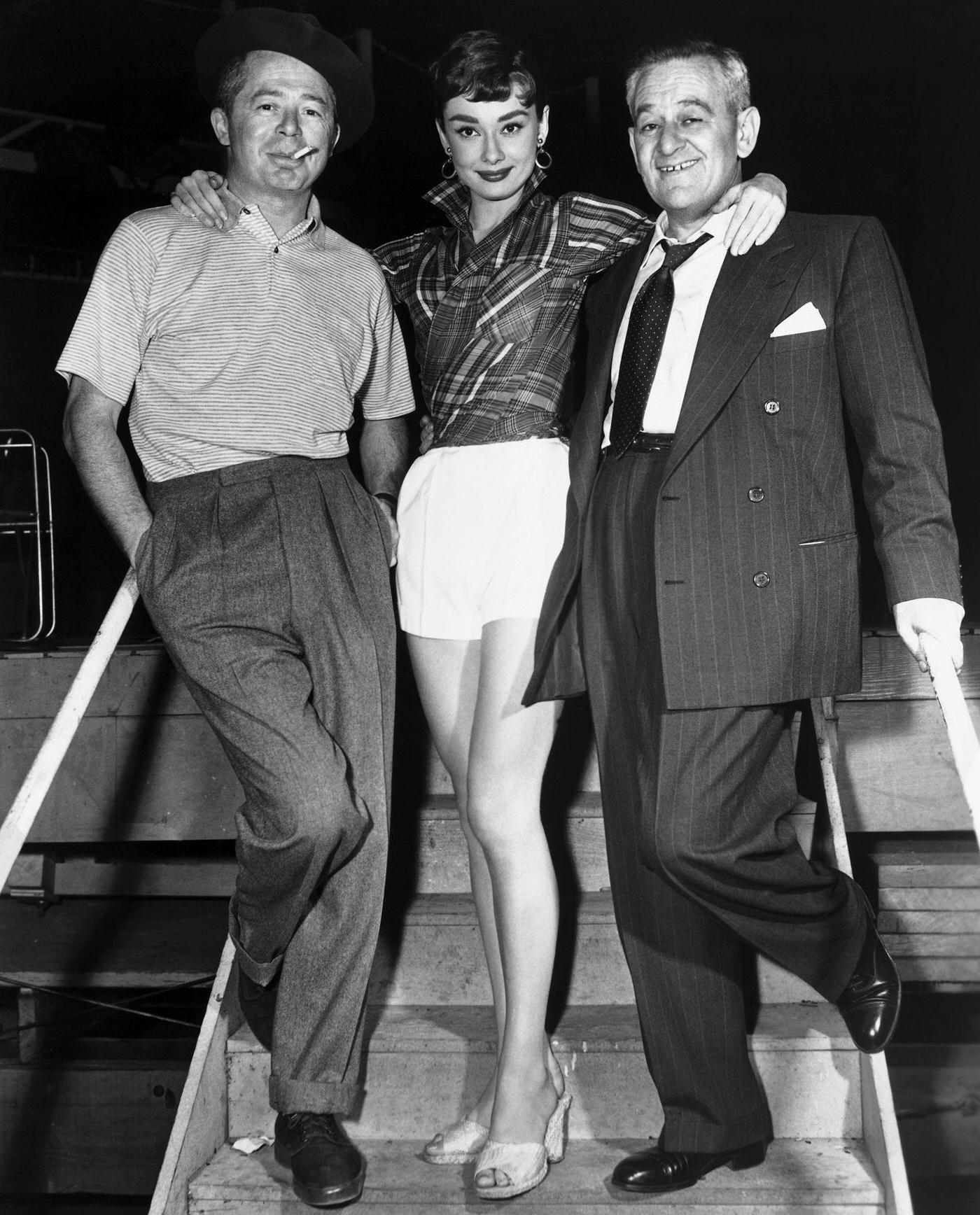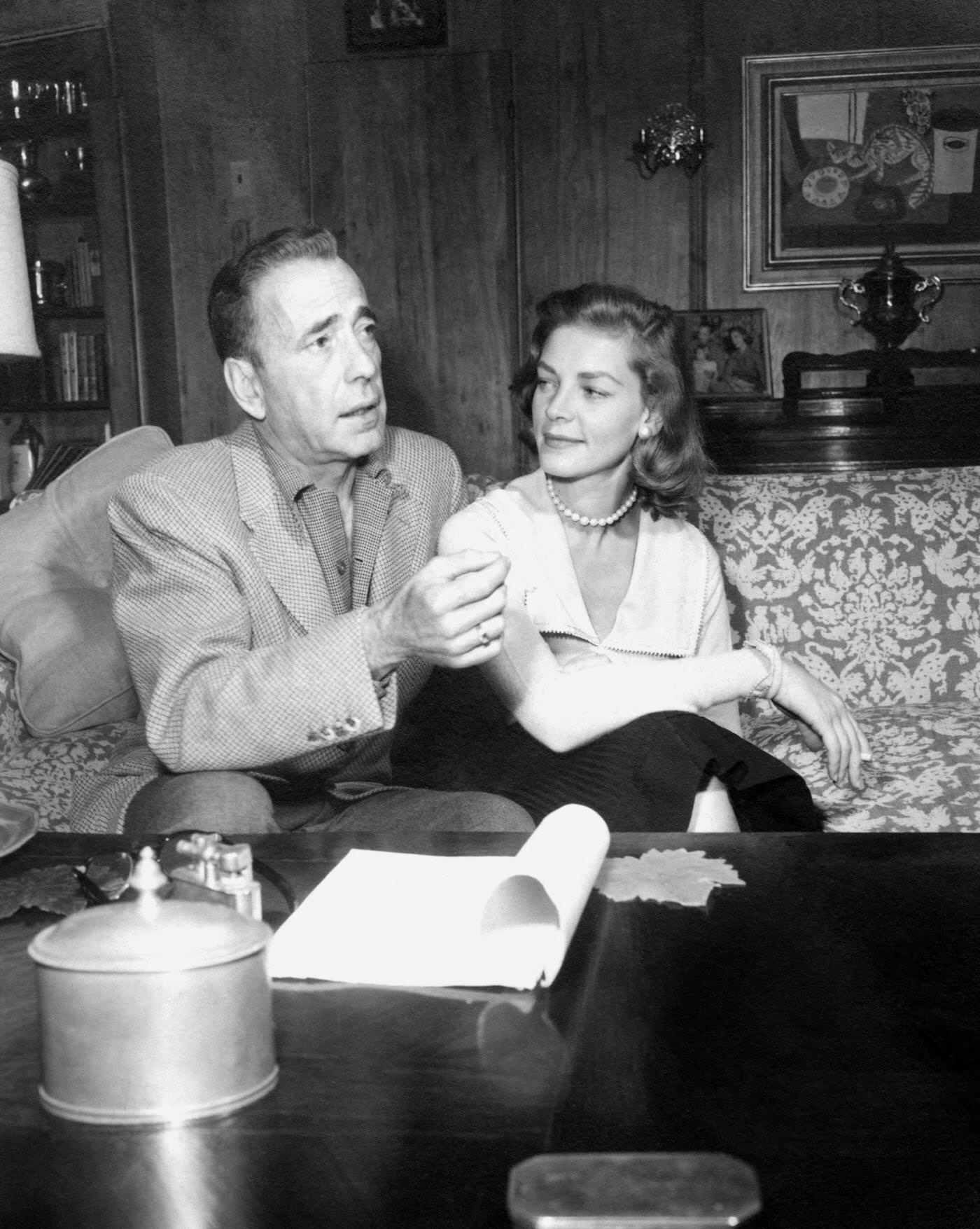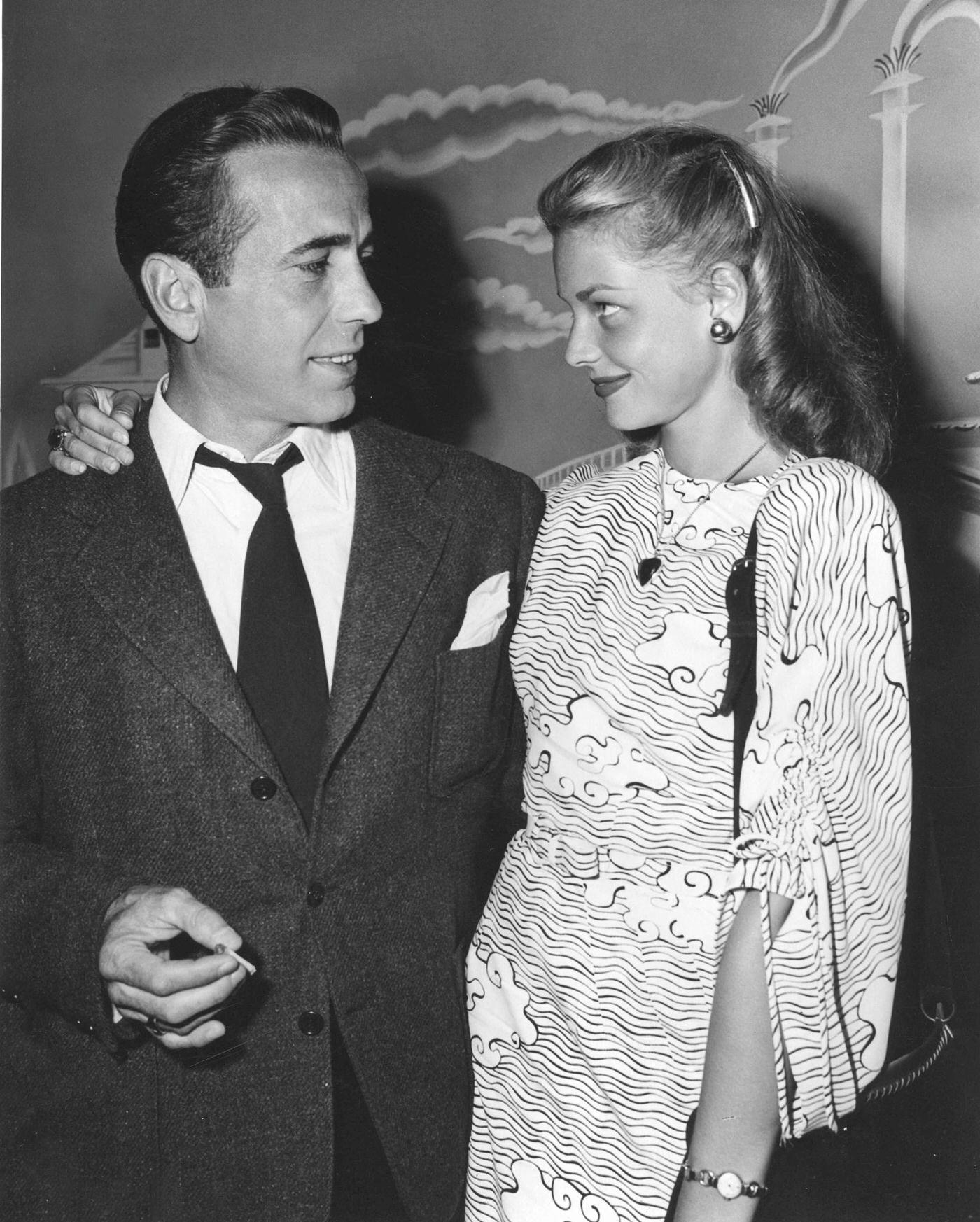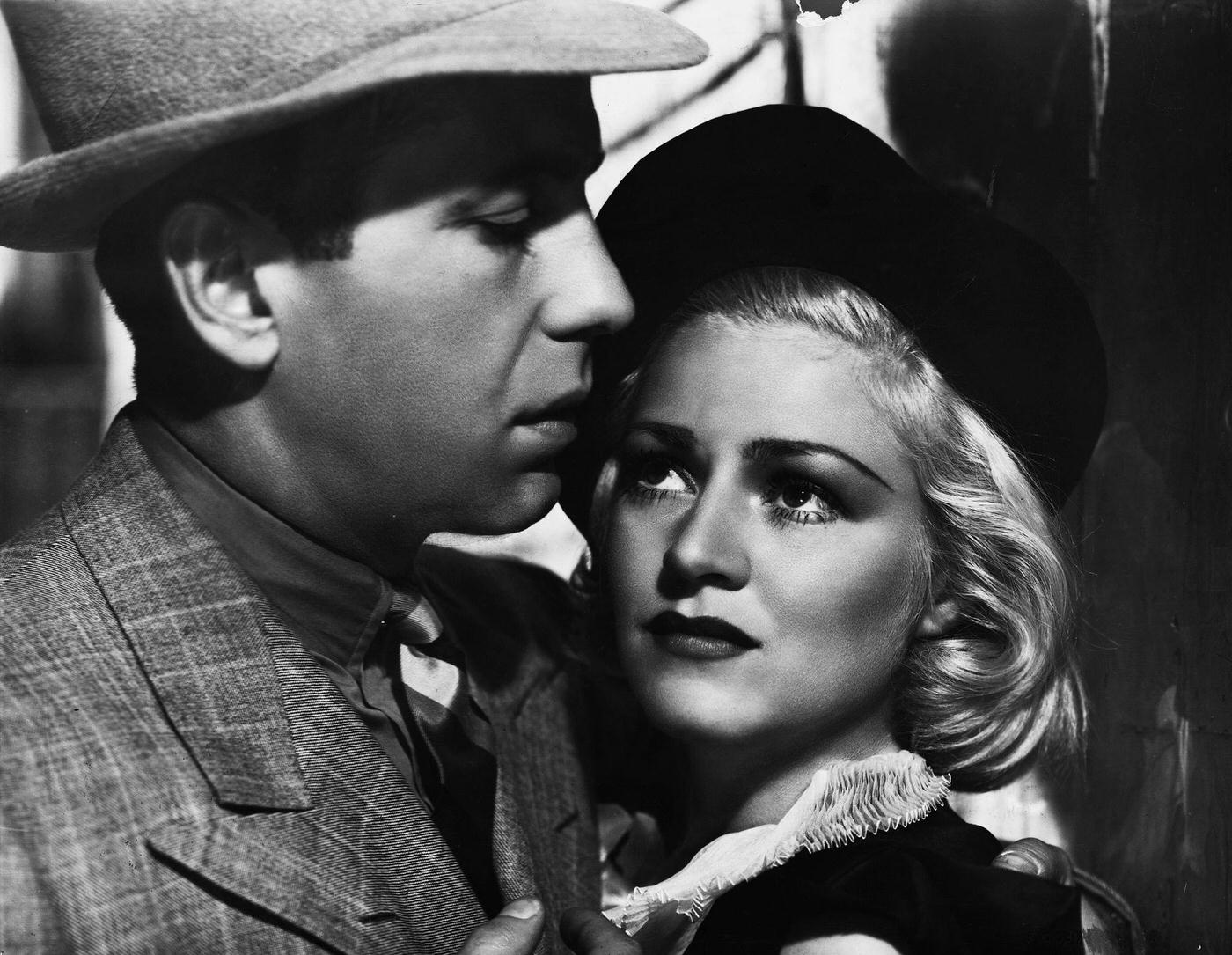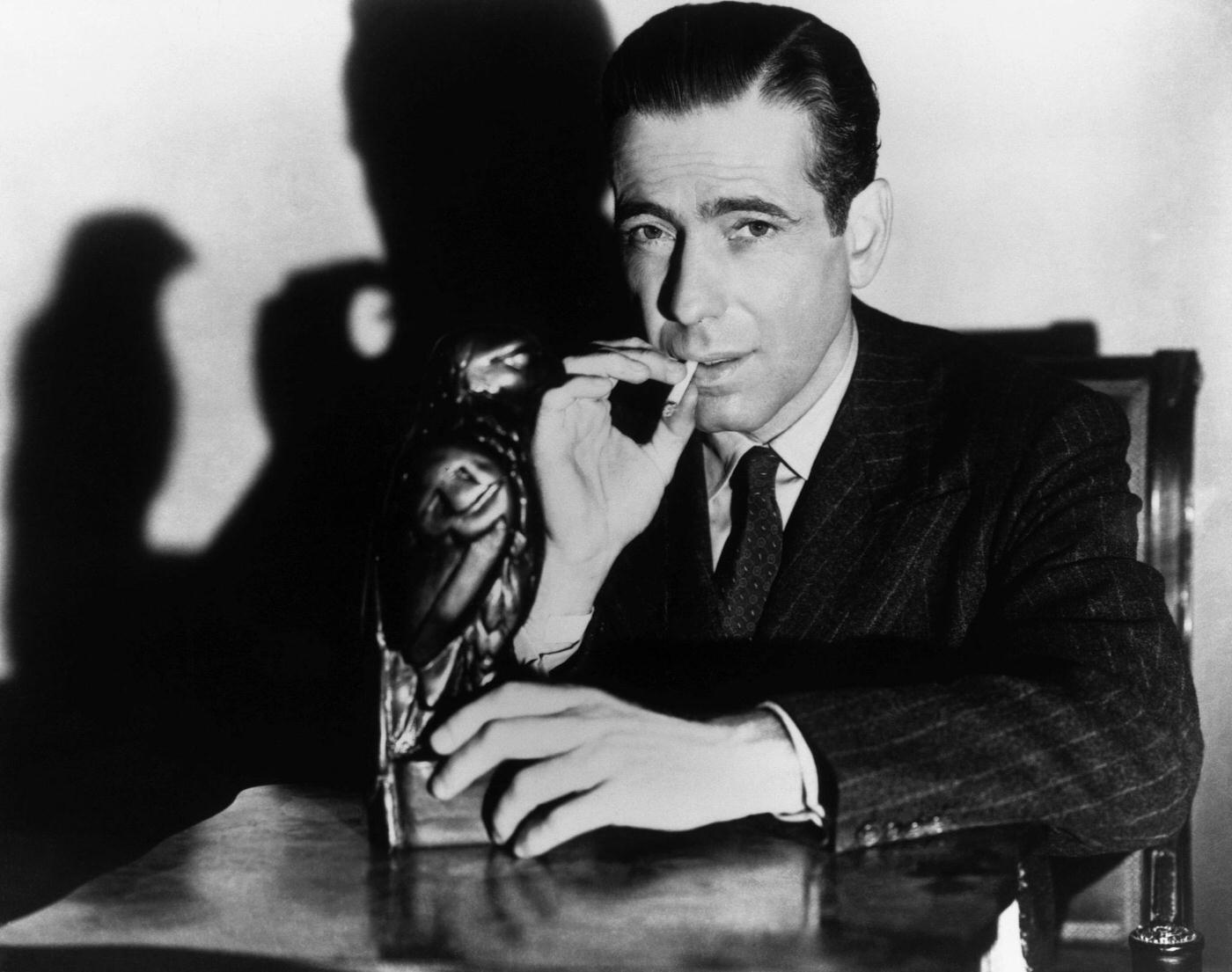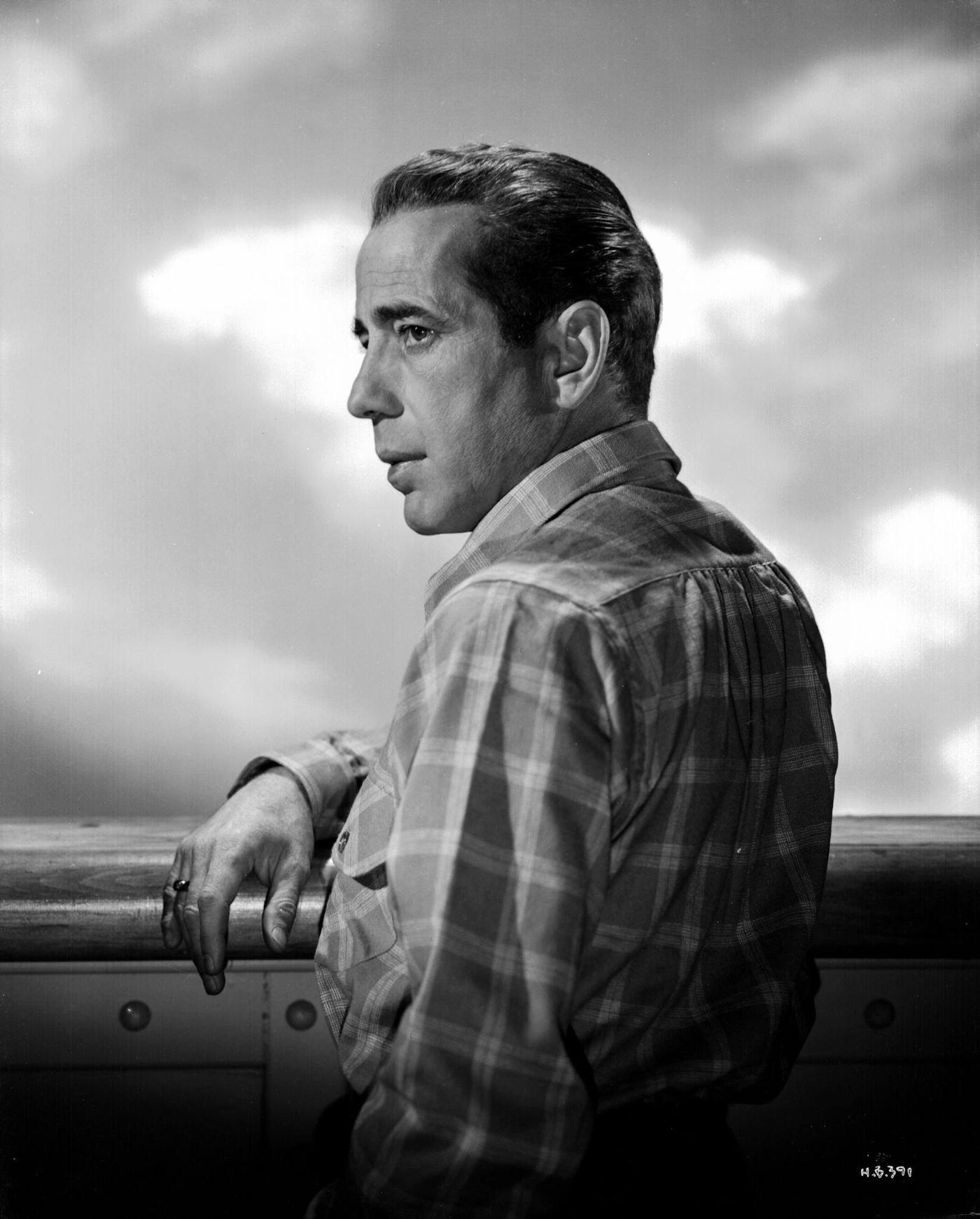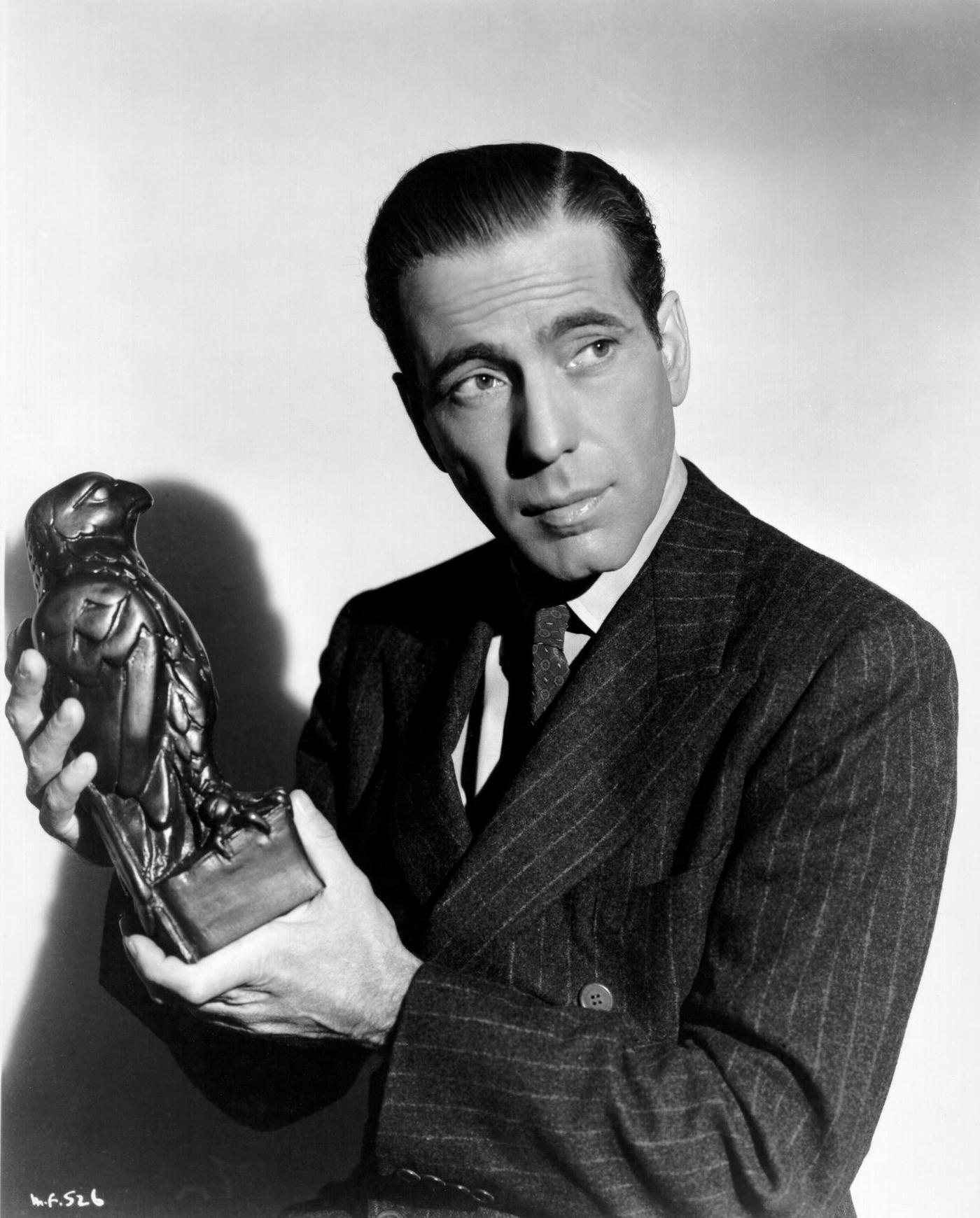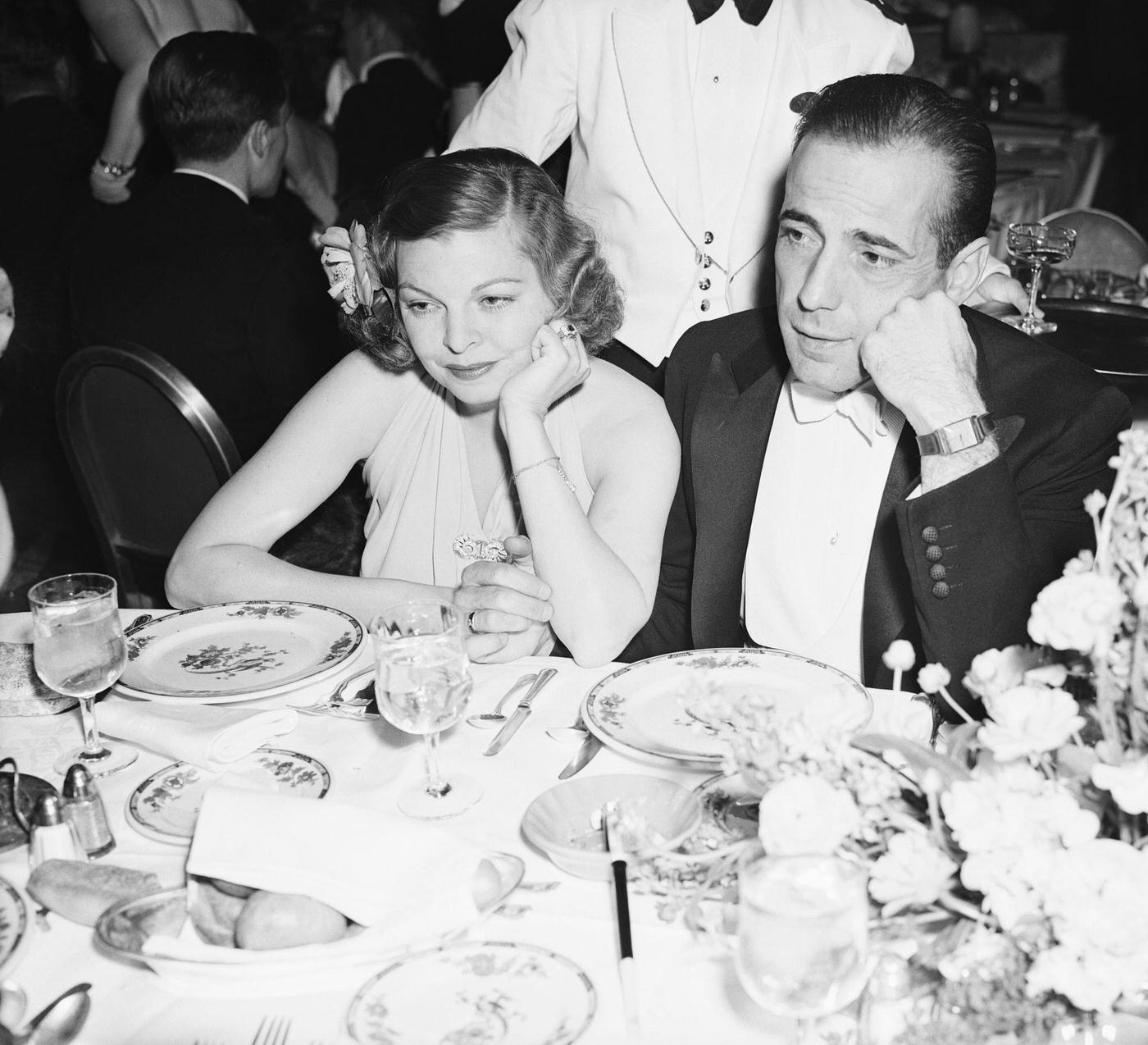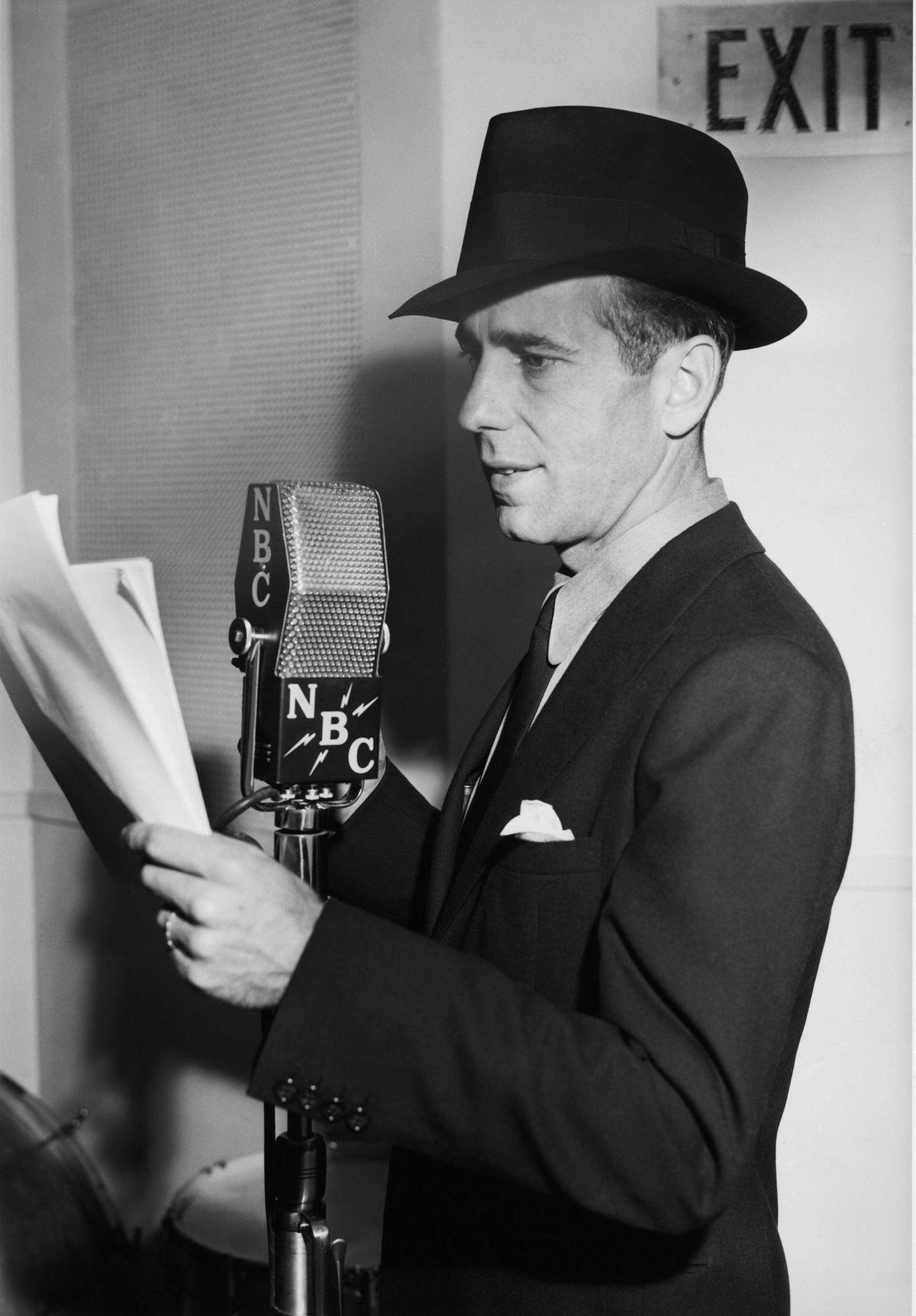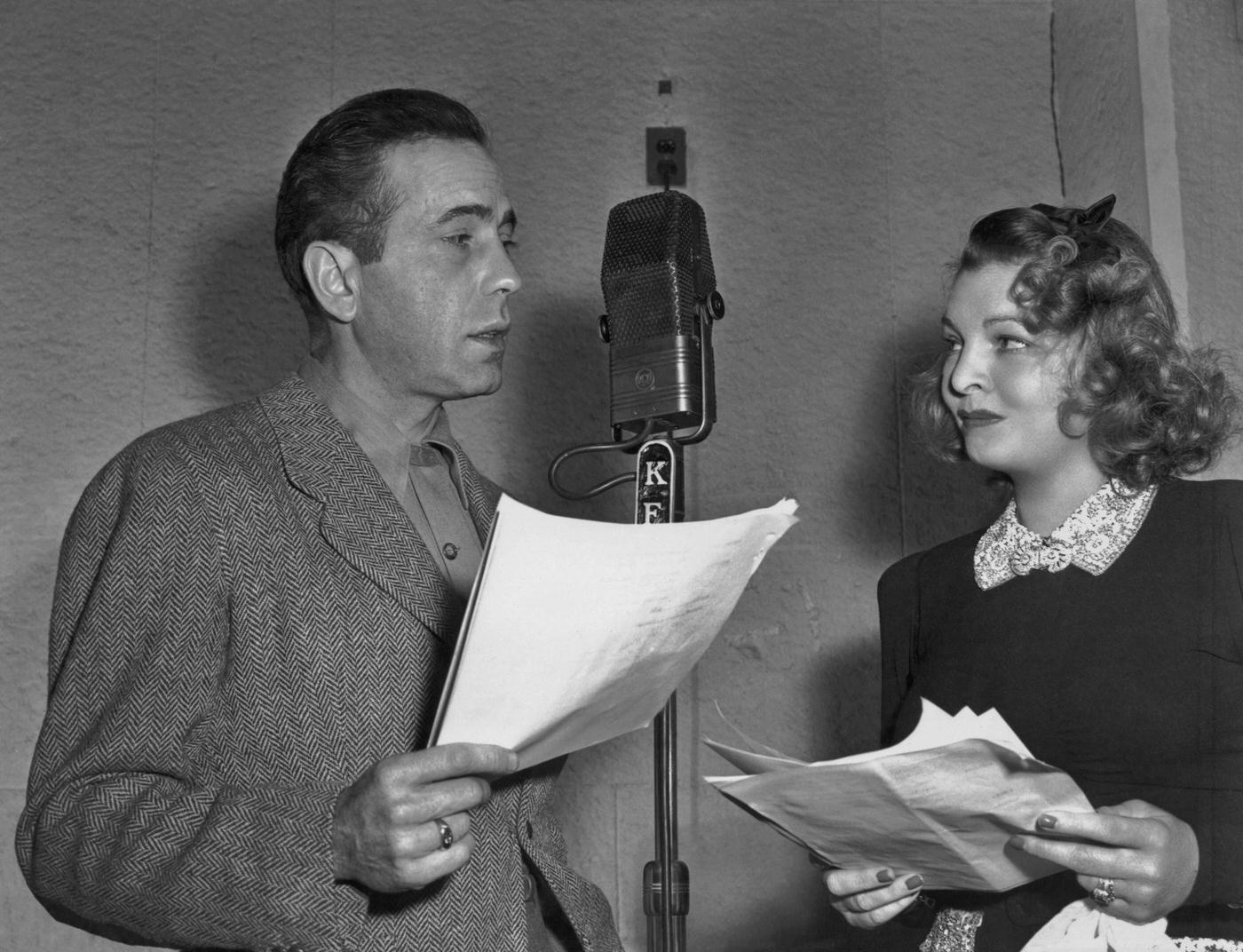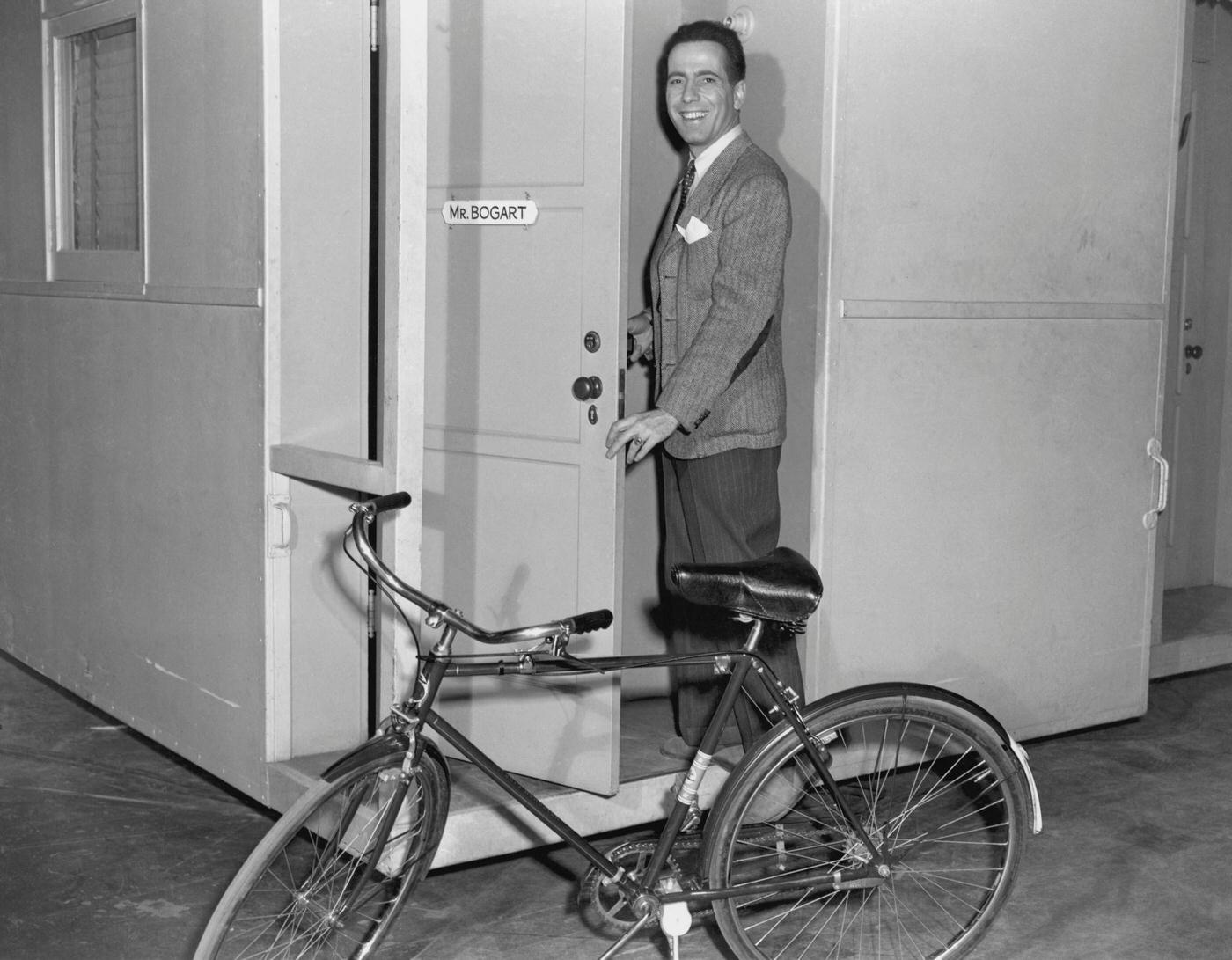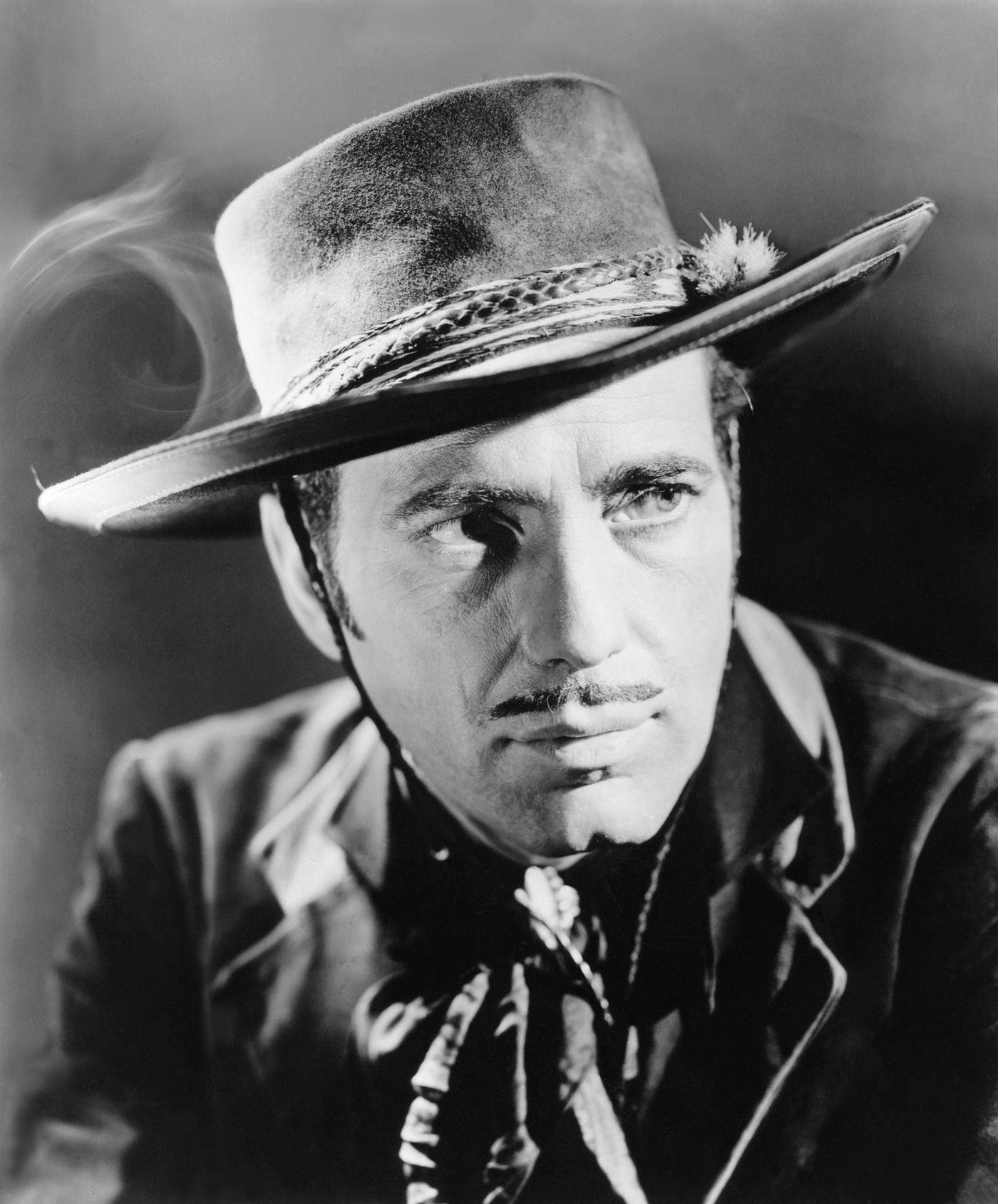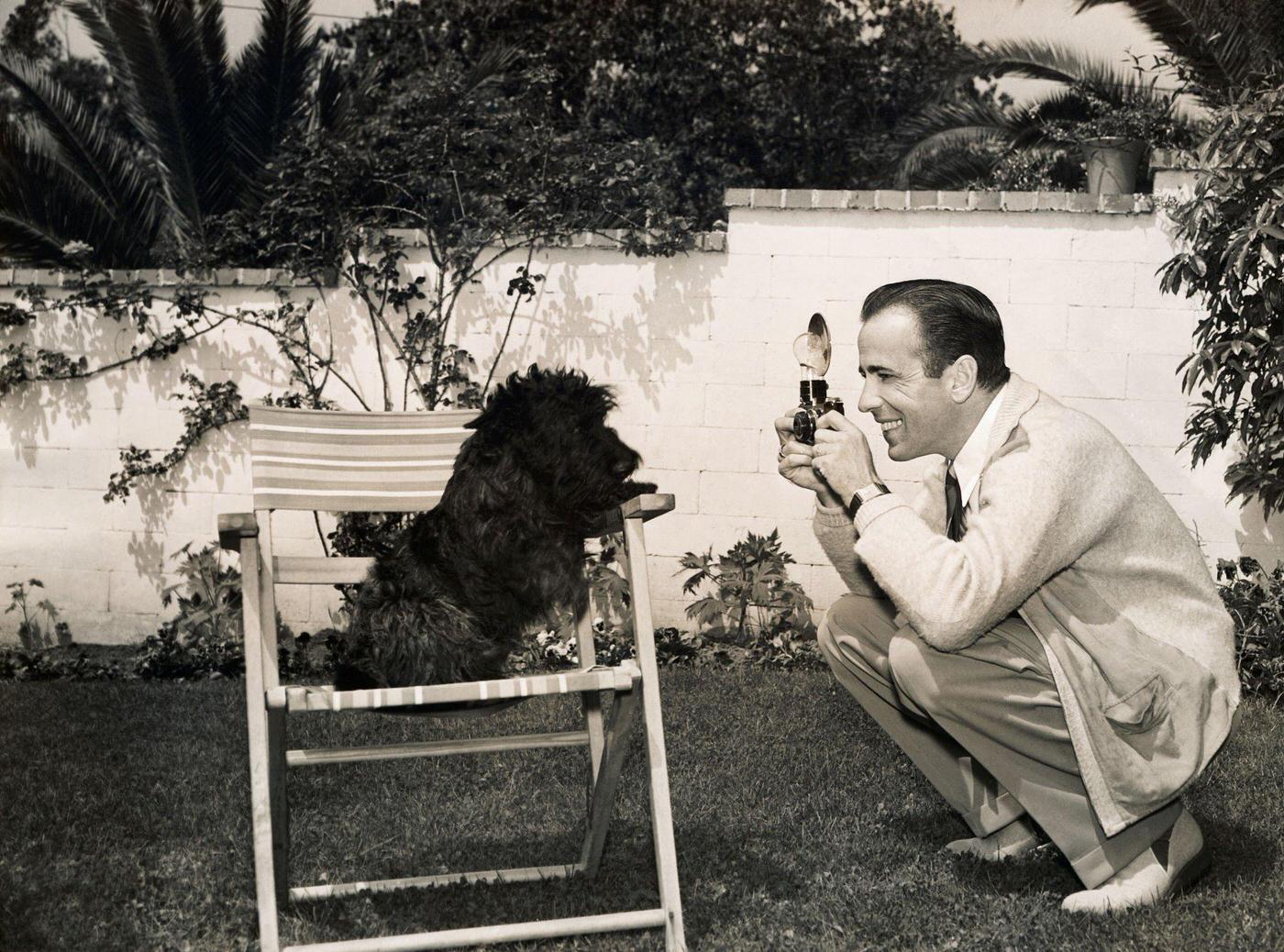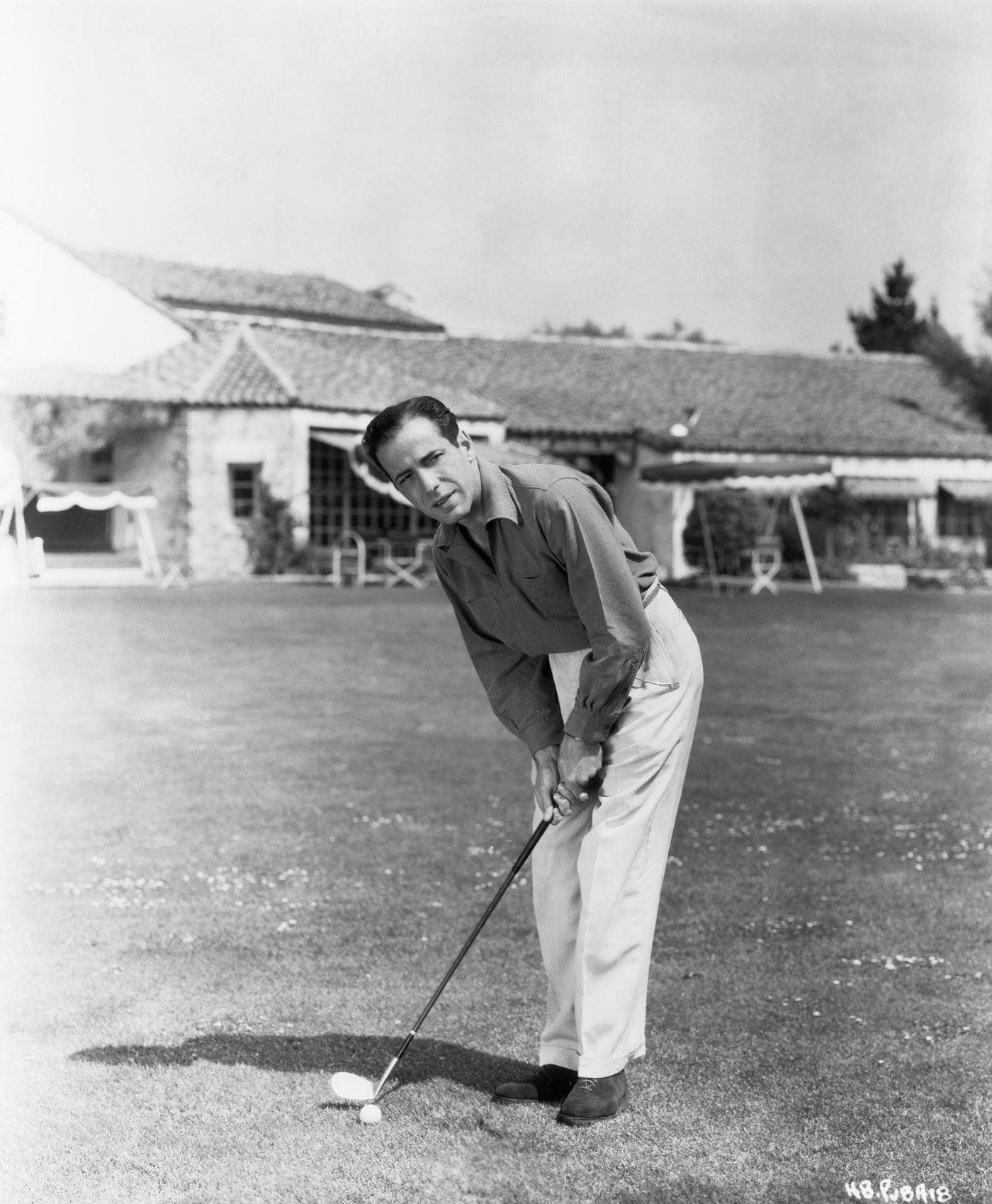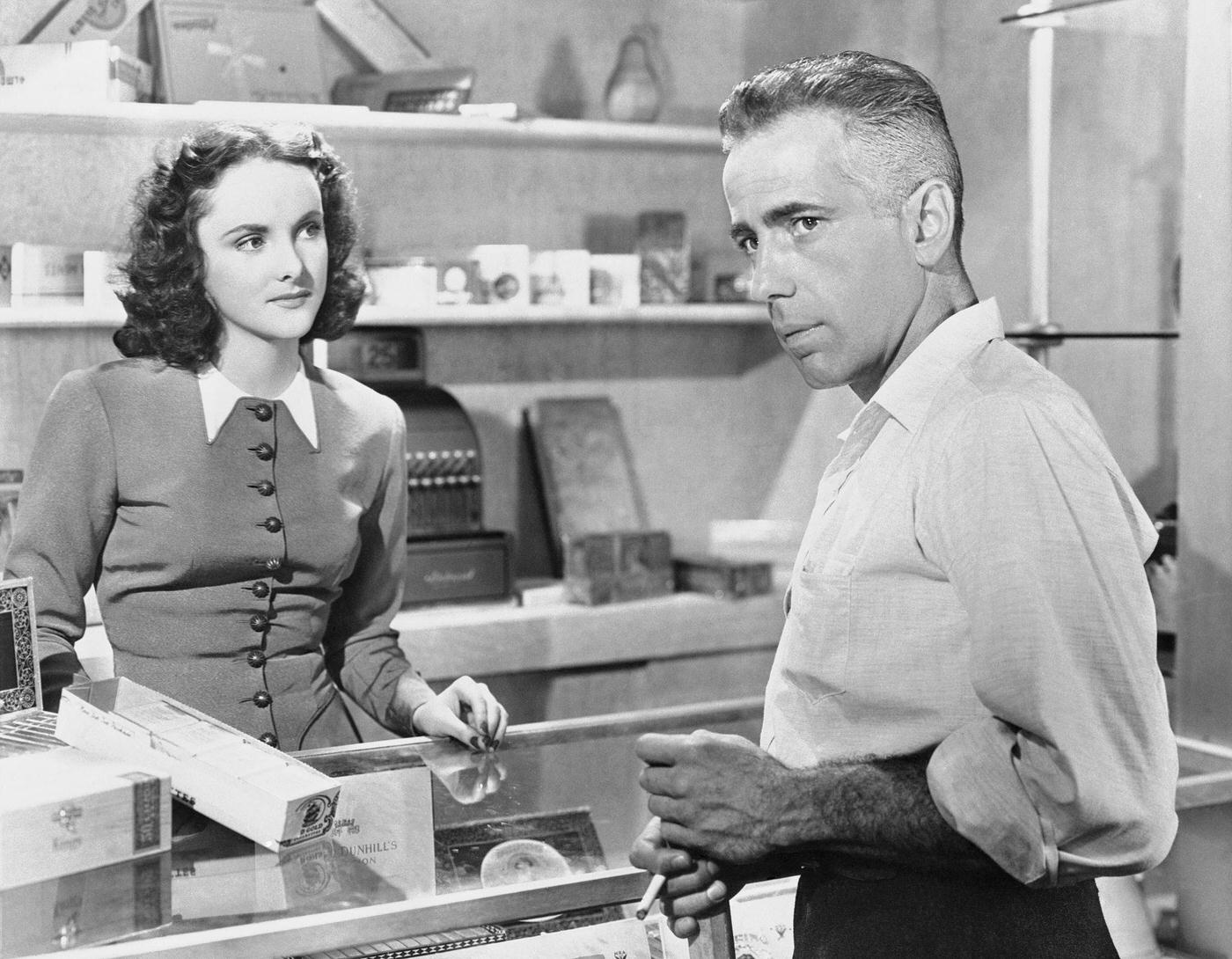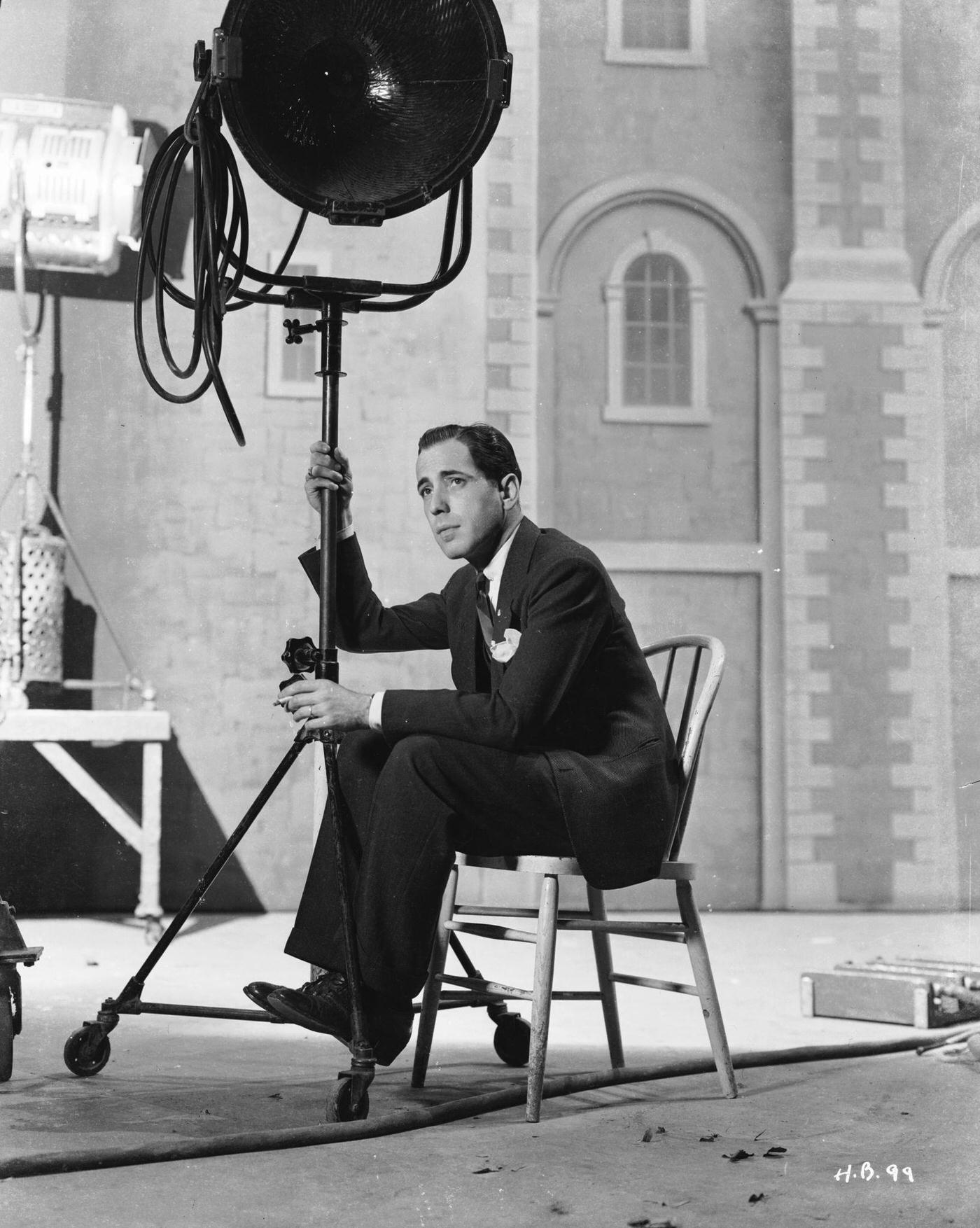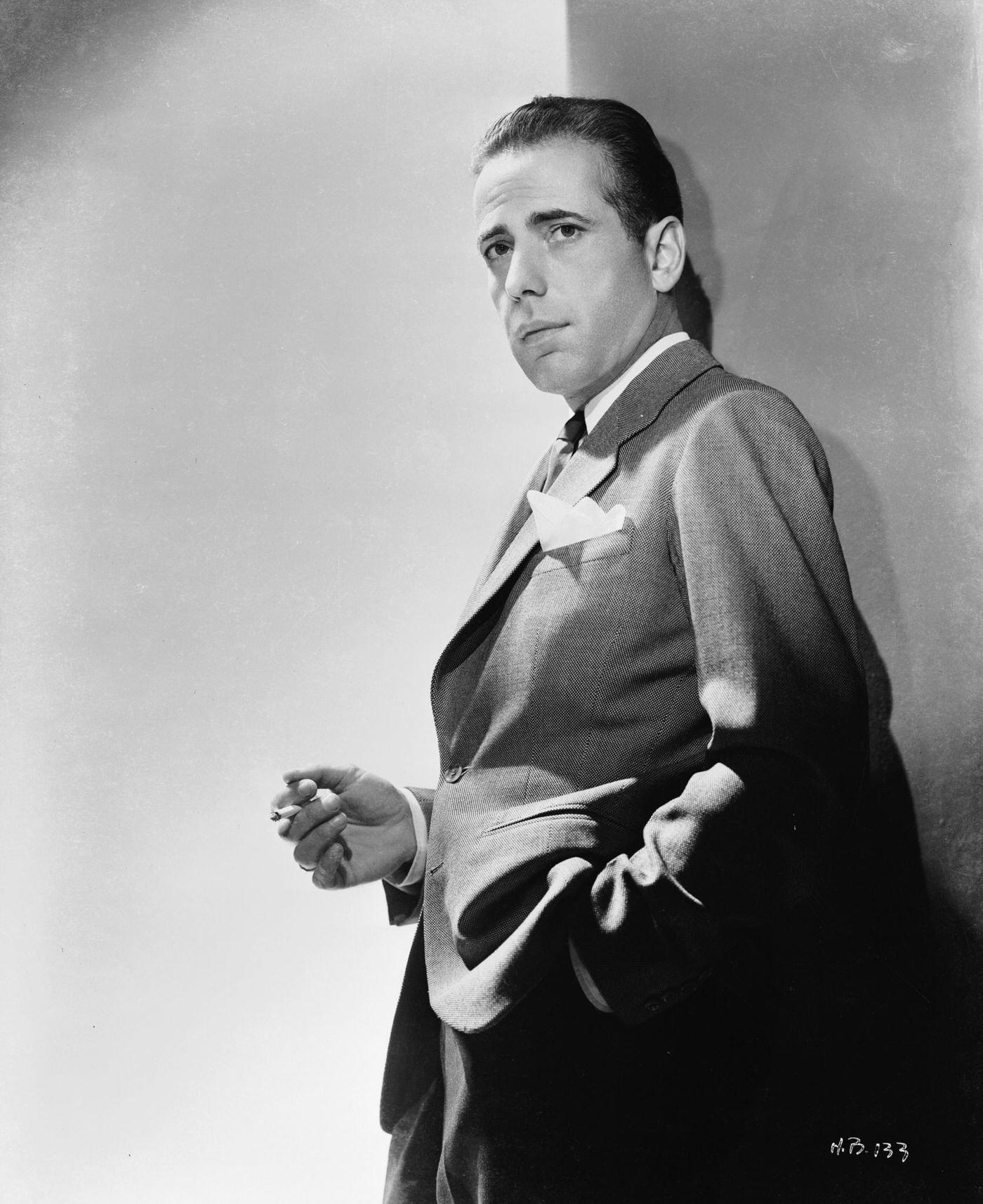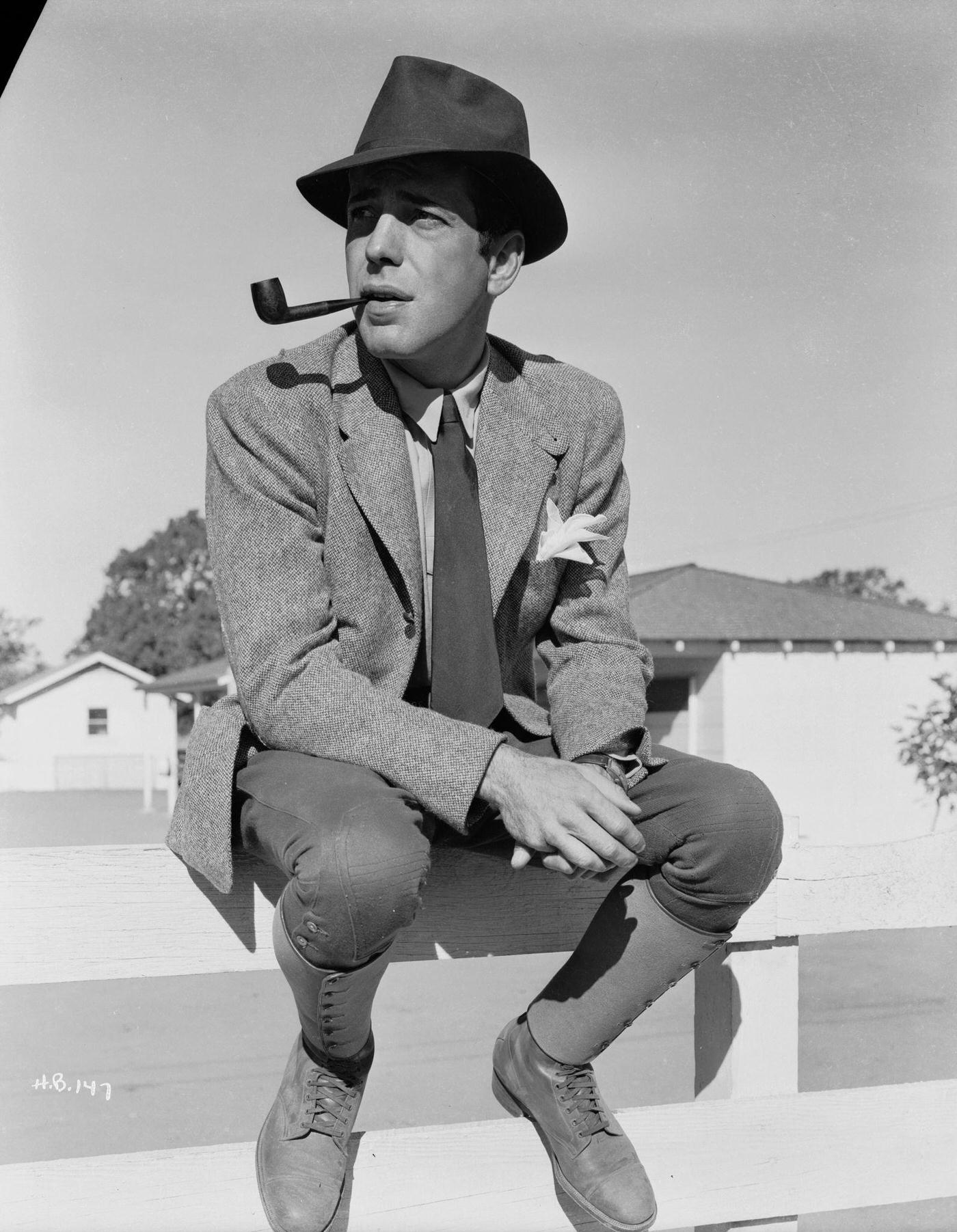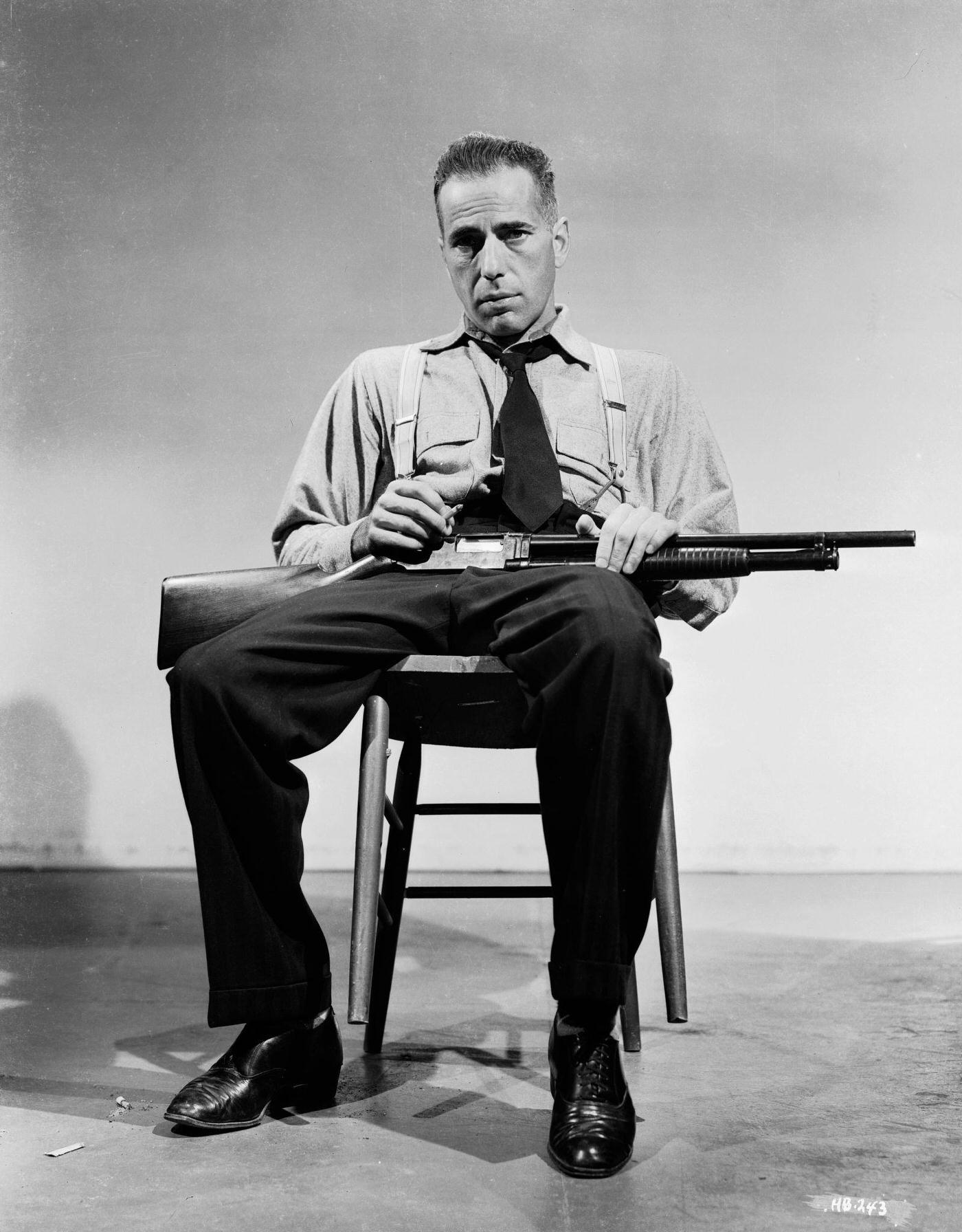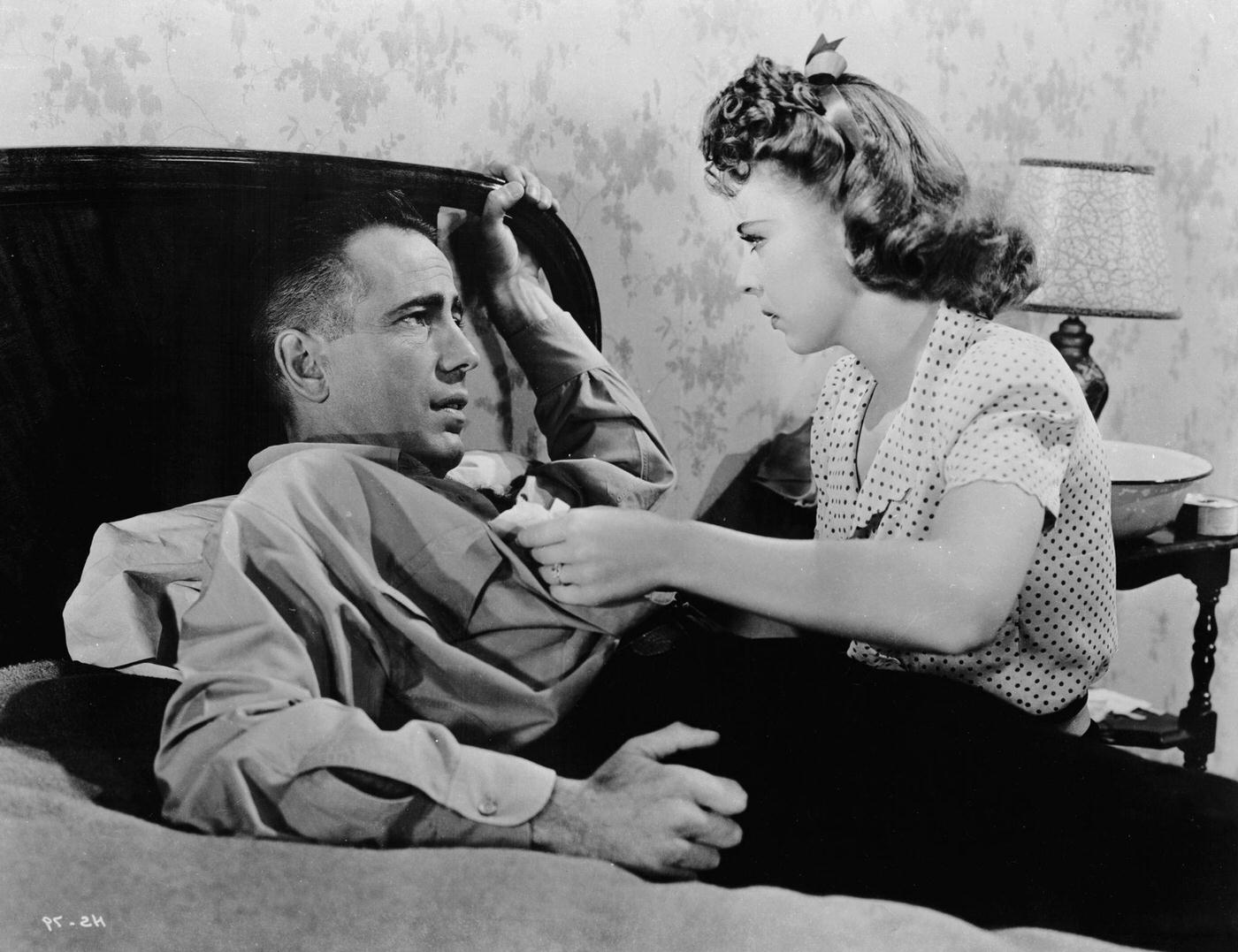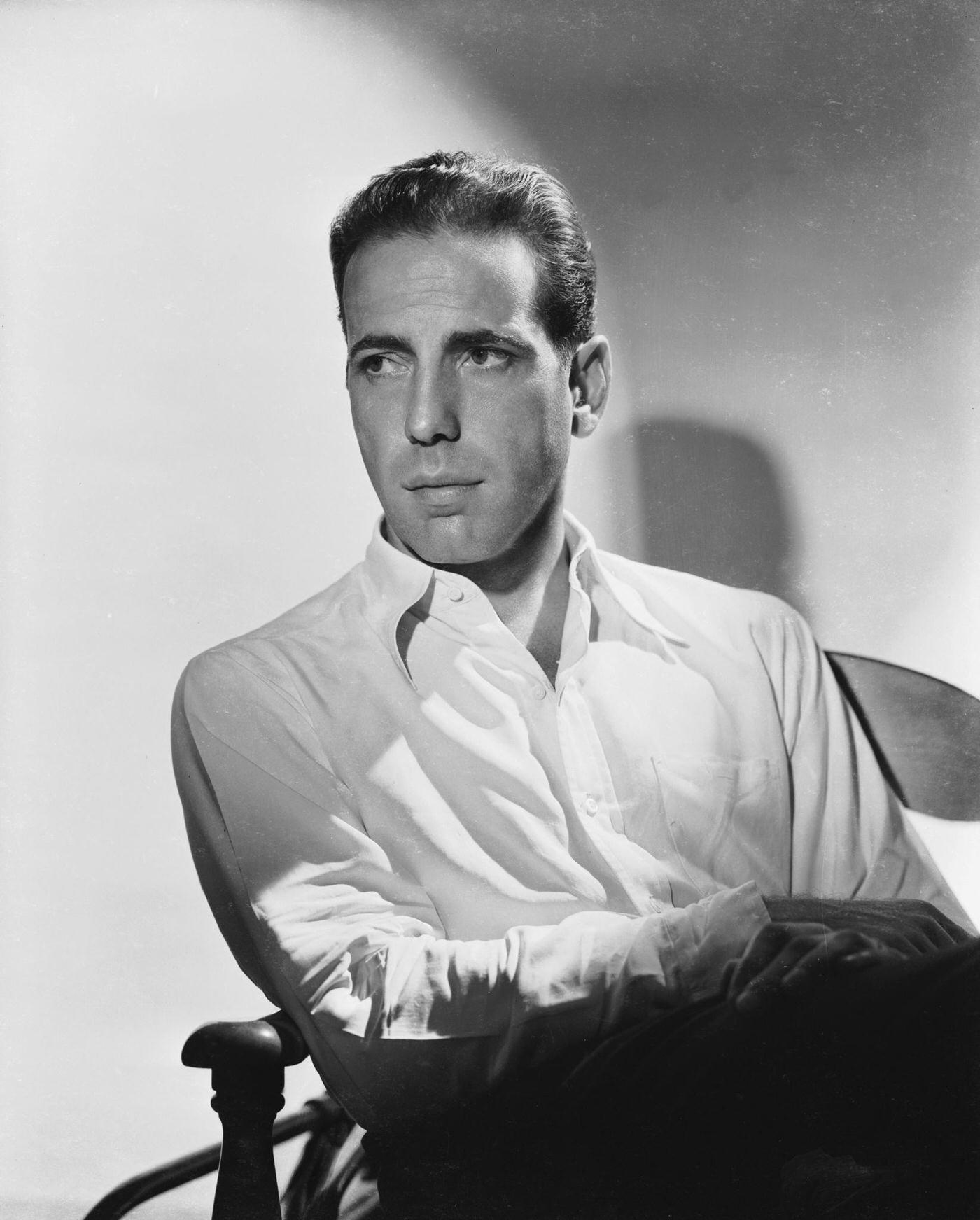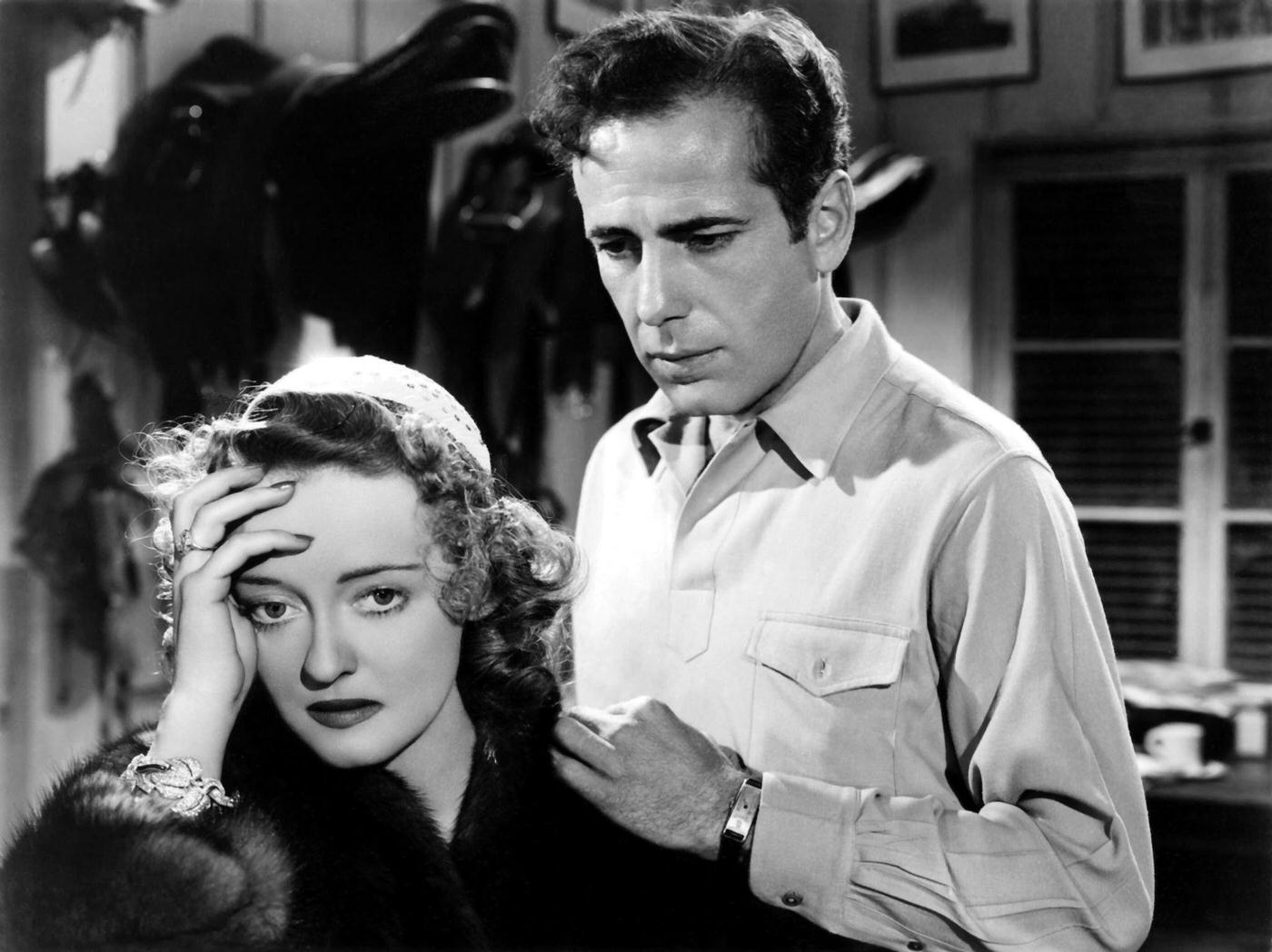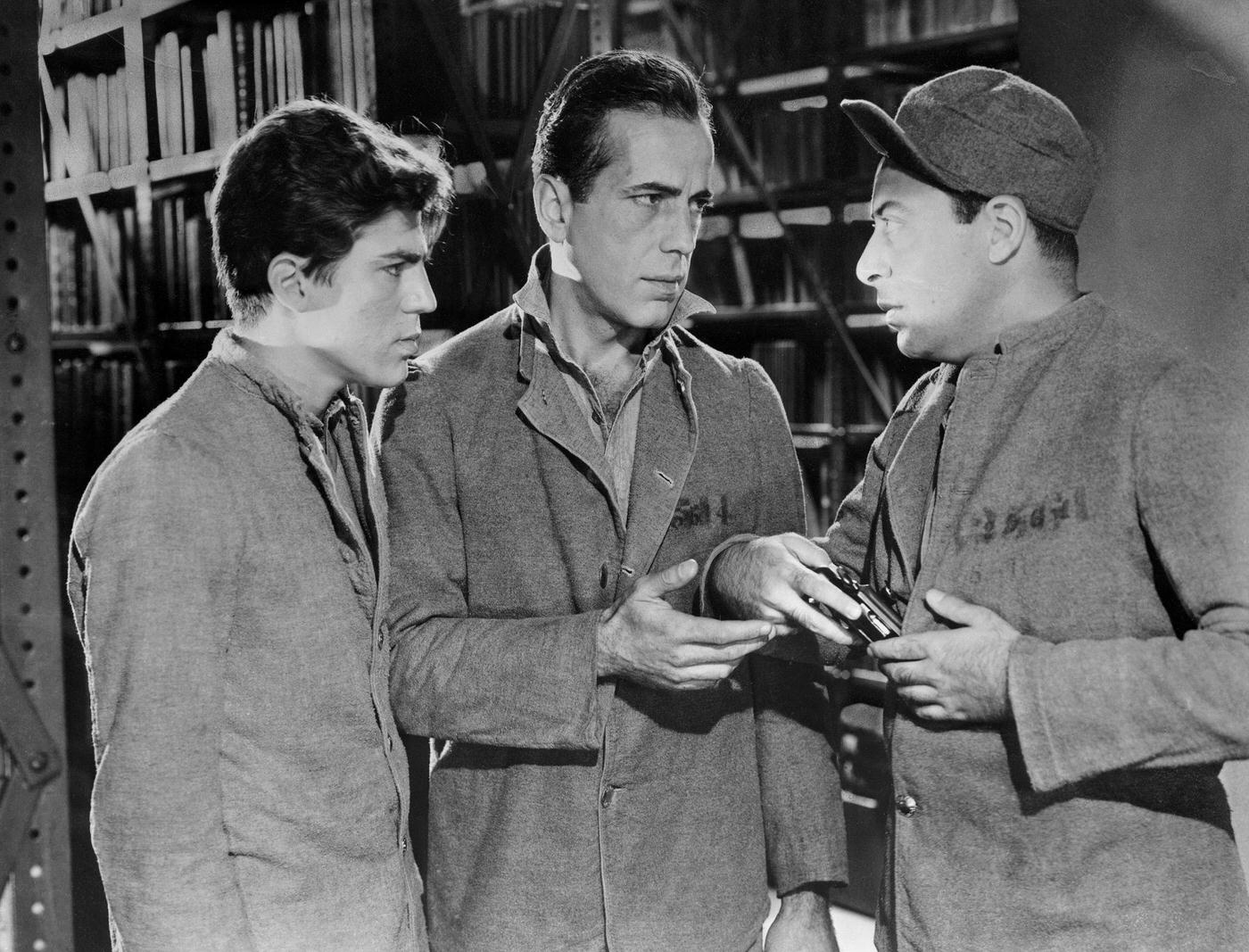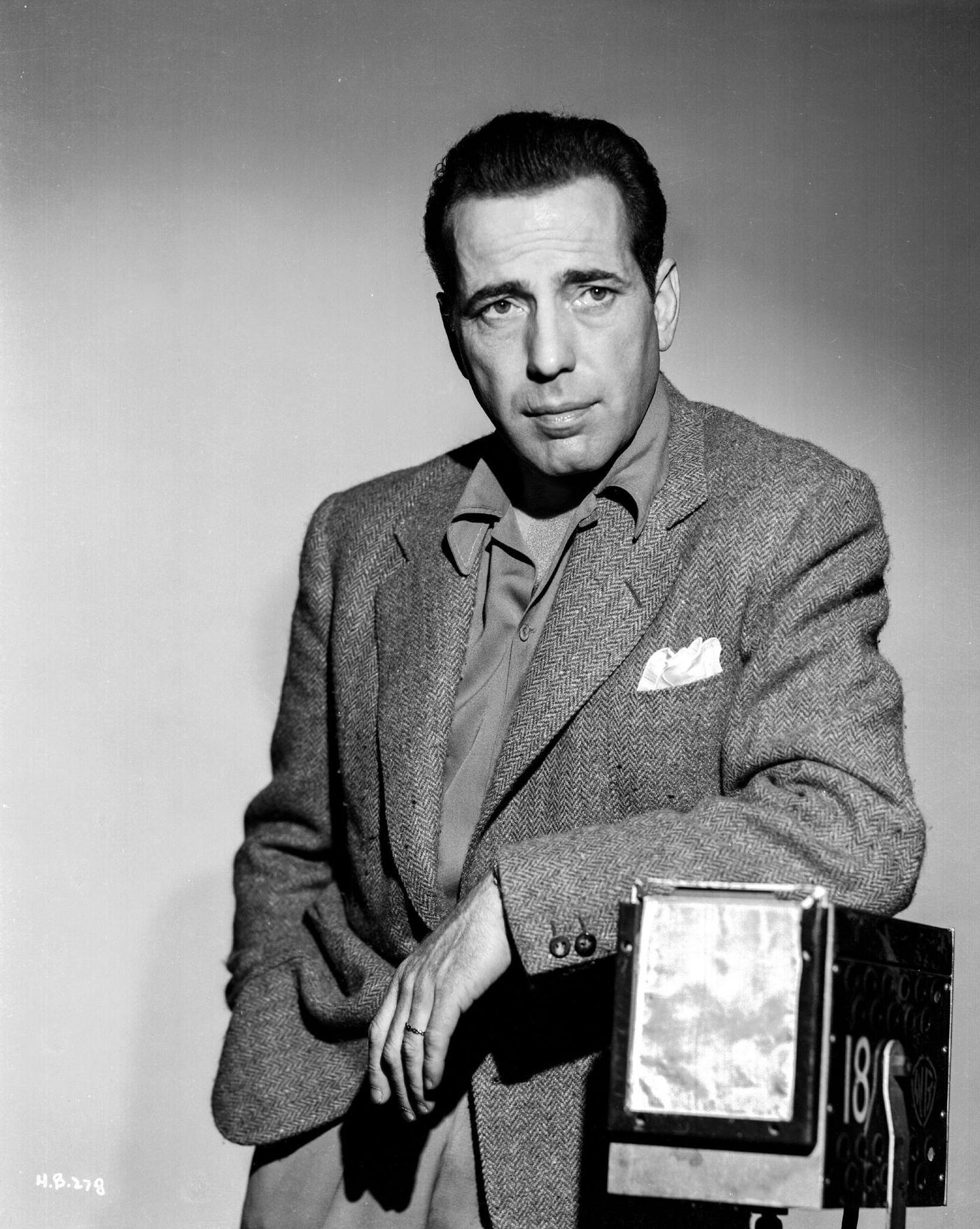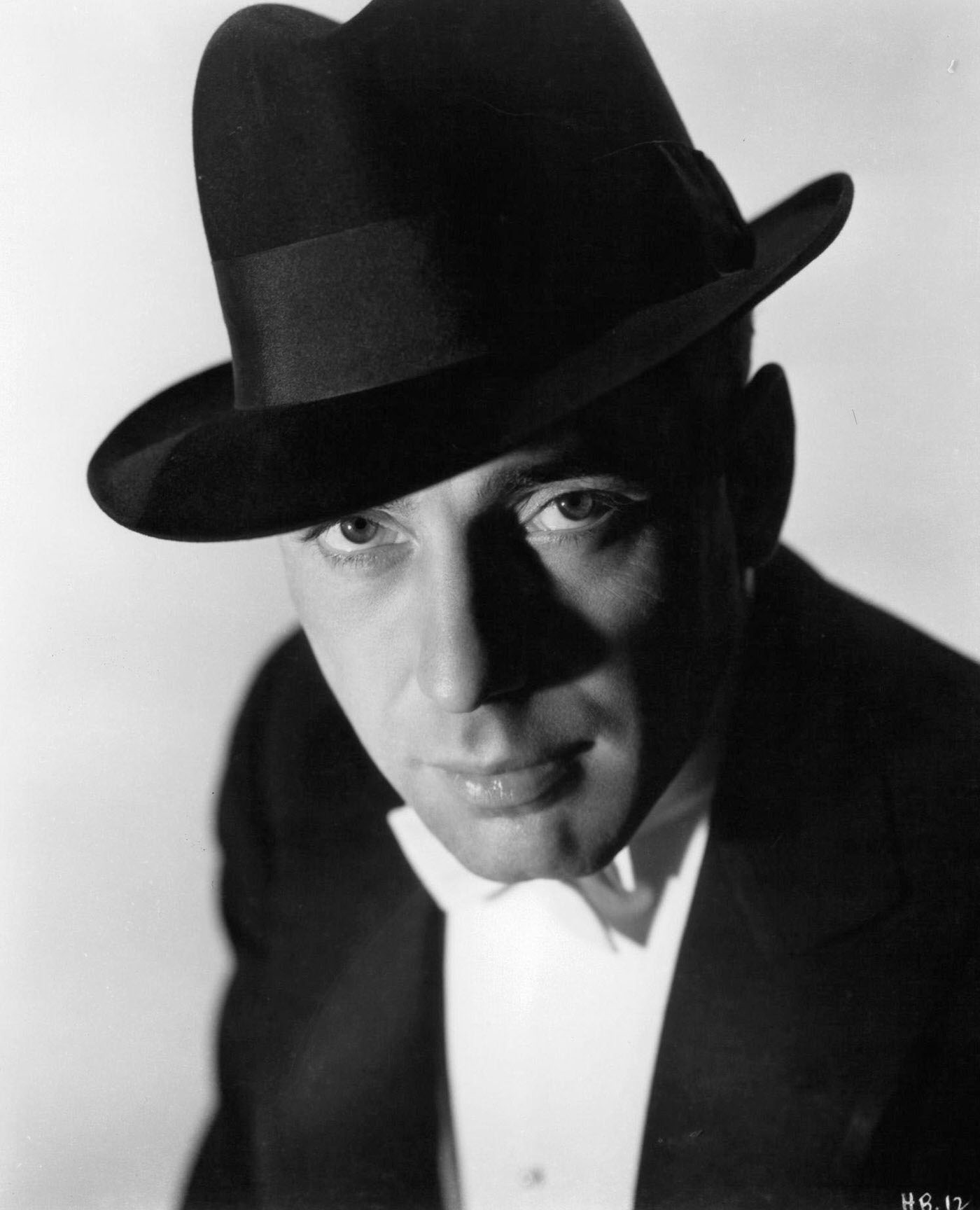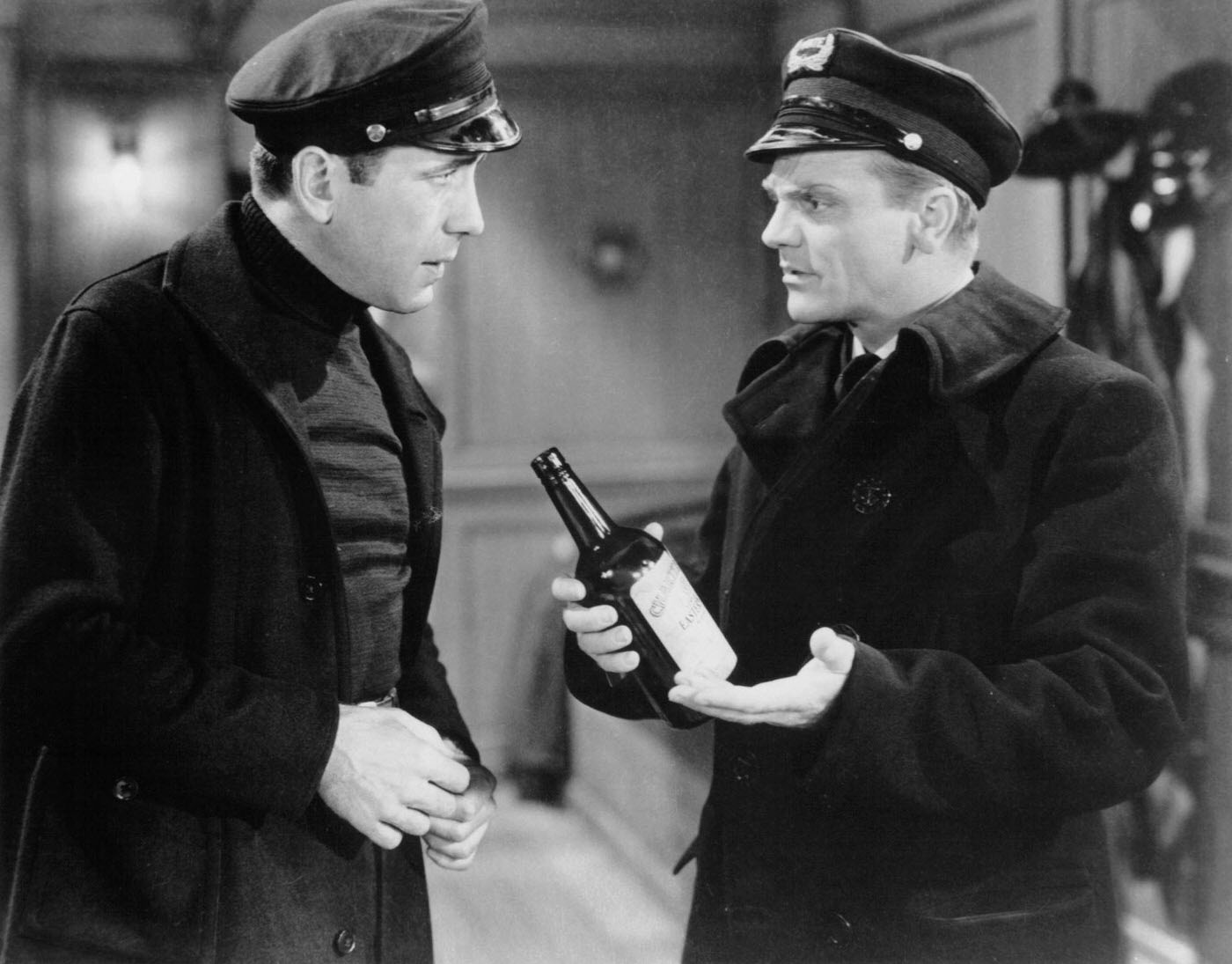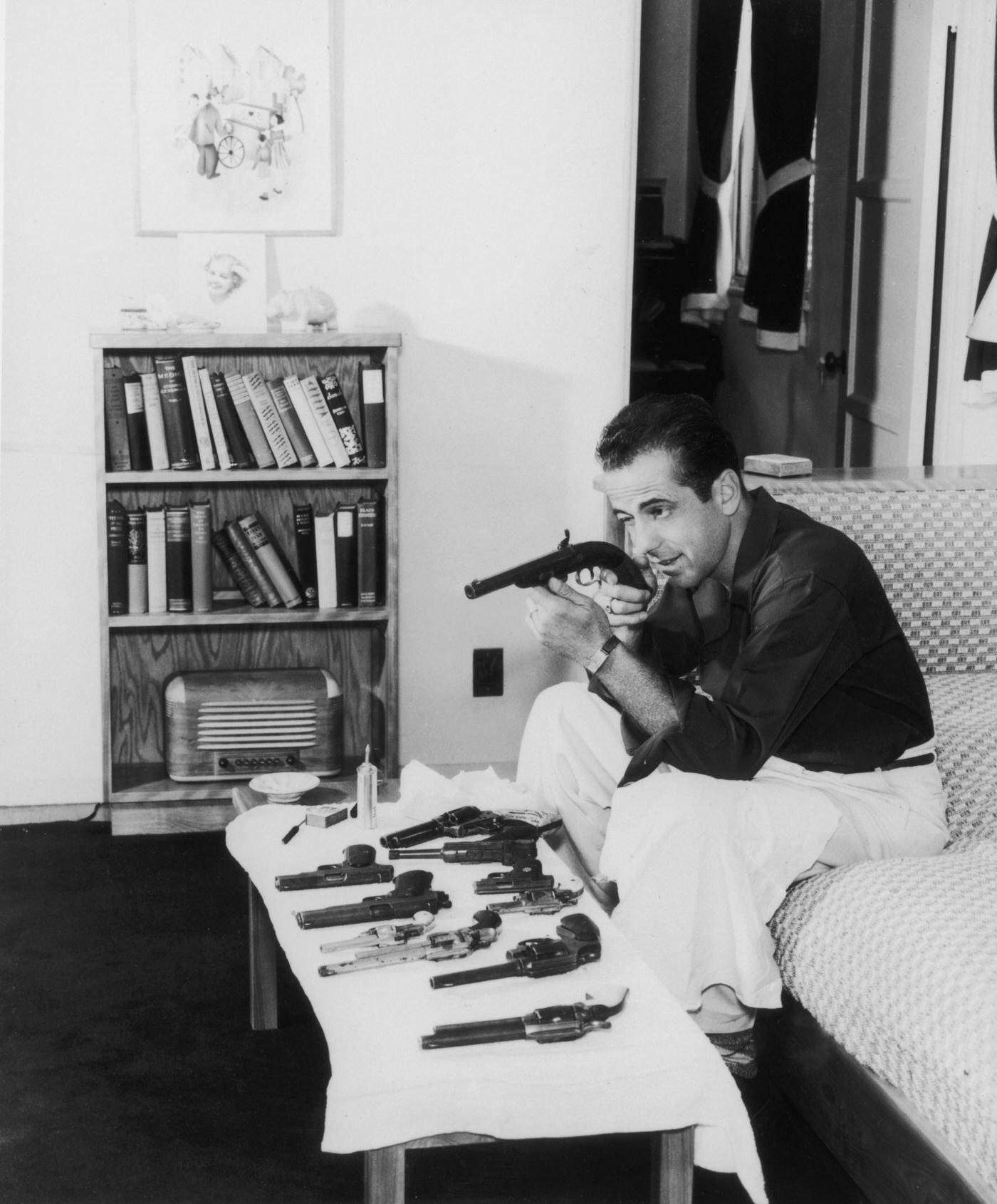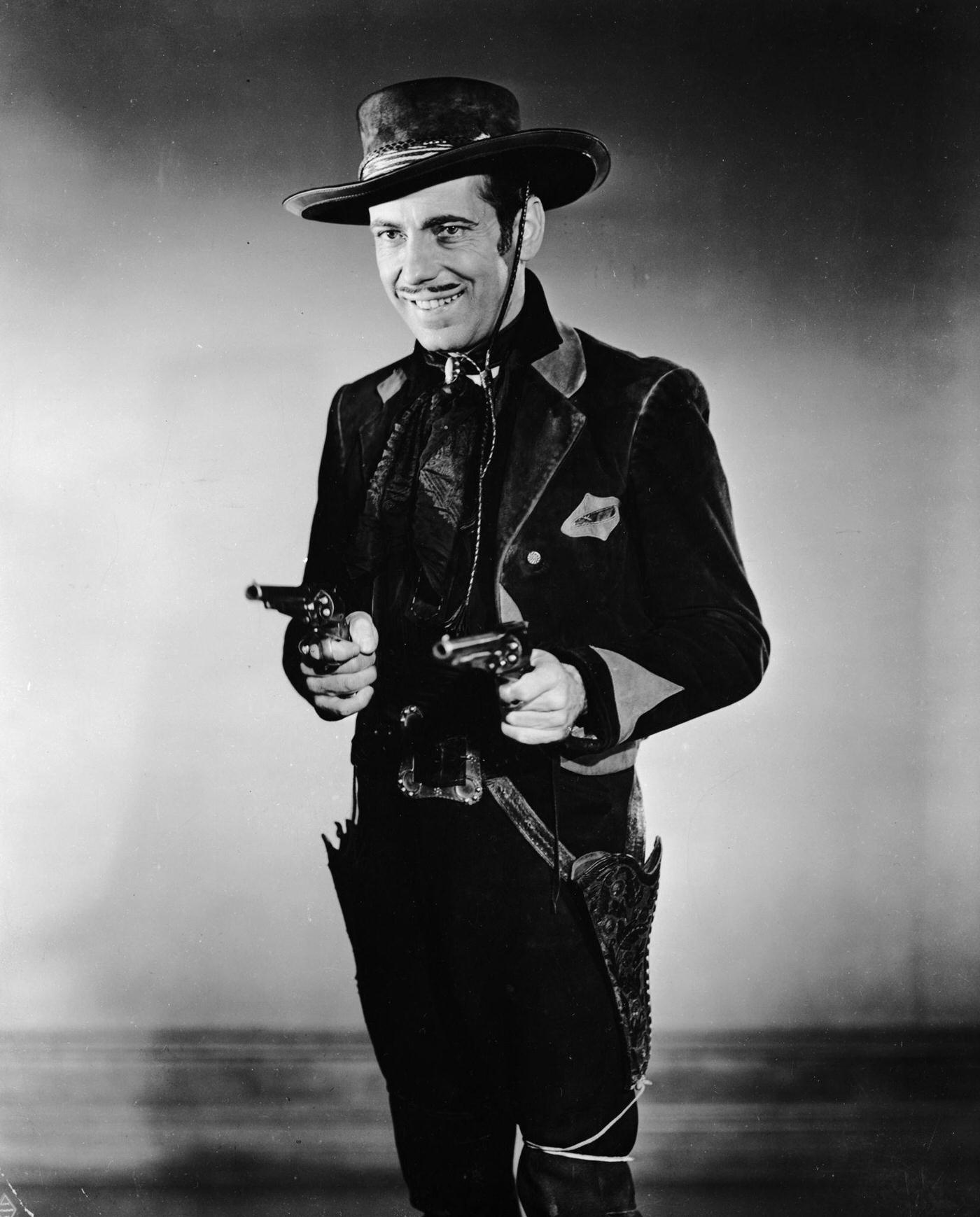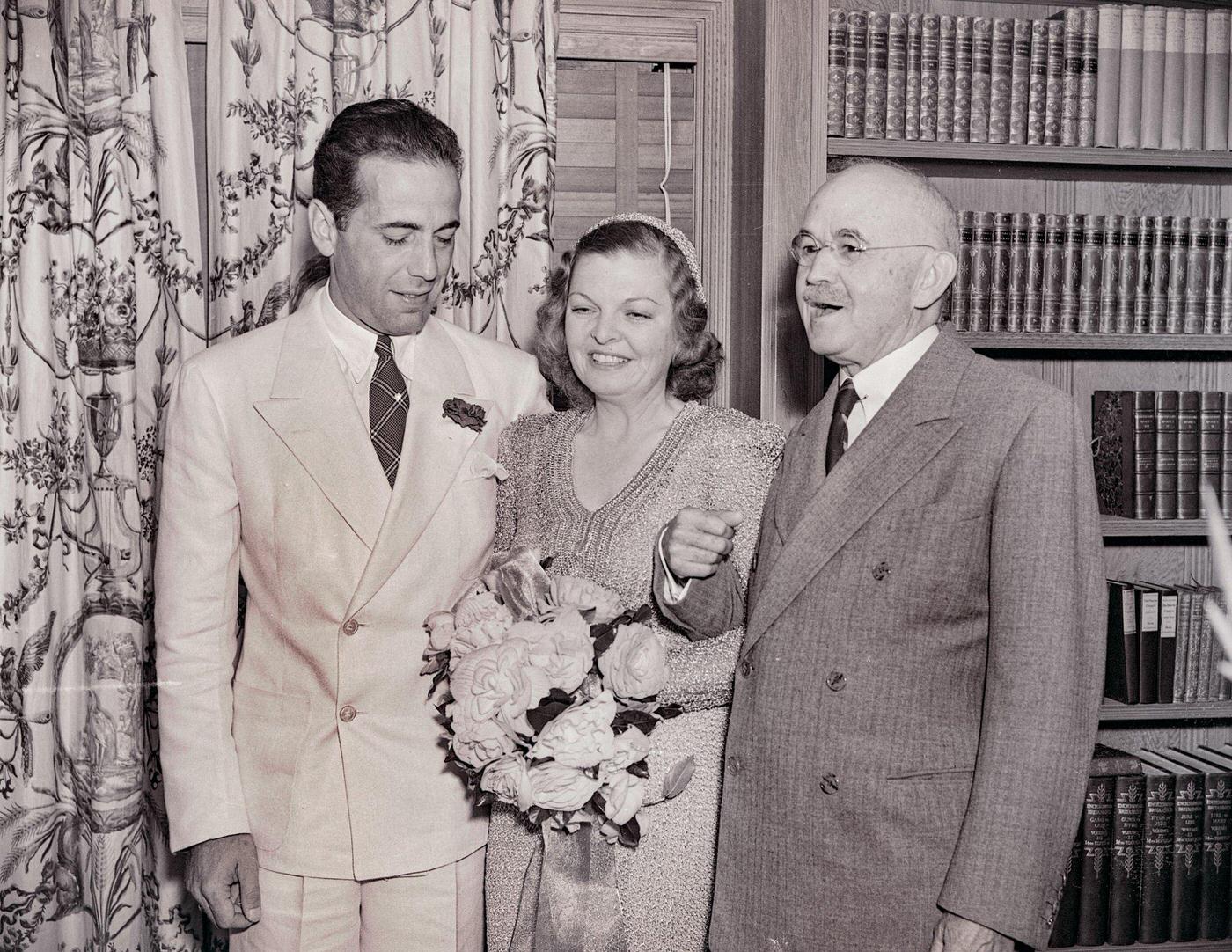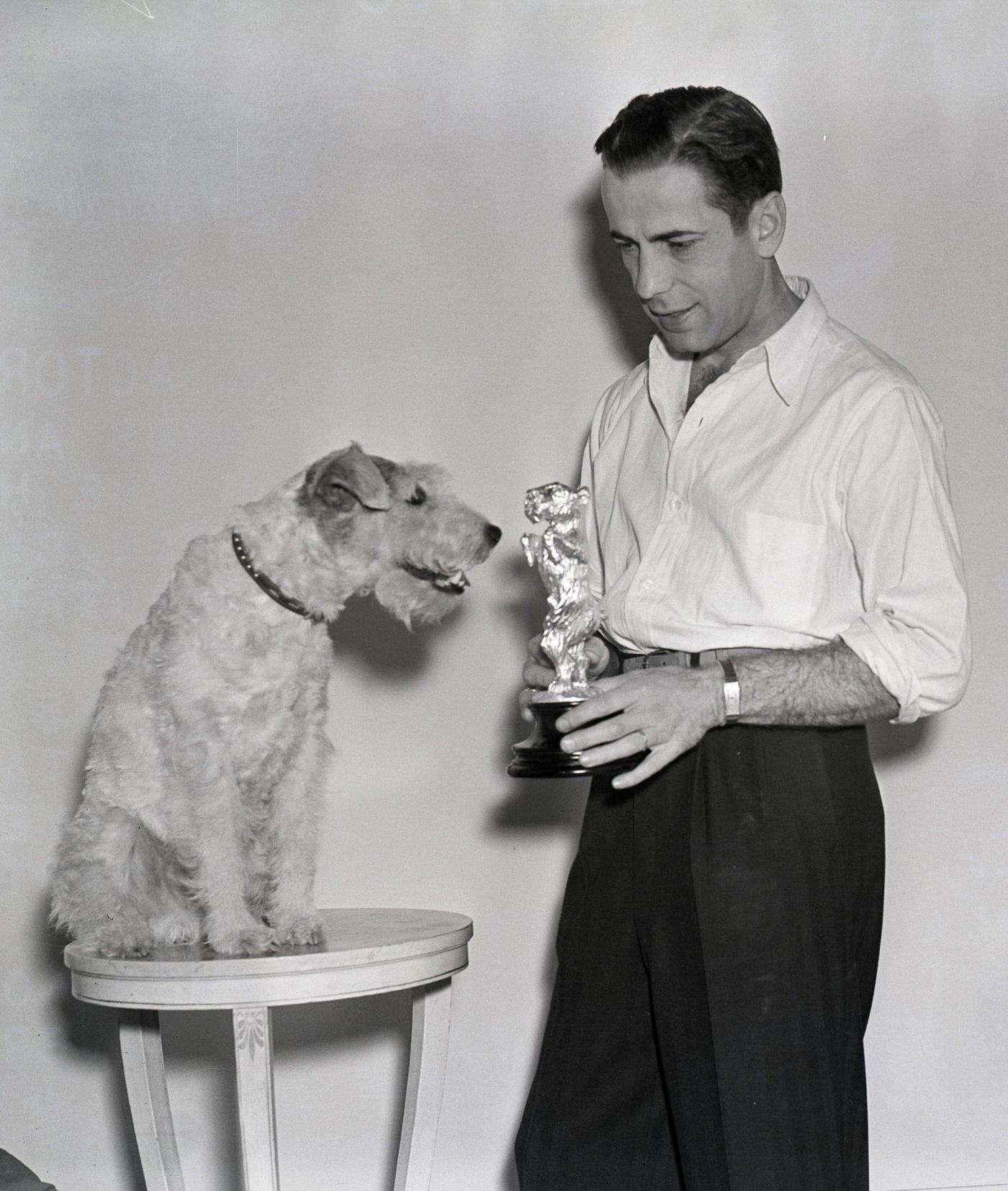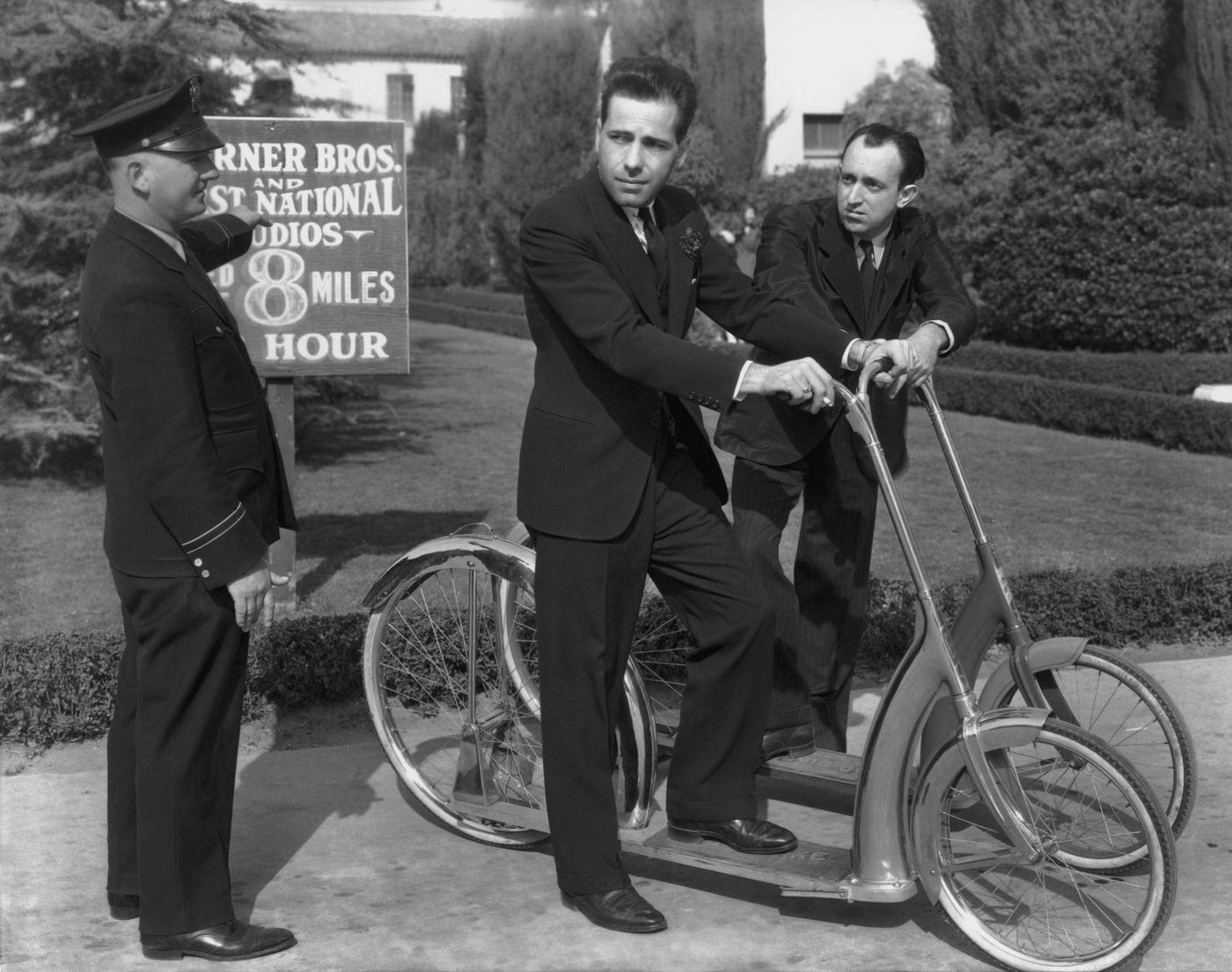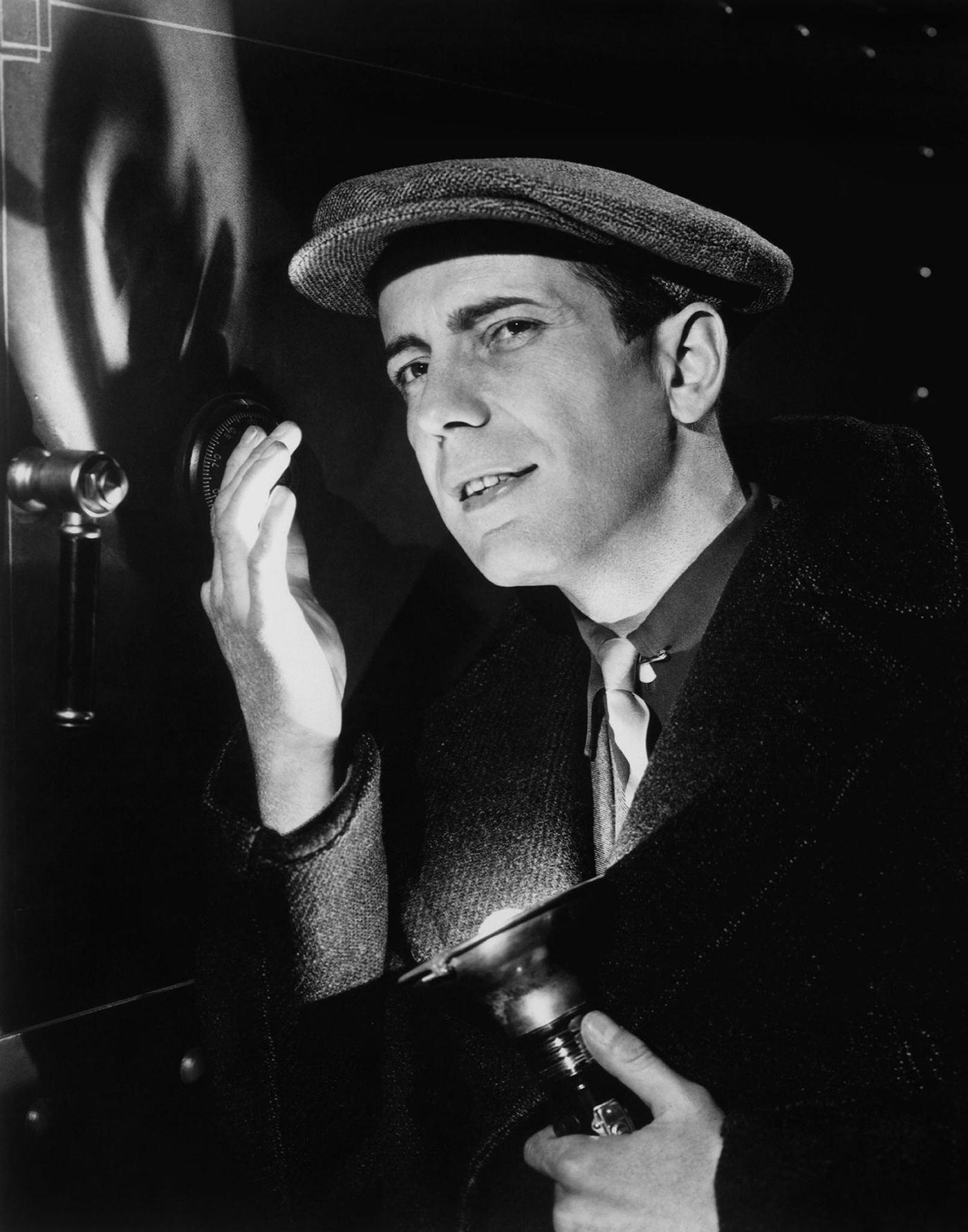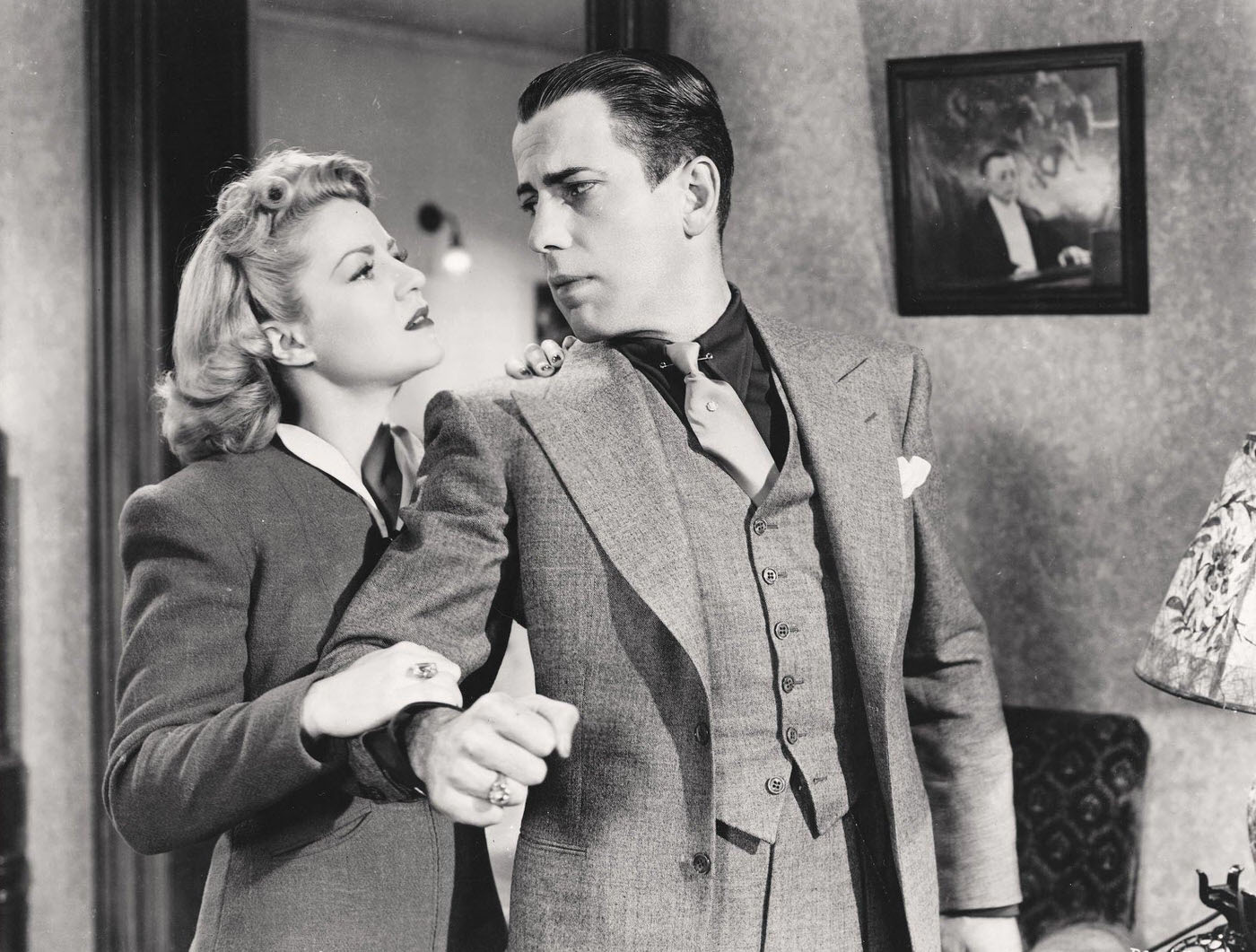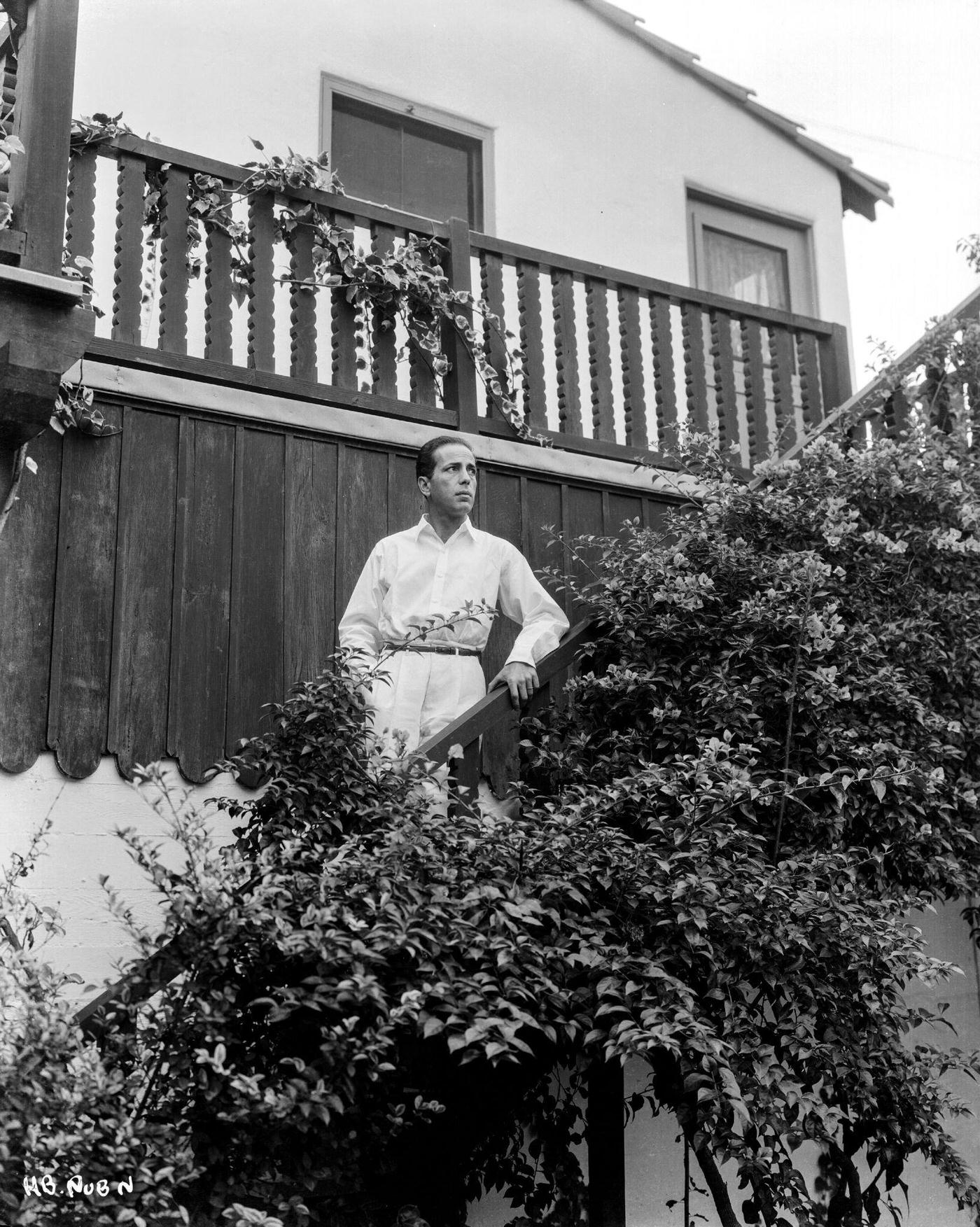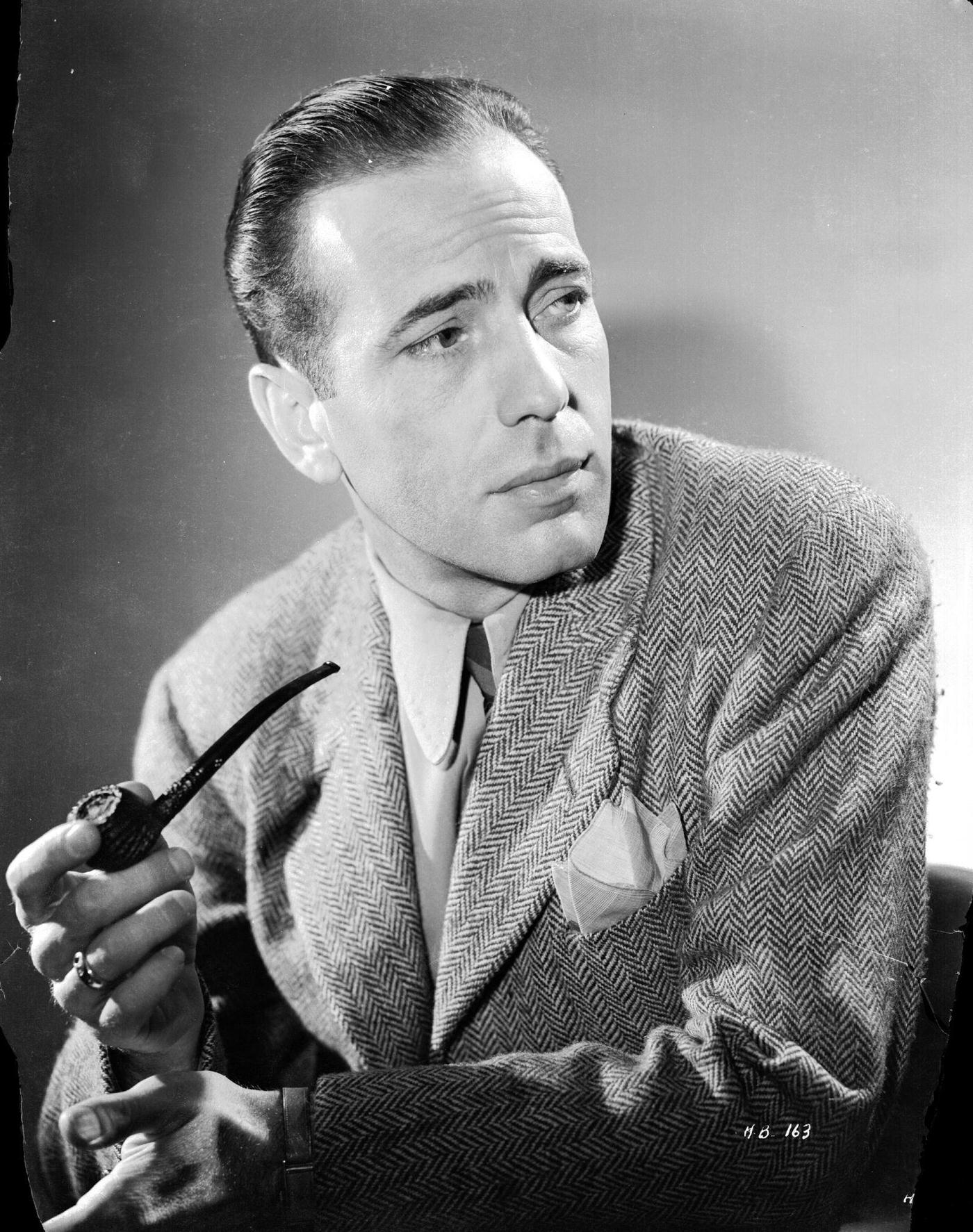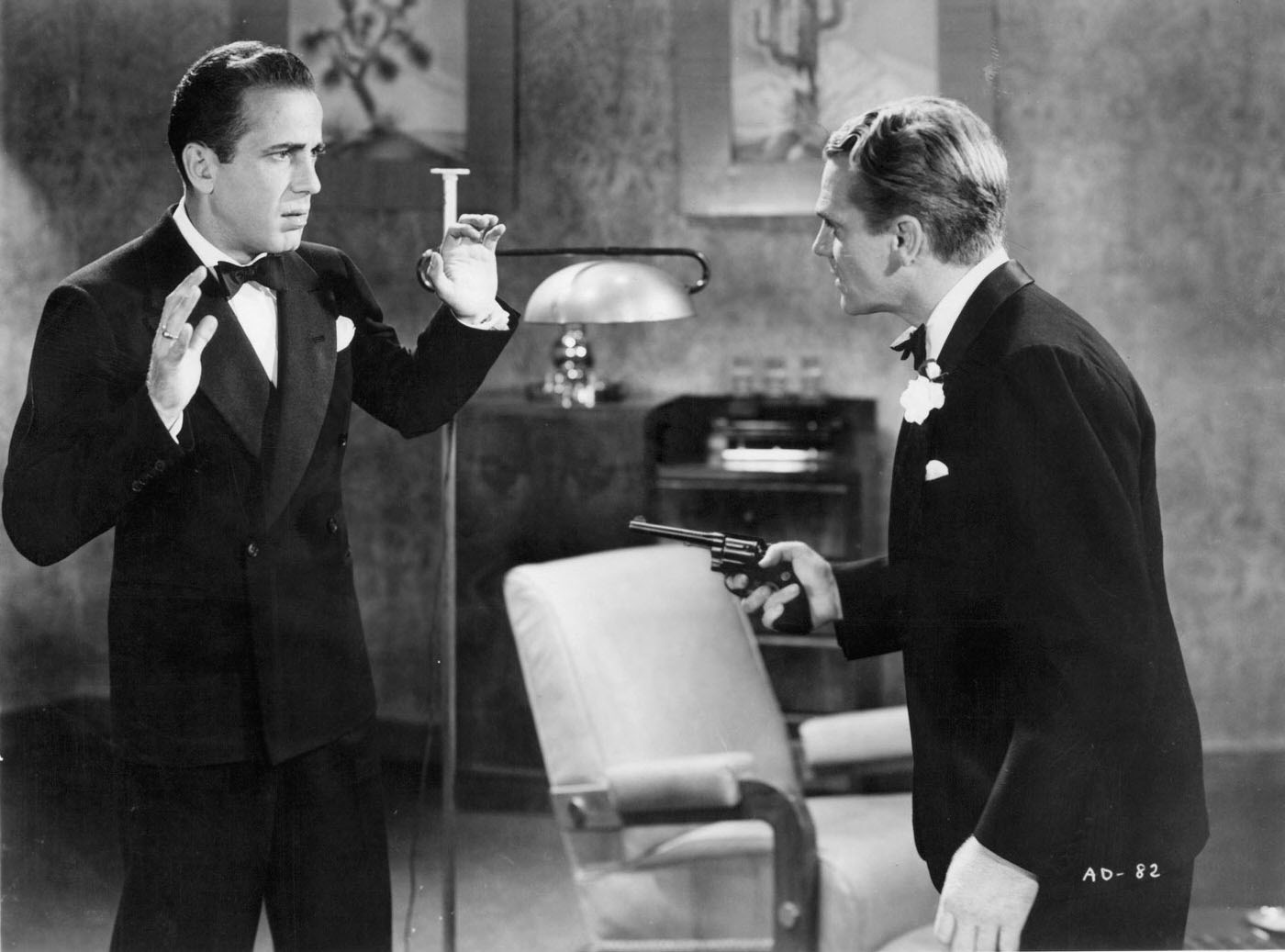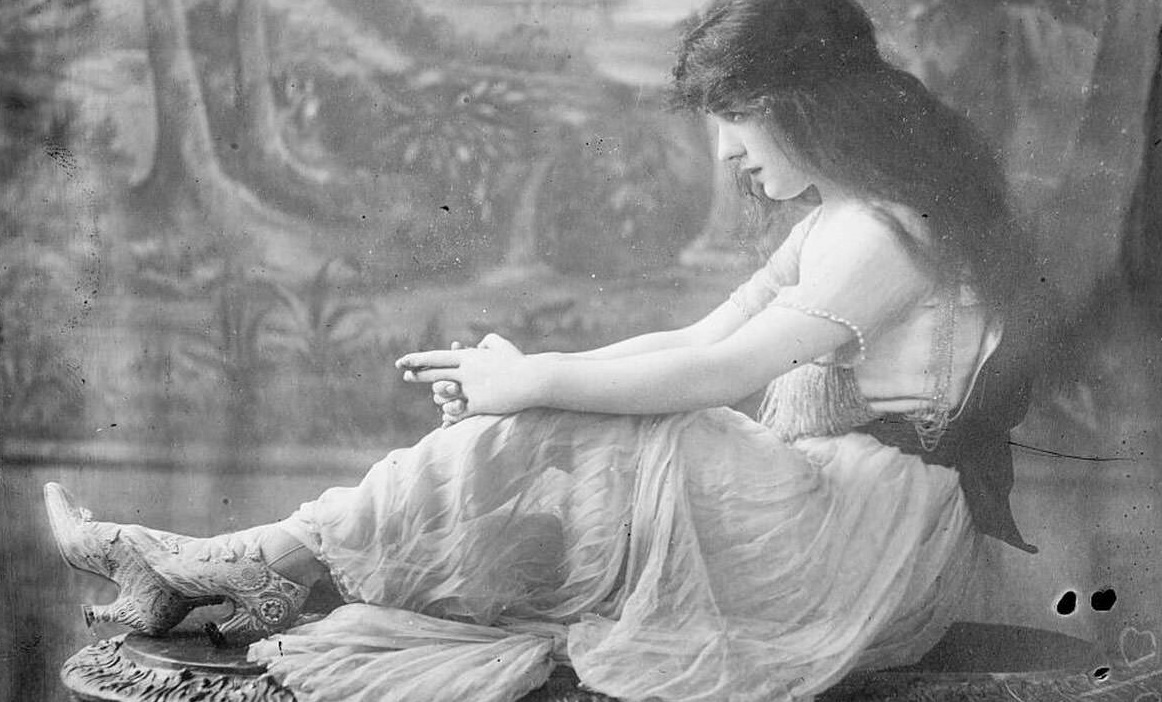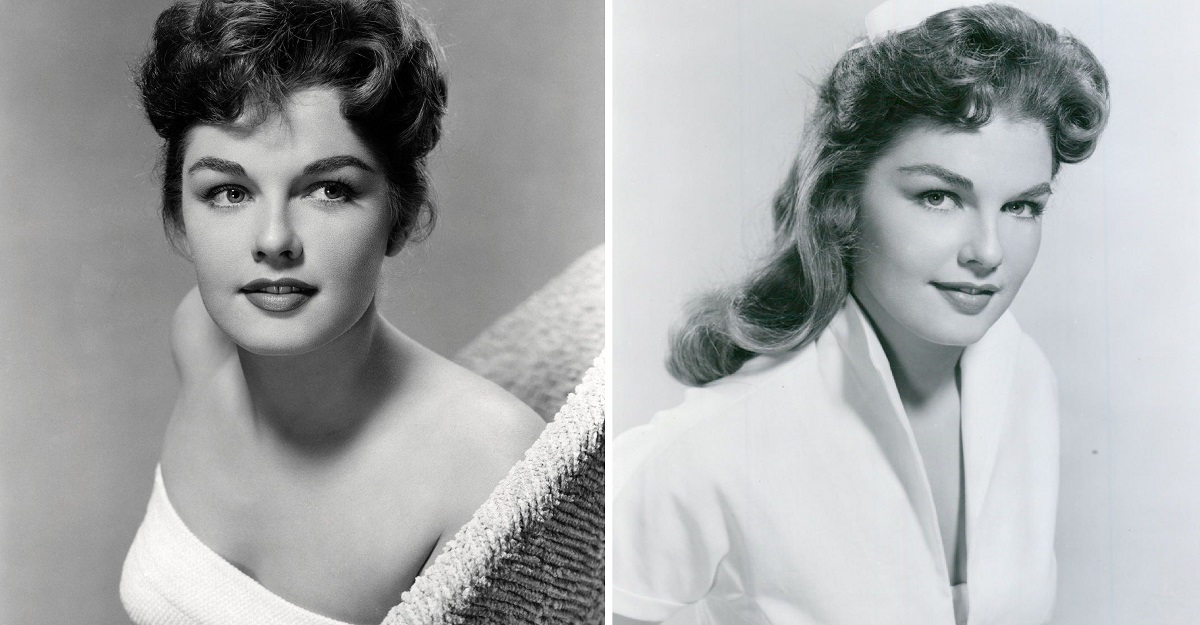Humphrey Bogart was an iconic American film actor who rose to fame during Hollywood’s Golden Age. Known for his distinctive voice and charismatic persona, Bogart left an indelible mark on the film industry. The man behind the iconic characters such as Rick Blaine in “Casablanca” and Sam Spade in “The Maltese Falcon” was much more than a silver screen legend.
Early Life and Career
Humphrey DeForest Bogart was born on December 25, 1899, in New York City. He was the eldest child of Belmont DeForest Bogart, a successful surgeon, and Maud Humphrey, a renowned illustrator and suffragette. Raised in a privileged environment, Bogart attended prestigious schools, including the Delancey School and Trinity School in Manhattan and later the Phillips Academy in Andover, Massachusetts.
Bogart’s acting career began on stage, as he started performing in Broadway plays in the 1920s. He made his film debut in 1930 with a minor role in the short film “Broadway’s Like That.” Over the next few years, he appeared in several films, often portraying gangsters and criminals.
Breakthrough and Rise to Fame
In 1941, Bogart starred as private detective Sam Spade in “The Maltese Falcon,” which marked the beginning of his ascent to fame. Directed by John Huston, the film was a critical and commercial success, earning three Academy Award nominations. Bogart’s performance was lauded, and he became synonymous with the hard-boiled detective archetype that would define much of his career.
Bogart’s stardom skyrocketed with his role as Rick Blaine in the 1942 classic “Casablanca.” The film, which also starred Ingrid Bergman, won three Academy Awards, including Best Picture. Bogart’s portrayal of the cynical but ultimately heroic nightclub owner cemented his status as a Hollywood icon.
Throughout the 1940s and 1950s, Bogart appeared in numerous successful films, including “The Big Sleep” (1946), “The Treasure of the Sierra Madre” (1948), and “Key Largo” (1948). He received an Academy Award for Best Actor for his role as Charlie Allnut in “The African Queen” (1951), co-starring Katharine Hepburn. His final film was “The Harder They Fall” (1956), a boxing drama directed by Mark Robson.
Personal Life and Marriages
Humphrey Bogart was married four times. His first marriage, to actress Helen Menken, lasted less than a year, from 1926 to 1927. He then married Mary Philips in 1928, another actress, but the couple divorced in 1937 due to Bogart’s infidelity and heavy drinking. His third marriage, to actress Mayo Methot, also ended in divorce in 1945 after a tumultuous relationship marked by excessive drinking and violent arguments, which the press dubbed the “Battling Bogarts.”
Bogart’s most famous marriage was his fourth and final one, to actress Lauren Bacall. The couple met while filming “To Have and Have Not” (1944) and married in 1945. Their relationship became one of Hollywood’s most iconic love stories, both on and off-screen. They starred together in several films, including “The Big Sleep” (1946), “Dark Passage” (1947), and “Key Largo” (1948). Bogart and Bacall had two children together, Stephen Humphrey Bogart, born in 1949, and Leslie Howard Bogart, born in 1952. Their marriage remained strong until Bogart’s death in 1957.
Death and Legacy
Humphrey Bogart’s life was tragically cut short by esophageal cancer. After experiencing difficulty swallowing and weight loss, he was diagnosed with the disease in early 1956. Despite undergoing surgery and treatment, Bogart’s health continued to decline. He passed away on January 14, 1957, at the age of 57.
Bogart’s death marked the end of an era in Hollywood. His unique acting style, memorable roles, and off-screen charisma left an indelible mark on the film industry. He was posthumously awarded a star on the Hollywood Walk of Fame in 1960, and in 1997, the American Film Institute ranked him as the greatest male star in the history of American cinema.
In addition to his influence on the film industry, Bogart’s contributions to culture extend beyond the silver screen. He was a founding member of the Rat Pack, a group of entertainers that included Frank Sinatra, Dean Martin, and Sammy Davis Jr. The group, known for their camaraderie and partying lifestyle, became synonymous with 1950s and 1960s Hollywood.


